From Požega to Ilok: Best Bike Tours in Slavonia
24th of April 2022 - A few days ago, the world commemorated Earth Day, so it’s only convenient to present one of the most ecological and recreational ways of transportation - bikes, or in this case, bike tours. A look into the best bike tours in Slavonia.
Spring is in full swing which means a yearly reminder of recreational tourist offers Croatia, or in this case, what Slavonia has to offer. Bicycles are a huge part of Croatian lives. Bike clubs, amateur cyclists, and regular people who want to be part of these events became more and more frequent and stayed part of these movements and events. Of course, with every recreation or hobby, there’s always a potential for tourist opportunities. For example, Dalmatia with its already diverse tourist offers incorporated bike tours, which suit really well with the geographical location of the region. Hilly and somewhat mountainous terrain with the scent of sea salt and a view of the Adriatic Sea, attracts every tourist who wants to experience the beauties of the Dalmatian region recreationally. Even islands like Brač, Hvar, and Korčula where you can transport your bikes with catamarans, have various offers of bike tours. Istria does an amazing job as well and northern Croatia with Međimurje, Zagorje, and Zagreb regions attracts more and more bike lovers every year!
However, the full circle couldn’t be rounded without the region of Slavonia which is doing an amazing job in promoting its land and presents new and creative tourist offers every single year. From Požega and its Golden Valley to the wine roads of Srijem and Baranja, bike tours in Slavonia could easily have one of the best tourist offers in Croatia. So, without further ado, let’s start with the best bike tours in Slavonia.
Vinkovci, Vukovar - Srijem county
If you want to explore Vinkovci and surrounding places a bit more adventurously, definitely consider these available trails which stretch through the whole Vukovar-Srijem county. There are a few different types of surfaces available - macadam, earth, gravel, grass, and asphalt, which are intended for riding mountain or other types of quality bikes. The trails are marked in blue, red and yellow and they all have one thing in common - the bridge on river Bosut in the center of Vinkovci which is the start of every bike trail. The blue trail is 19 kilometers long and leads from Vinkovci to the village of Borinci to a rural home called “Antin Stan” in Ivankovo and back to Vinkovci. The red one is 15 kilometers long, moving the new dam on Bazjaš canal to the Kunjevci forest and back to the center of Vinkovci. Last official trail is marked with yellow color and is the longest, around 21 kilometers, stretching from bridge on Bosut towards rural house and picnic area Sopot in direction of Rokovci. After that, the trail continues to Kunjevci forest and back to Vinkovci. If you’re ever interested in trying these bike tours, contact the Vinkovci Tourist Board for maps of these routes here.
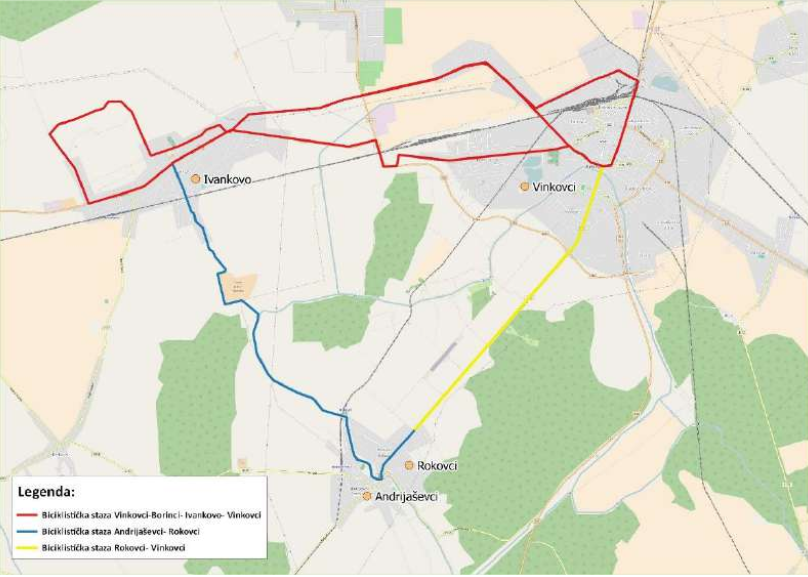 Colorful bike tours in Slavonia around Vinkovci, (Screenshot: Master plan grada Vinkovaca za promet)
Colorful bike tours in Slavonia around Vinkovci, (Screenshot: Master plan grada Vinkovaca za promet)
Apart from these official bike trails, there are a few routes that go further in Vukovar-Srijem county:
- Danube cycling route (EuroVelo 6) - This one passes along the Danube River and its length is 138 kilometers in Croatia. Probably one of the most popular bike routes in Europe cuts through Vukovar-Srijem county, connects with cycling route Srijem and continues toward the Black Sea. The route can be checked here.
- Srijem route - Connects the southern area of Vukovar-Srijem county with the northeastern part. Its starting point is the center of Vinkovci near the popular Lamp and goes through Rokovci, Andrijaševci, Cerna, and Gradište towards Cvelferija (9 villages of Županja’s area) then through Gunja, Vrbanja, and Drenovci to the city of Otok.
- Route Otok - This bike route offers two possibilities: the first one is a ride across Privlaka to the city of Vinkovci and the road from Nuštar and Bogdanovci to Vukovar while the other route is going through the village of Komletinci to Nijemci, towards Tovarnik and Ilok.
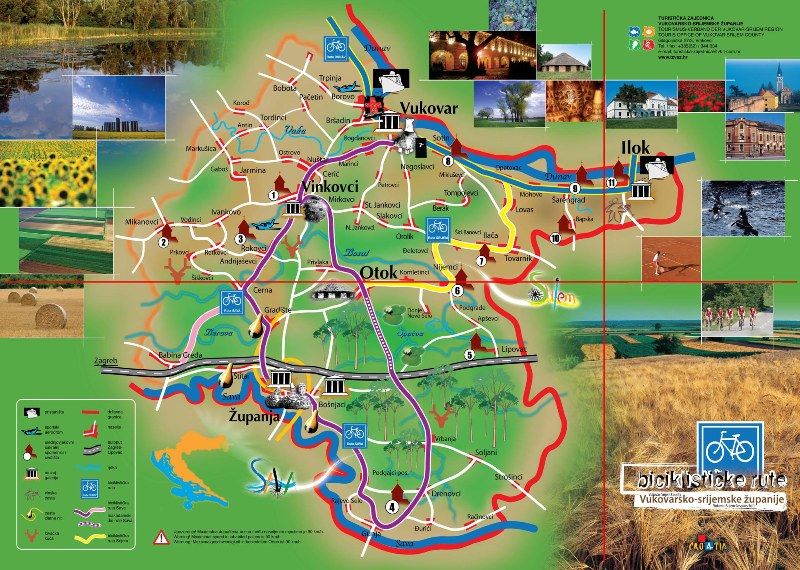
Route Otok and Srijem with other bike tours in Slavonia around Županja area, (Screenshot: tz-zupanja.hr)
Even though the area of Vukovar-Srijem County seems small, it has a lot to offer. Golden fields of wheat and sunflowers that have been just planted, sun in the sky, multiple options for eating and drinking, and most importantly, the people. If you need quick transport, buses and trains are available - most of the time.
Osijek, Osijek - Baranja County
Besides already mentioned EuroVelo 6 Danube River route that goes through Osijek and its county as well, there is the Greenway Cycling route that connects Croatia and Hungary with the goal of cross border relations, building up tourism and eco-tourism in the area along the Danube-Drava Rivers. There is already a great piece on our dedicated to cycling Total Croatia Cycling site, about the Greenway route and the whole project that took place in 2016. You can read it here.
Another European bike route goes through Slavonia - EuroVelo 13 or “Iron Curtain Trail”. The name stems from the fact that the border was part of the infamous “Iron Curtain”. Beautiful landscape, pristine forests, Drava River in all its glory, and of course gorgeous cities along the way - Beli Manastir, Belišče, Valpovo, Donji Miholjac, Koprivnica, and many more. Of course, great food and drinks for relaxation. For more information about this route, check here.
When it comes to cycle tourism, Osijek and Baranja regions are top-notch. It’s not a surprise that Osijek has the most cycle paths in Croatia which spread through the whole city. If you own a good bike and love cycling moreover public transport, Osijek is a great city for you. Here are a few suggested bike tours exploring Osijek and its surroundings:
- OSIJEK - UŠĆE KARAŠICE - OSIJEK: This route starts from the city of Osijek and goes to Višnjevac. After that, there is a wooden bridge towards the west that continues through beautiful forests and natural landscapes near the Drava River. The route stretches all the way to fishing house located on mouth of Karašica and Drava rivers. The length of the route is around 20 kilometers and it’s not particularly complicated. Suited for mountain and track bicycles. You can check the details of the route here.
- OSIJEK - KOPAČEVO - BILJE - OSIJEK: This time, the best city exit is the one towards Podravlje where the ride goes to Kopačevo and the reception center of Kopački rit. Beautiful landscape and the only traffic participants are cyclists, pedestrians, and animals. From there, the route goes through Kopačevo, Bilje in Baranja all the way to Osijek. This bike route is around 32 kilometers long and suitable bicycles are mountain and tracking ones. Visual details can be found here.
A few others are:
- KOPAČEVO - ZLATNA GREDA - TIKVEŠ - KOPAČEVO, route details
- BIZOVAC – ČOKADINCI – KOŠKA – LADIMIREVCI – BIZOVAC, route details
- KNEŽEVI VINOGRADI – KOTLINA – KAMENAC – KARANAC – KNEŽEVI VINOGRADI, route details.
On the other hand, Baranja used its tourist offer of great food, wines, and other products and, most importantly, beautiful wine yards that unfurl through the whole region to the maximum.
Wine roads are the most popular routes in Osijek - Baranja County, so it’s not surprising that out of a total of twelve tourist and wine roads in the county, just in Baranja are eight. During these bike tours, tourists can visit multiple wine cellars along the way and explore beautiful landscapes. For all details about wine bike tours in Baranja, check here. Beautiful nature park Kopački rit also included bike tours recently for an easier and more exciting experience of Slavonian nature and enriched tourist offer even more. Check the website here.
Požega, Požega - Slavonia County
When we talk about cycling or any other type of recreation, we have to mention the center of Slavonia. The Hilly mountain terrain of old Slavonian mountains Papuk, Psunj, and Krntija, make this region even more exciting for bike lovers. Thirty marked bike trails make Požega - Slavonia County a place for one of the best bike tours in Slavonia. Besides the already mentioned EuroVelo route and other state bike trails, Požega and its surroundings offer an amazing variety of bike trails for everyone. If you thought Slavonia is flat, you’ve been grossly deceived. The landscape around nature park Papuk is a great reason anybody trying these routes needs to have high-level body fitness.
- The so-called “Green route” that passes through the Požega Wine region - beautiful wine yards (almost similar to Ilok’s or Baranja’s wine roads), hills, and exquisite views of old mountains. Route details.
- Požega vistas trail is another one that stands out in that region - This trail has all sorts of terrains - from asphalt ones in the old town of Požega to forest trails and open landscapes with dirt roads, all the way to Požeška gora and trails and obstacles that pumps up the adrenaline, passing by old wells and trails of old, ancient life and back to Požega. Route details.
- The trail through fields and meadows - goes through traditional Slavonian villages and hilly places rich with agriculture. Exciting long upward and downward roads between villages and eventually back to Požega. Route details.
For more details about the most exciting bike tours in Slavonia, definitely check here.
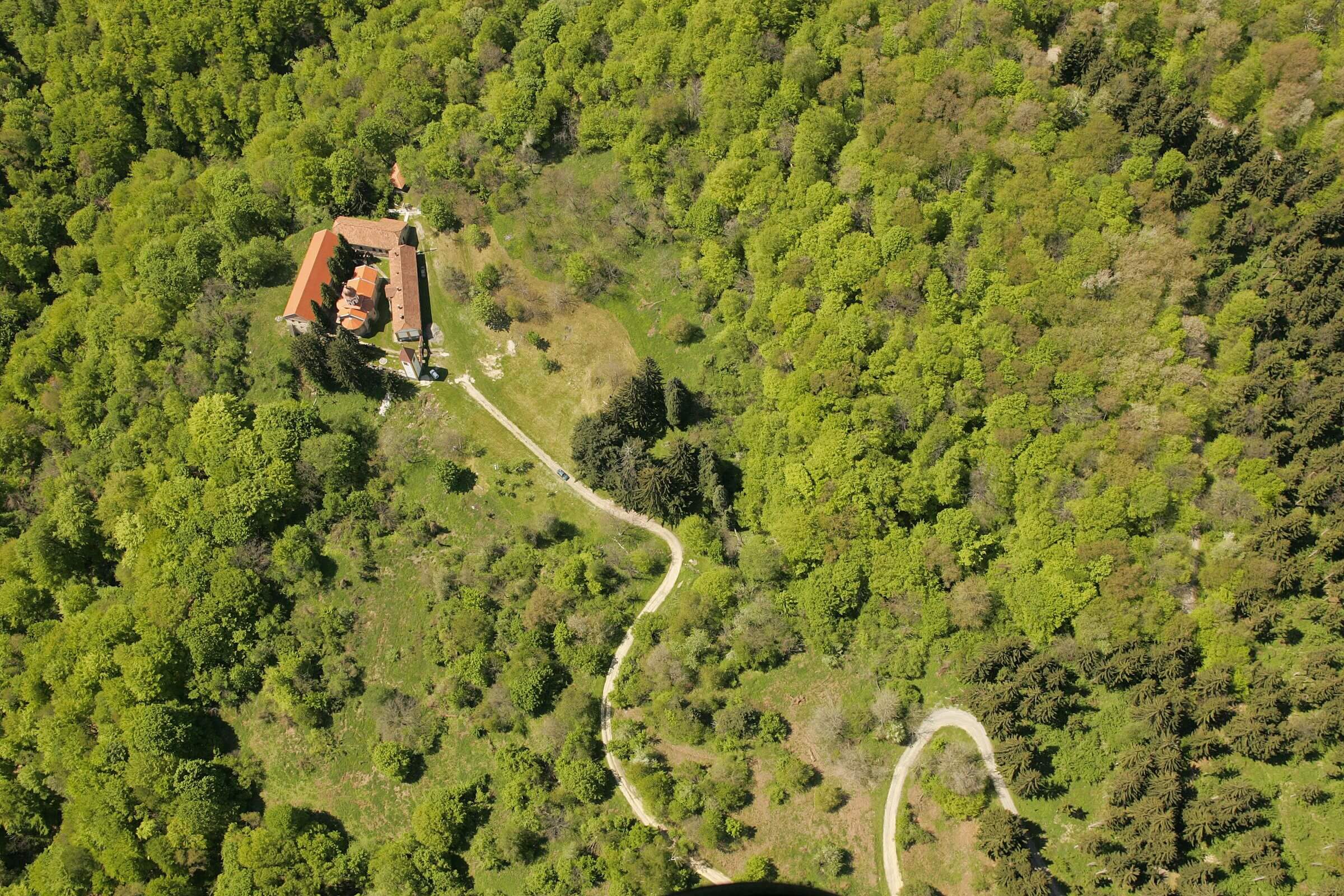
Papuk (photo credit: Mario Romulić)
To conclude this list, we need to shoutout few honorable mentions that definitely deserve their own article: off-road routes of Virovitica - Podravina County, muddy, exciting forest roads around rivers, sunny fields of Podravina, and glimpses of Western Slavonia, which has probably one of the best bike trails in Croatia. Pannonian bike roads pass through the calm landscapes, across the hills, through the woods and fields, along rivers, streams, and lakes. With the wind on your face, definitely discover the beauty of Pannonian cycling trails. For more details, check here.
Slavonski Brod and Brod-Posavina County with a must-visit to the monumental Brod Fortress, the largest of continental Croatia with its unique Tambura Museum. Posavina villages of Klakar, Donja, and Gornja Bebrina offer even more pleasures and forests that express the greenest places in Slavonia. Lipik, Pakrac and their Lipizzaner and Kuna Trail... What are you waiting for? For more details, check counties official website.
After an exhaustive analysis that can reach five more such articles, it’s only left of us to invite you and visit these beautiful places. From Požega to Ilok, these truly are one of the best bike tours in Slavonia, but not just that - in Croatia as well. For more cycling articles, visit our dedicated website.
For more, check out our lifestyle section.
PHOTOS: Snowy Riversides and Magical Mountains of Croatia in January 2022
January 28, 2022 – The snowy riversides and magical mountains of Croatia in January 2022 show a spectacular and all-natural winter wonderland.
Snow finally stuck to the streets of central Zagreb for a couple of days this week. Early morning temperatures dropped to the lowest yet of this winter. Despite the chill, clear skies and sunshine days were enough to see the snow soon melt away.
But, far from the city, the snowy riversides and magical mountains of Croatia in January 2022 have kept their white blanket for longer. These all-natural landscapes look epic after the snowfall. For winter walkers and climbers – or even just lovers of photography – these images are way more spectacular than the bright lights and theatre of the Advent season.
Let's take a closer look at the winter wonderland of snowy riversides and magical mountains of Croatia in January 2022.
Gorski Kotar
Delnice, Lokve, Fužine, Stara Sušica, Ravna Gora
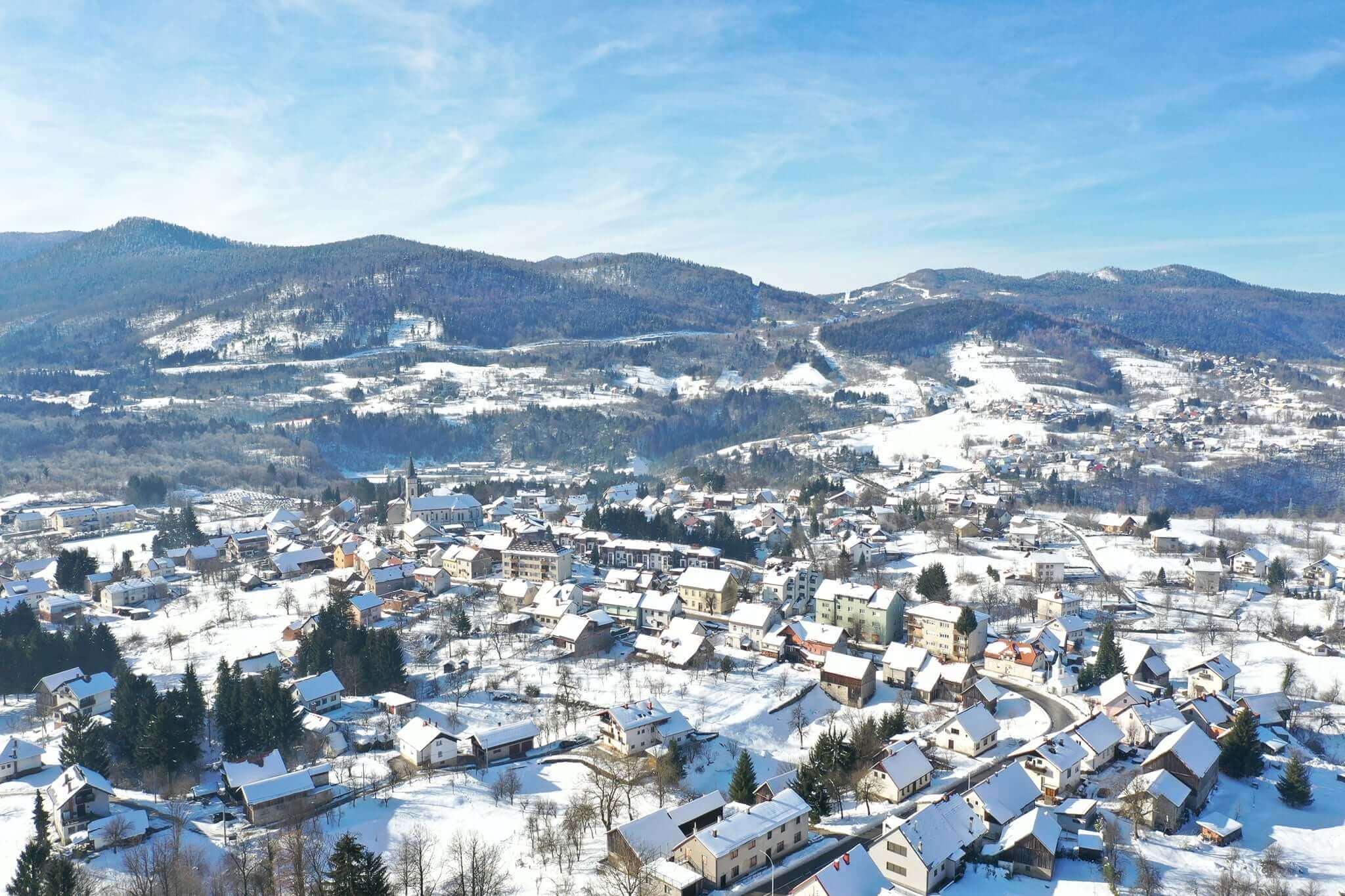 © Turistička zajednica Gorskog kotara
© Turistička zajednica Gorskog kotara
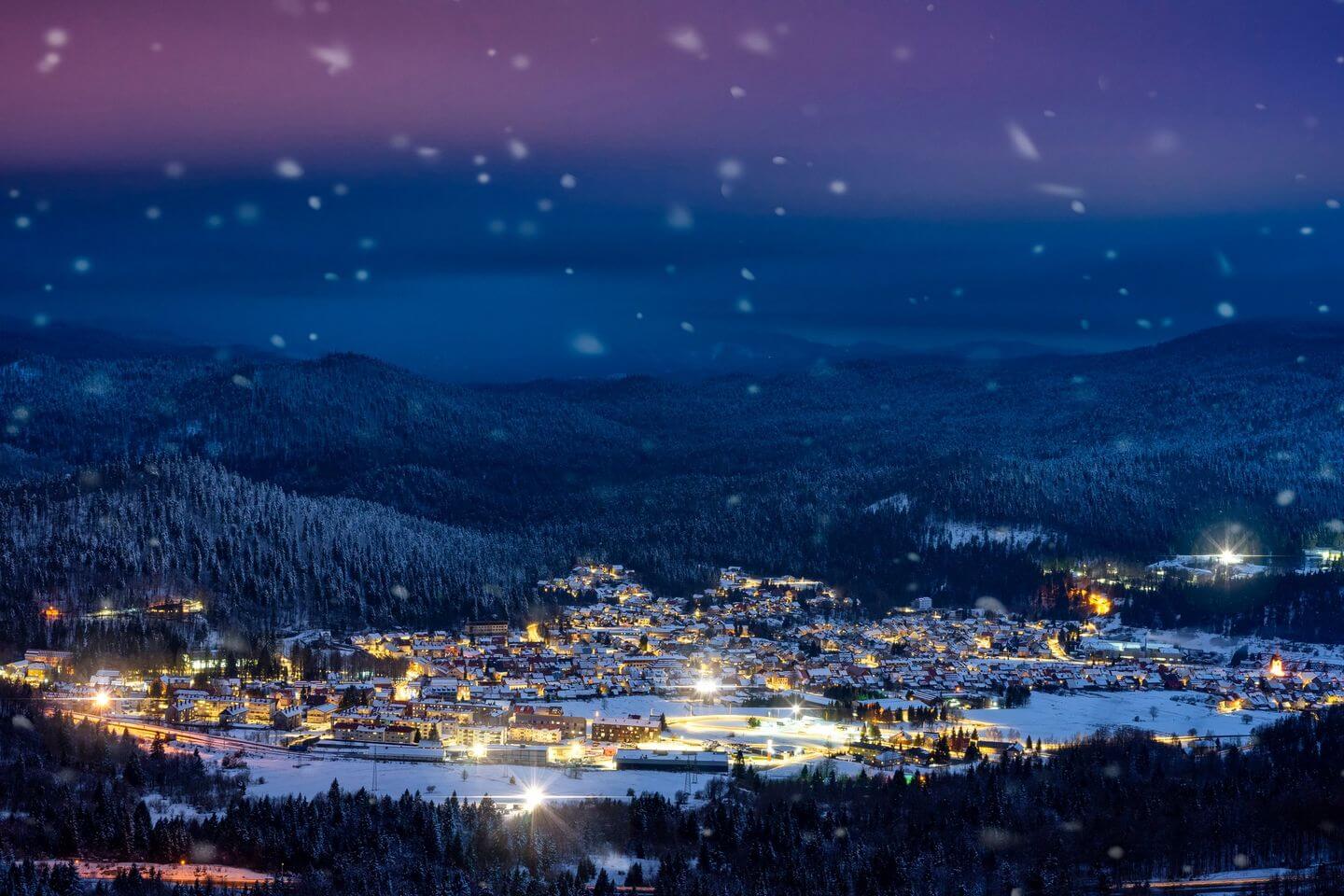 © Turistička zajednica Gorskog kotara
© Turistička zajednica Gorskog kotara
 From above, Dvorac Stara Sušica © Vladimir Franolić
From above, Dvorac Stara Sušica © Vladimir Franolić
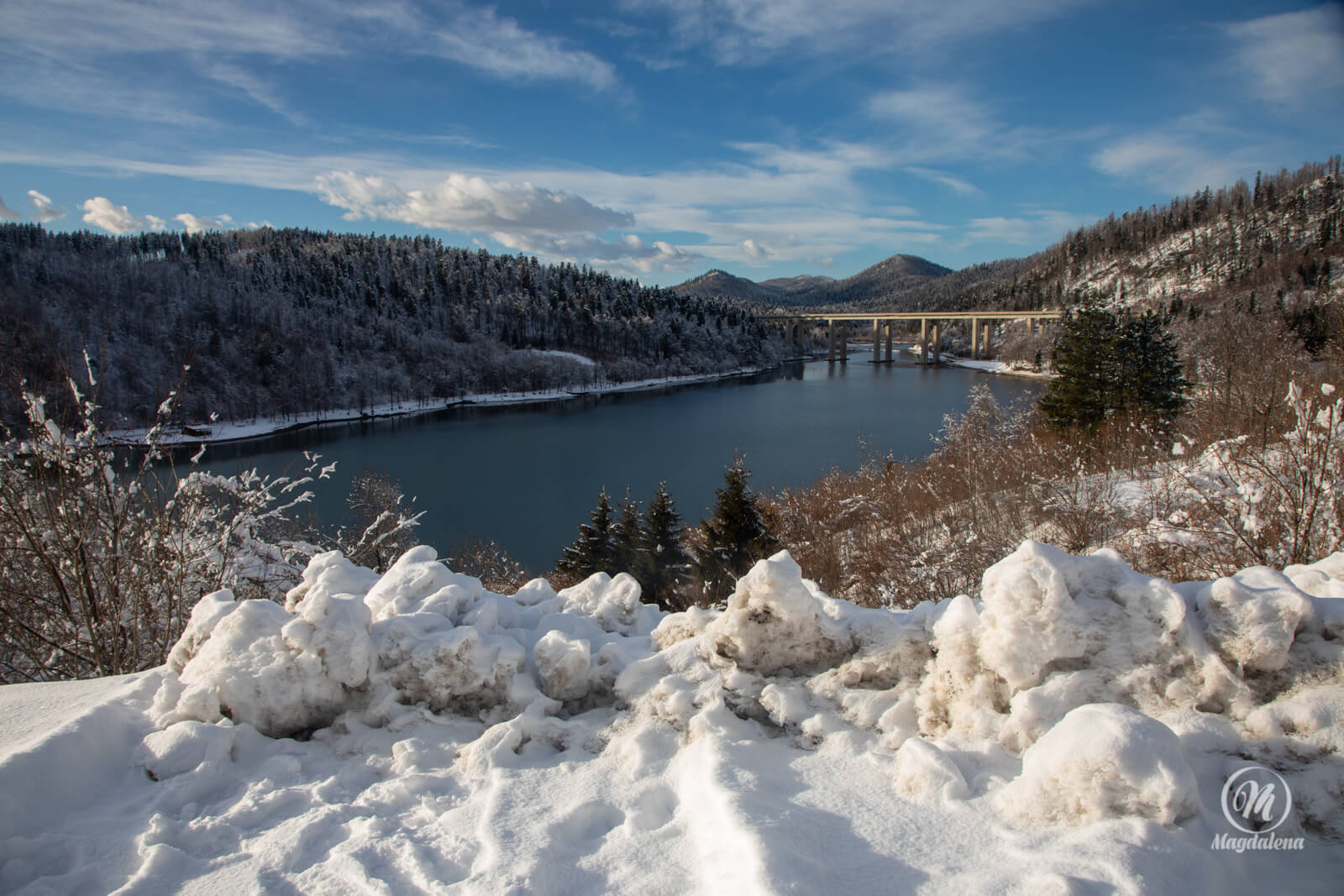 © Branko Lautar & Višnja Bolf
© Branko Lautar & Višnja Bolf
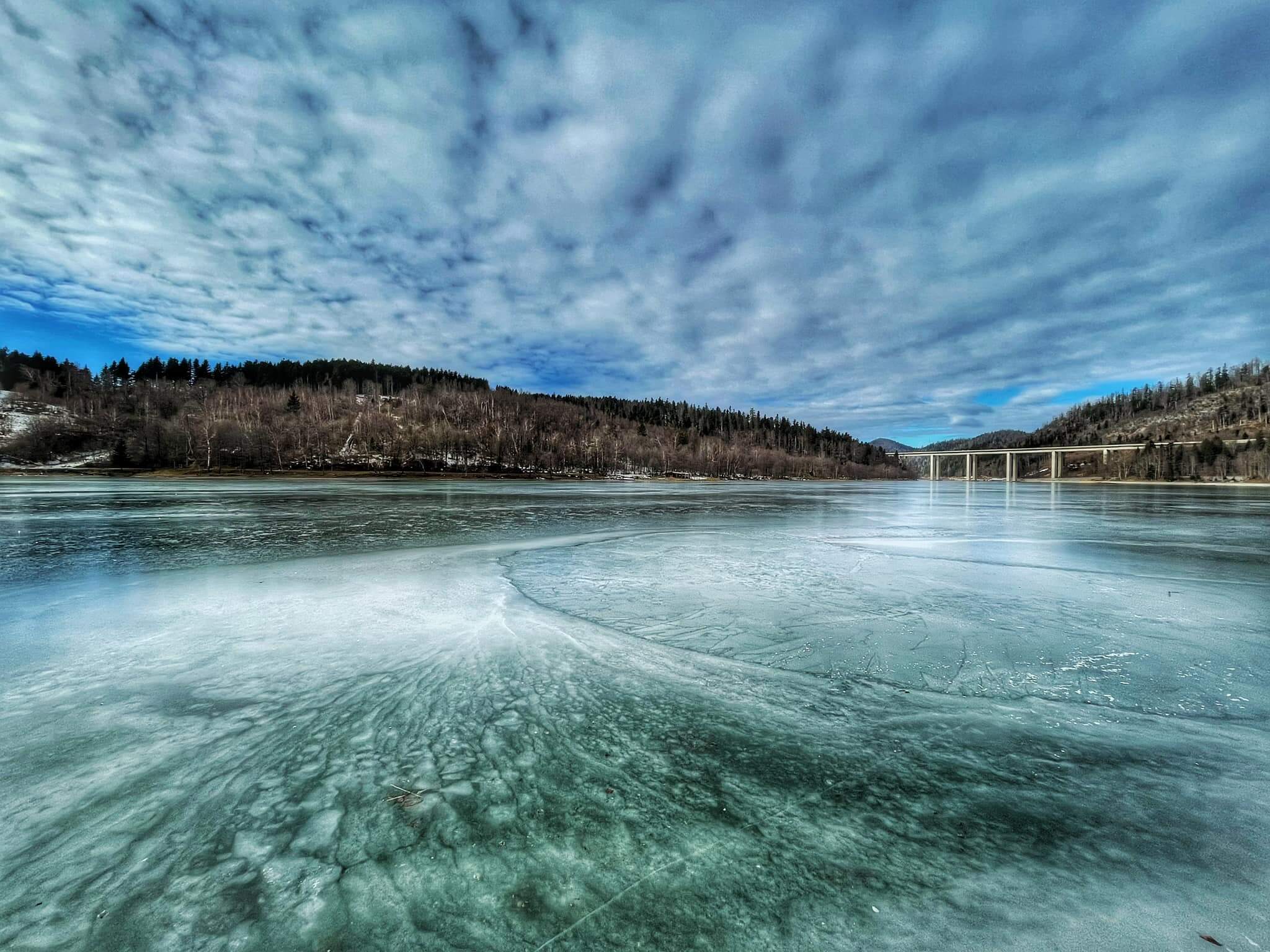 Jezero Bajer near Fužine © Marino Kirinčić
Jezero Bajer near Fužine © Marino Kirinčić
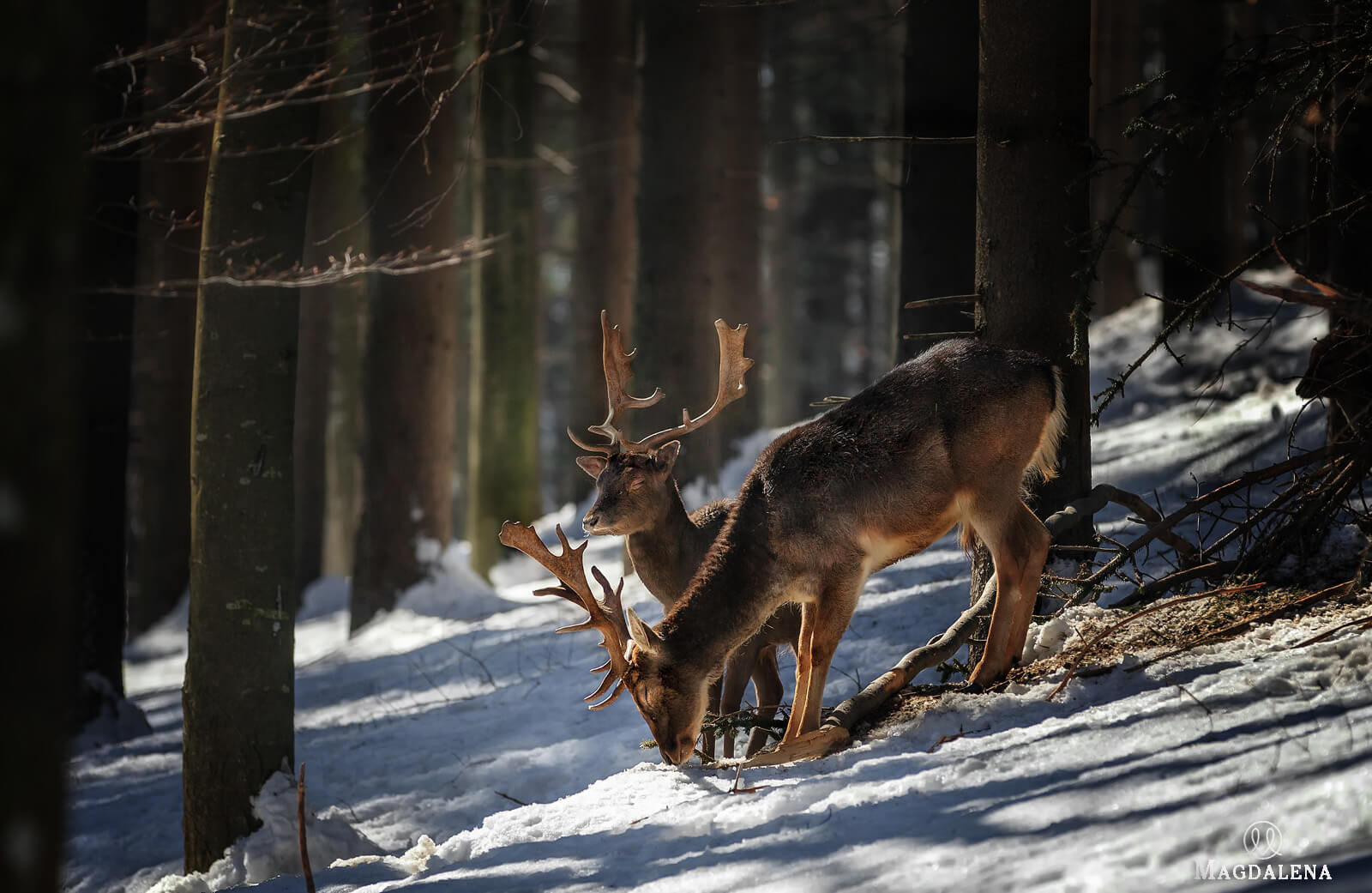 © Branko Lautar & Višnja Bolf
© Branko Lautar & Višnja Bolf
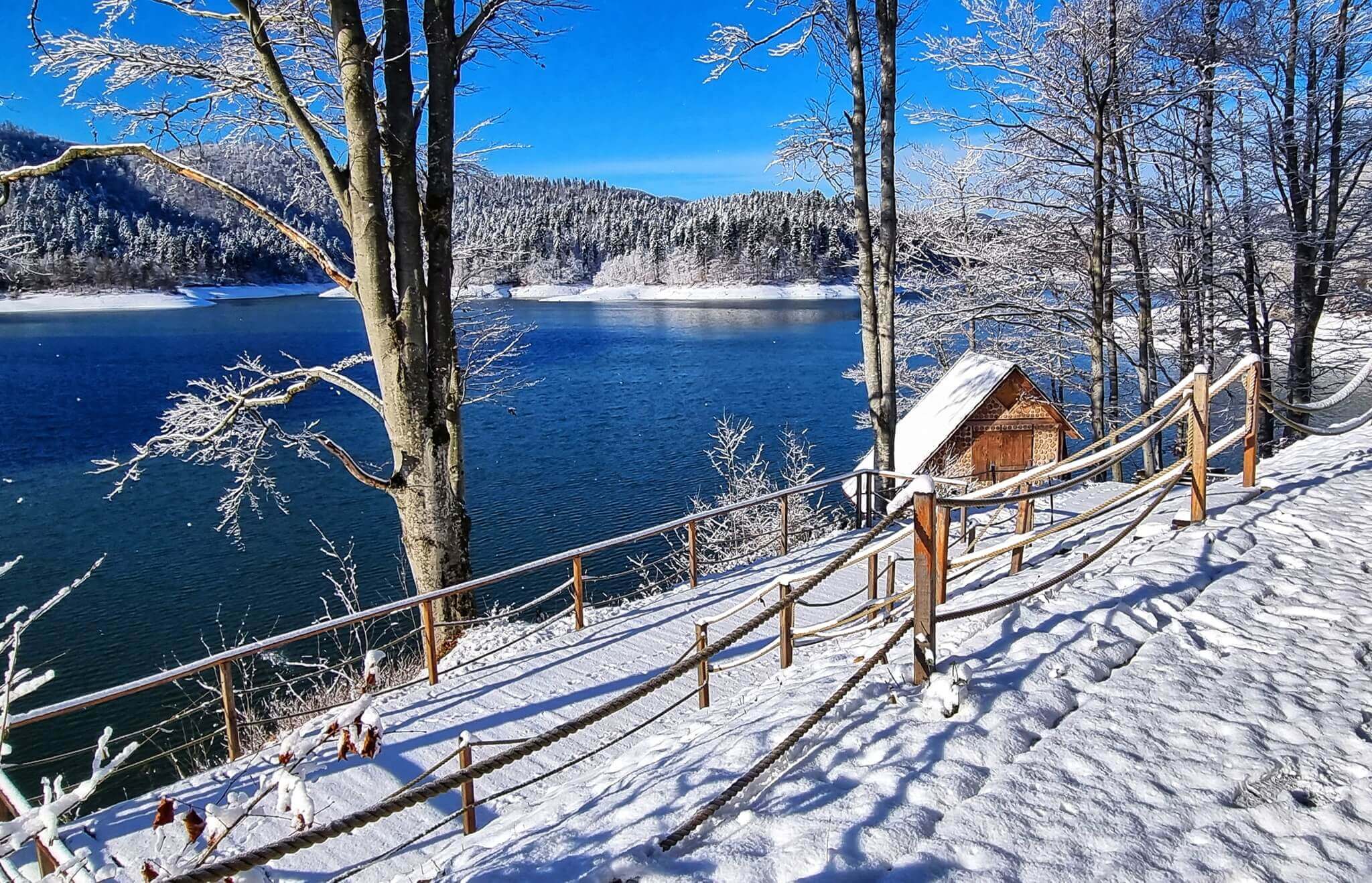 © Turistička zajednica Gorskog kotara
© Turistička zajednica Gorskog kotara
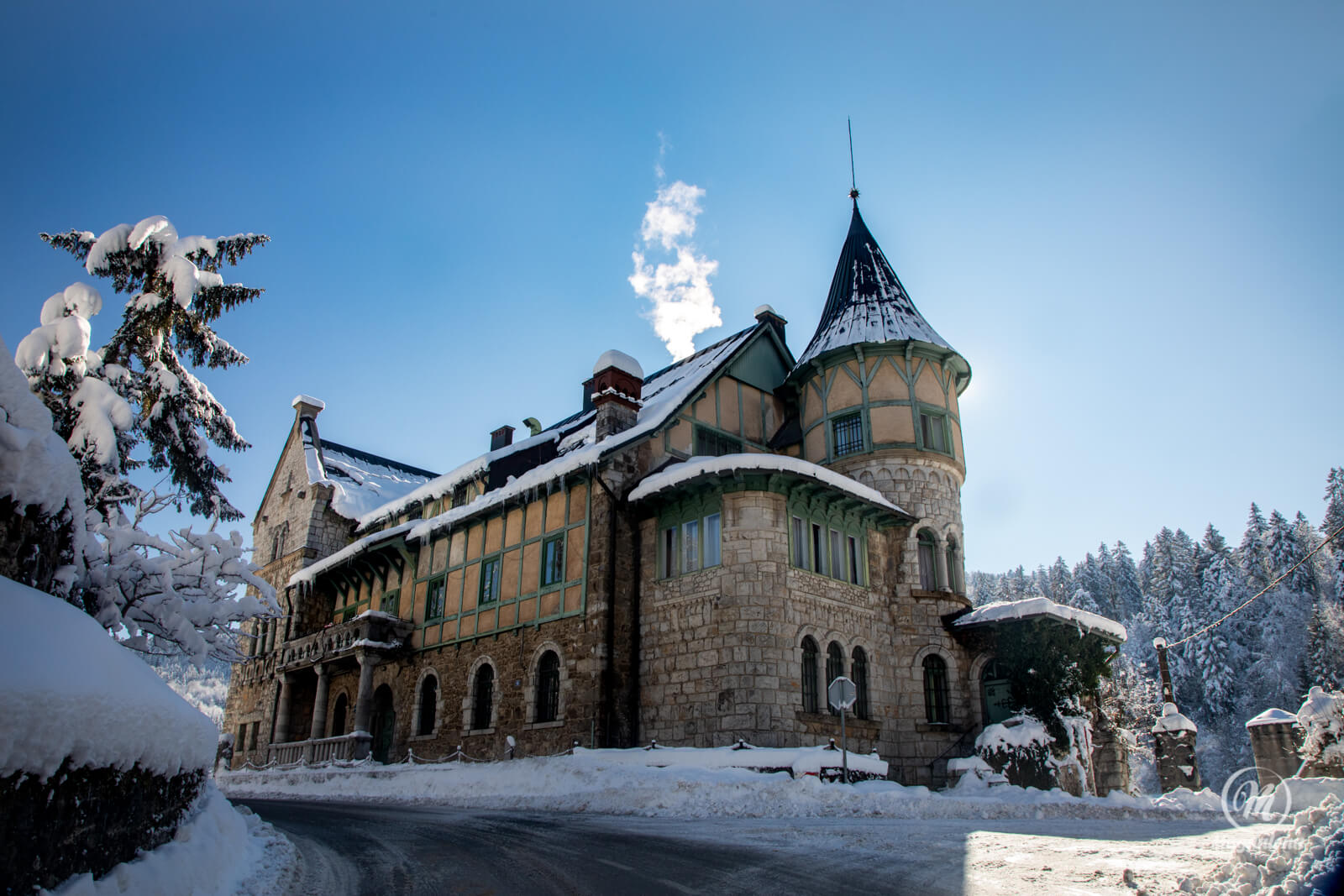 Another view of Dvorac Stara Sušica © Branko Lautar & Višnja Bolf
Another view of Dvorac Stara Sušica © Branko Lautar & Višnja Bolf
Risnjak National Park and Snježnik Hrvatski
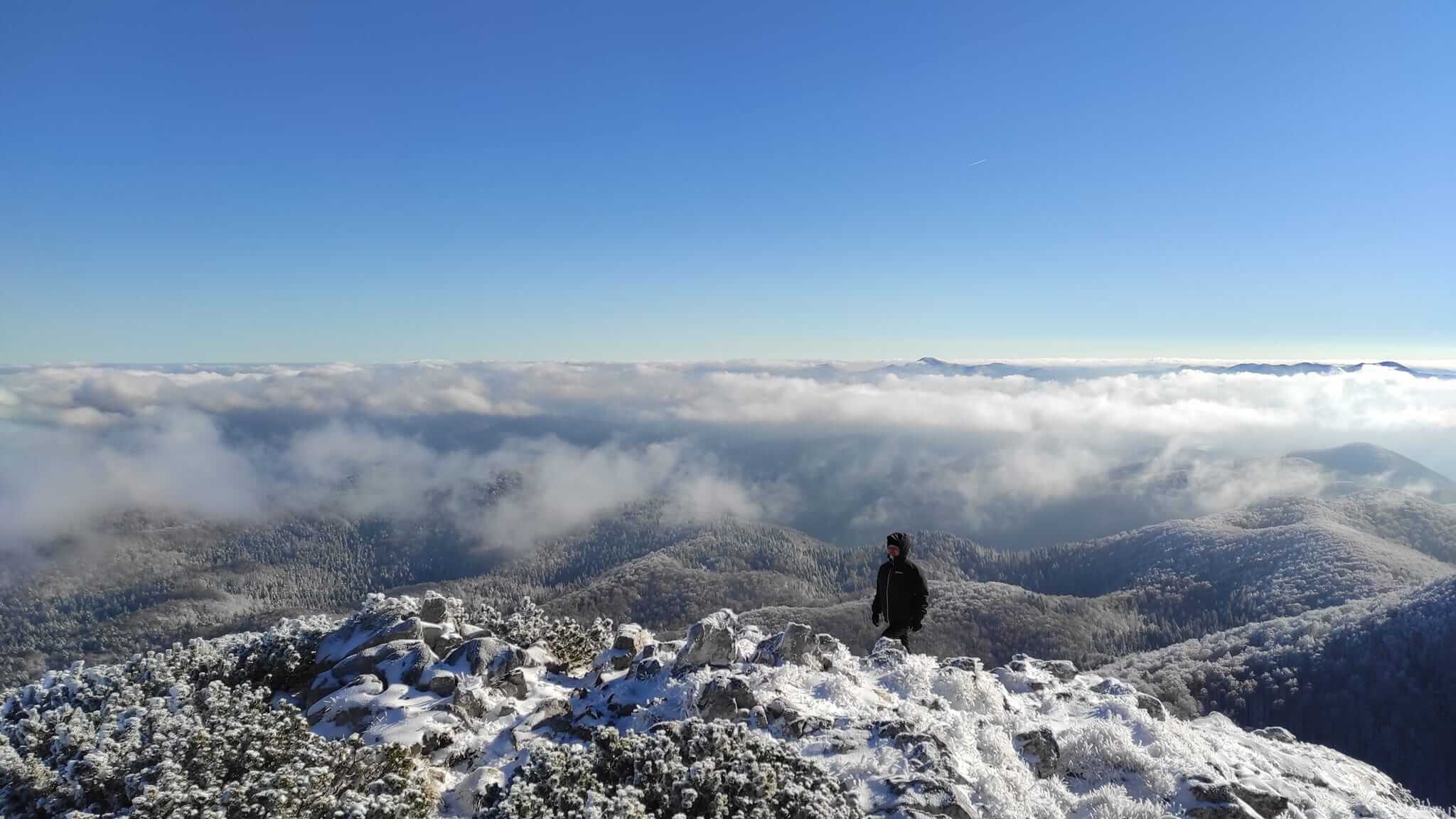 © Risnjak National Park
© Risnjak National Park
 Snježnik hrvatski © Ivan Ćuća-Žentil
Snježnik hrvatski © Ivan Ćuća-Žentil
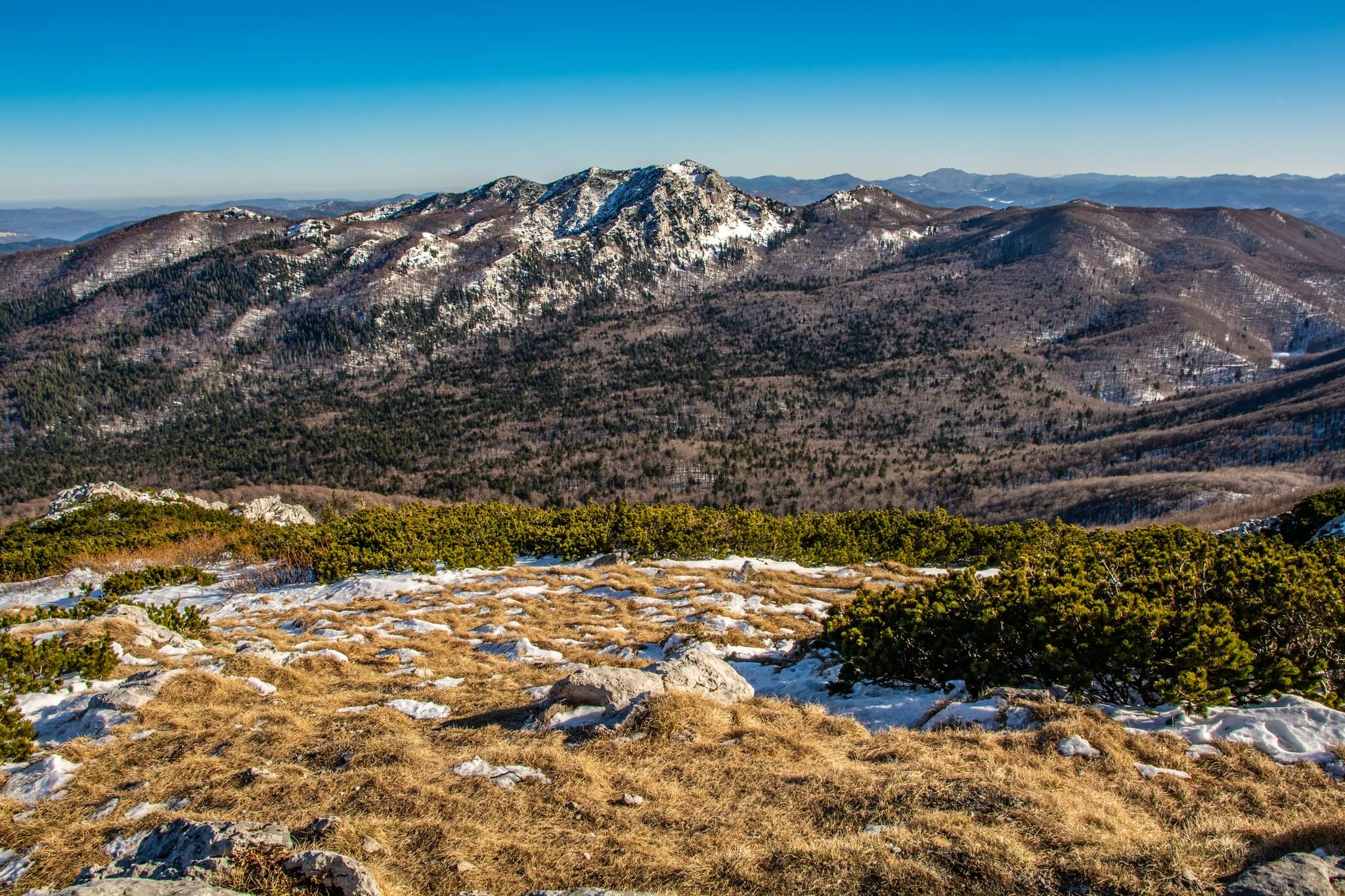 Snježnik hrvatski © Ivan Ćuća-Žentil
Snježnik hrvatski © Ivan Ćuća-Žentil
 Snježnik hrvatski © Ivan Ćuća-Žentil
Snježnik hrvatski © Ivan Ćuća-Žentil
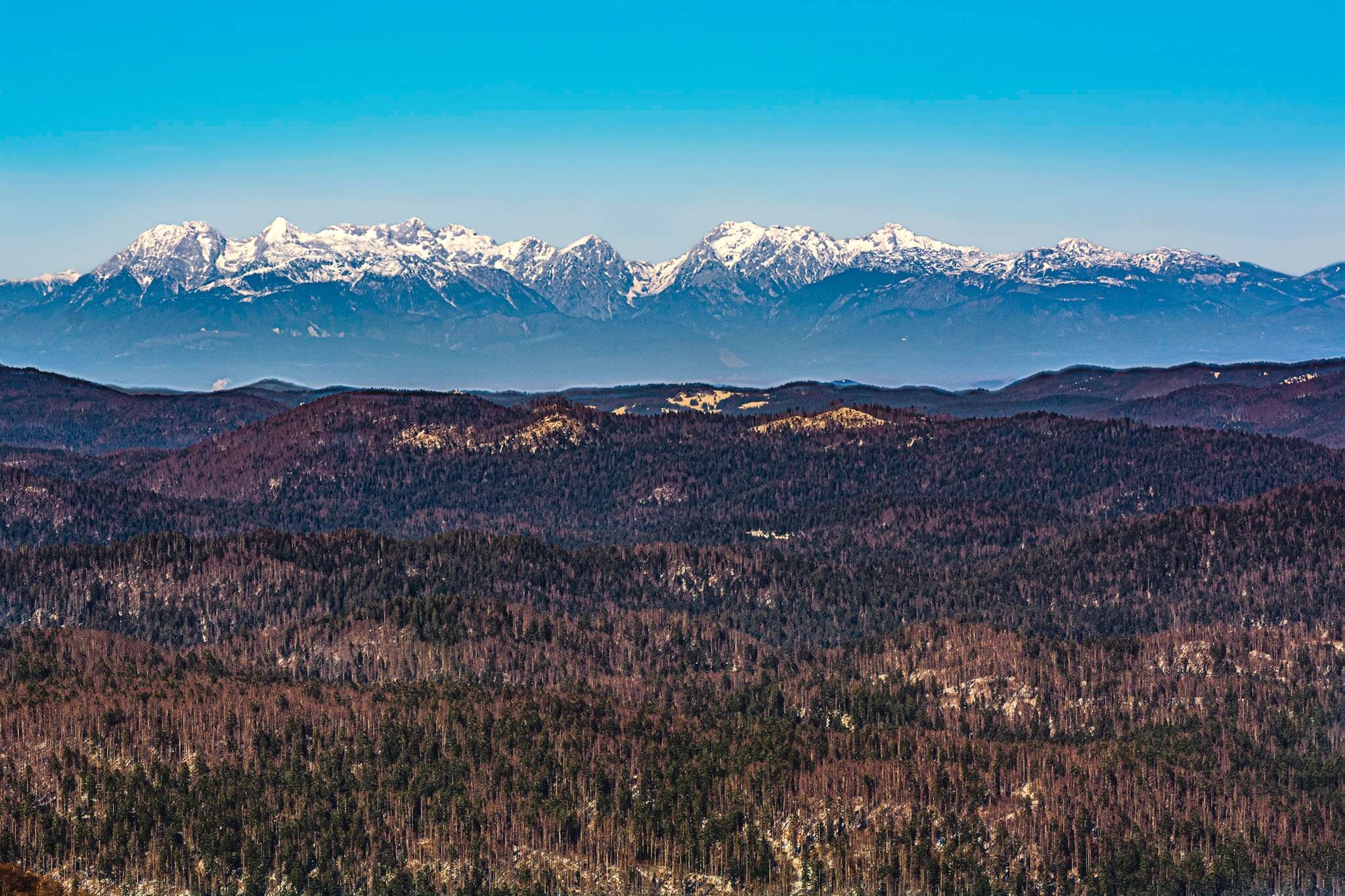 Snježnik hrvatski © Ivan Ćuća-Žentil
Snježnik hrvatski © Ivan Ćuća-Žentil
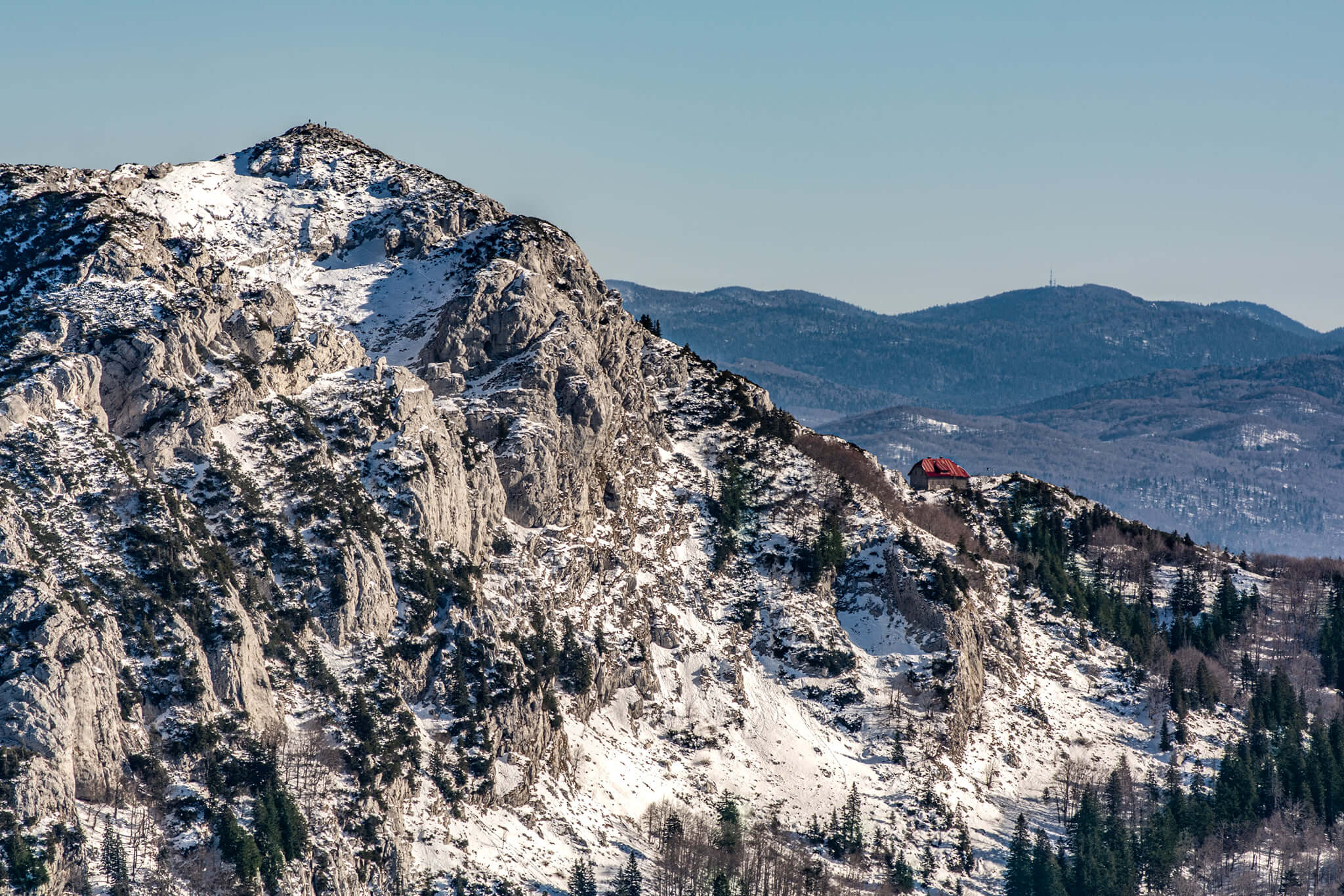 Snježnik hrvatski © Ivan Ćuća-Žentil
Snježnik hrvatski © Ivan Ćuća-Žentil
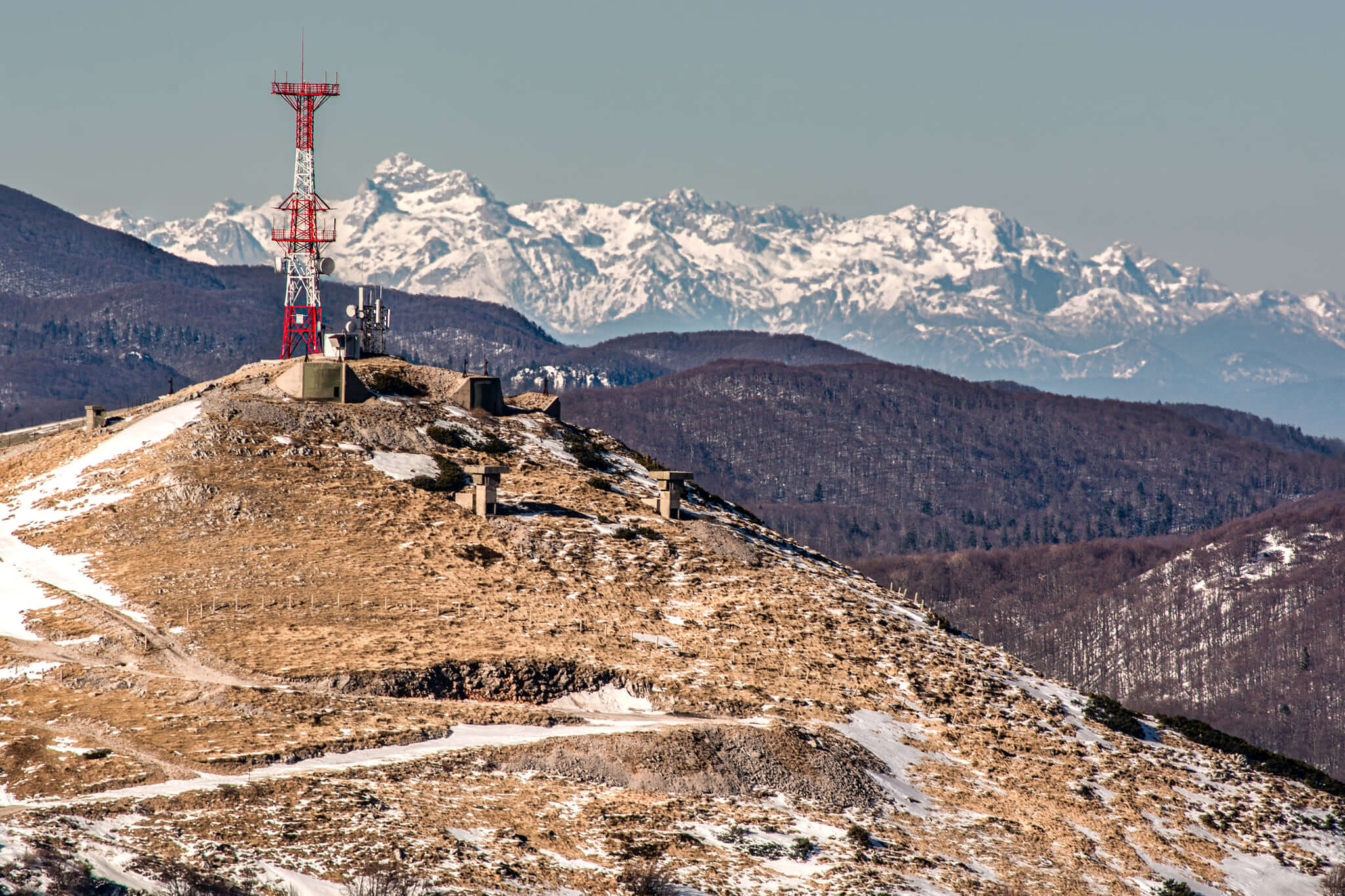 Snježnik hrvatski © Ivan Ćuća-Žentil
Snježnik hrvatski © Ivan Ćuća-Žentil
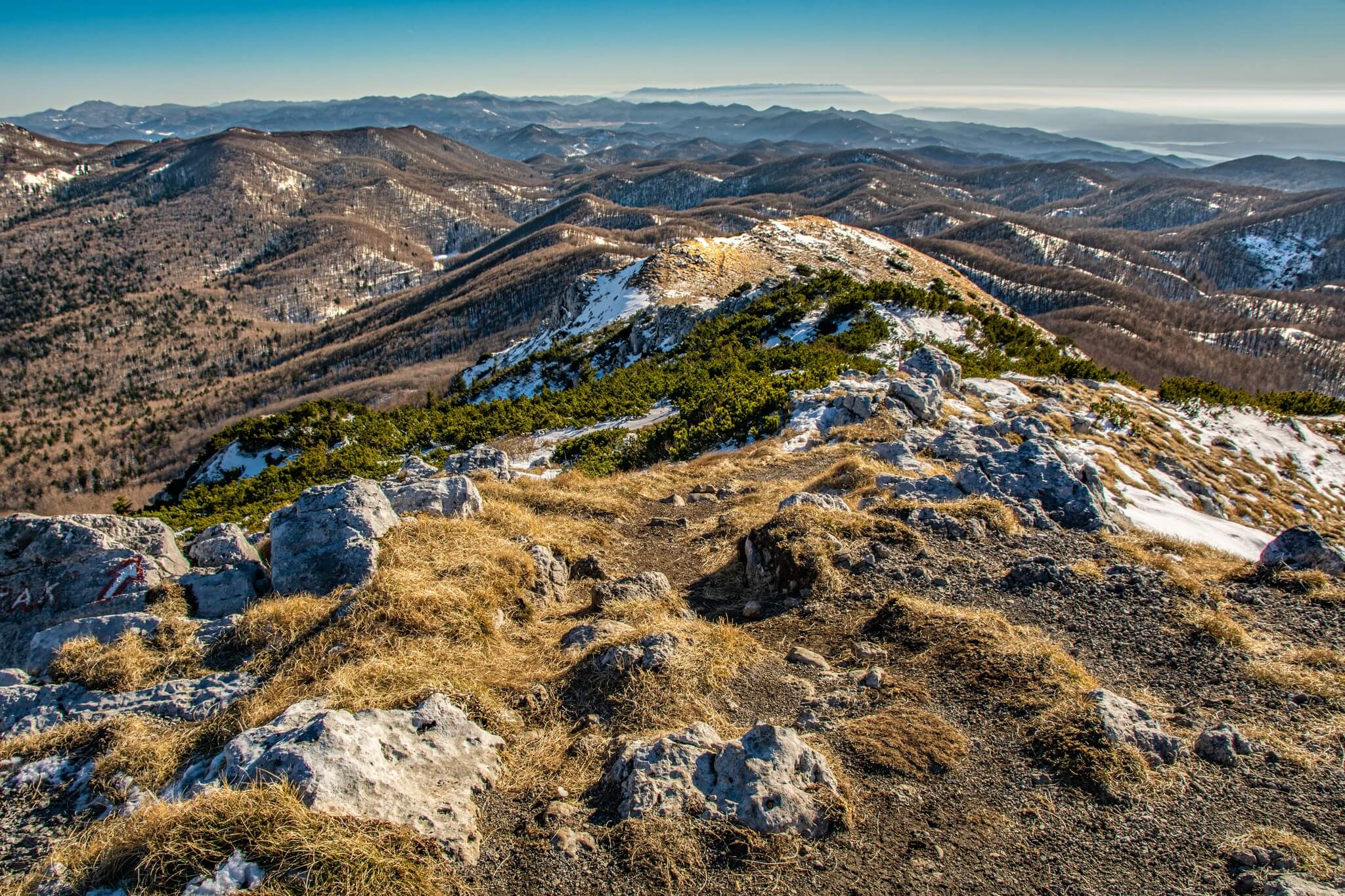 Snježnik hrvatski © Ivan Ćuća-Žentil
Snježnik hrvatski © Ivan Ćuća-Žentil
For more about Risnjak National Park, look here
Velebit
Northern Velebit National Park
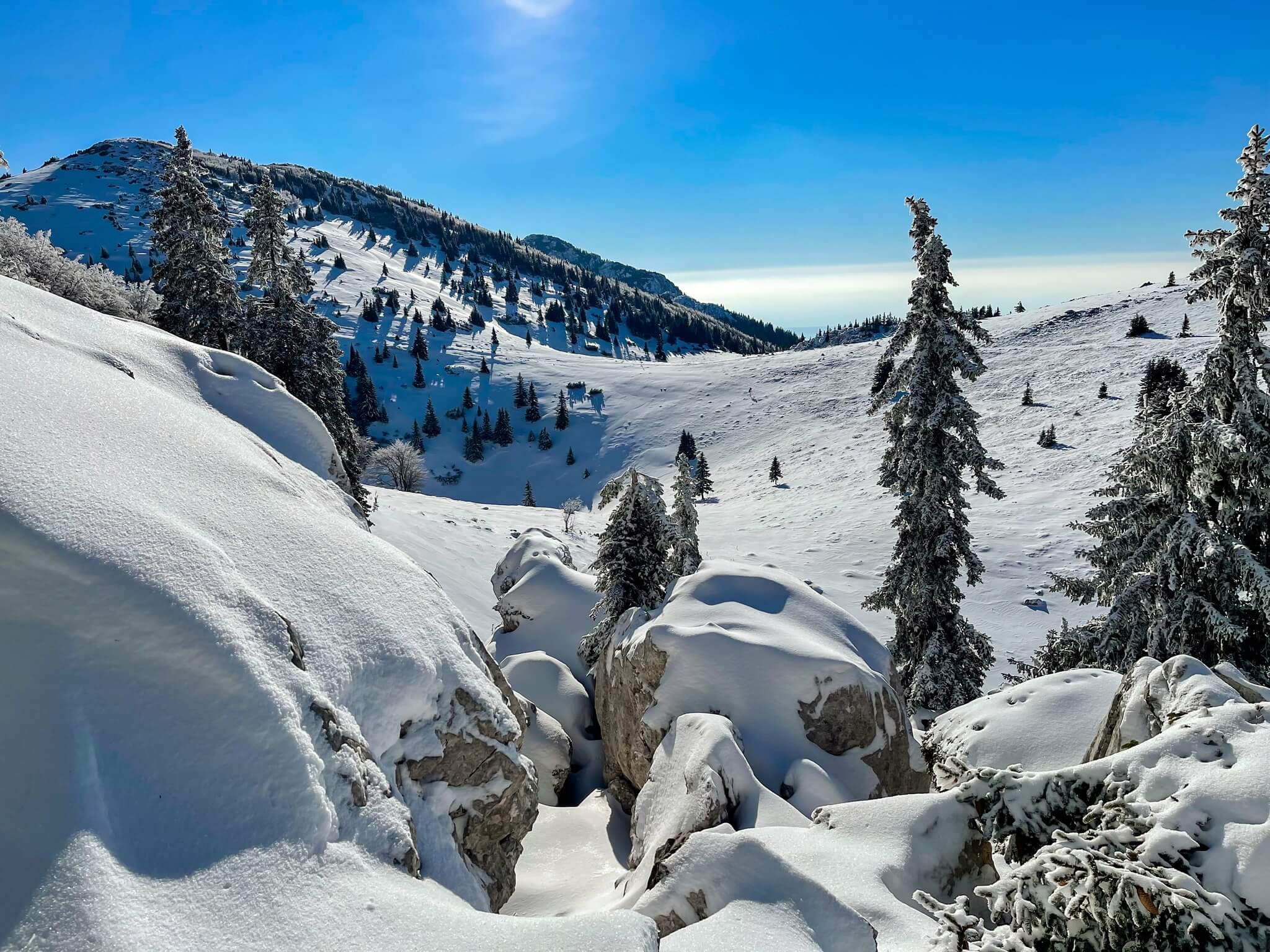 © Dejan Delač
© Dejan Delač
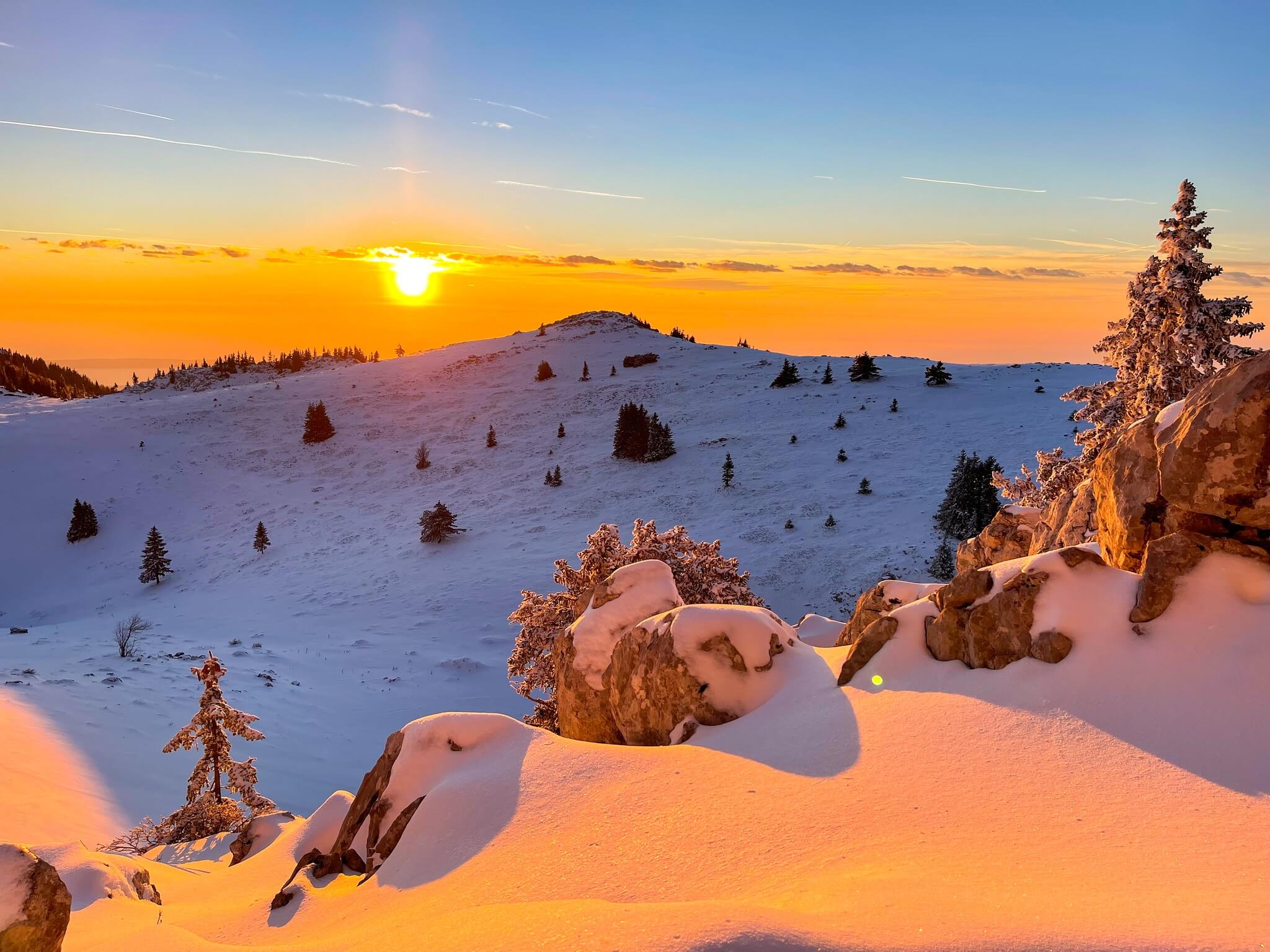 © Dejan Delač
© Dejan Delač
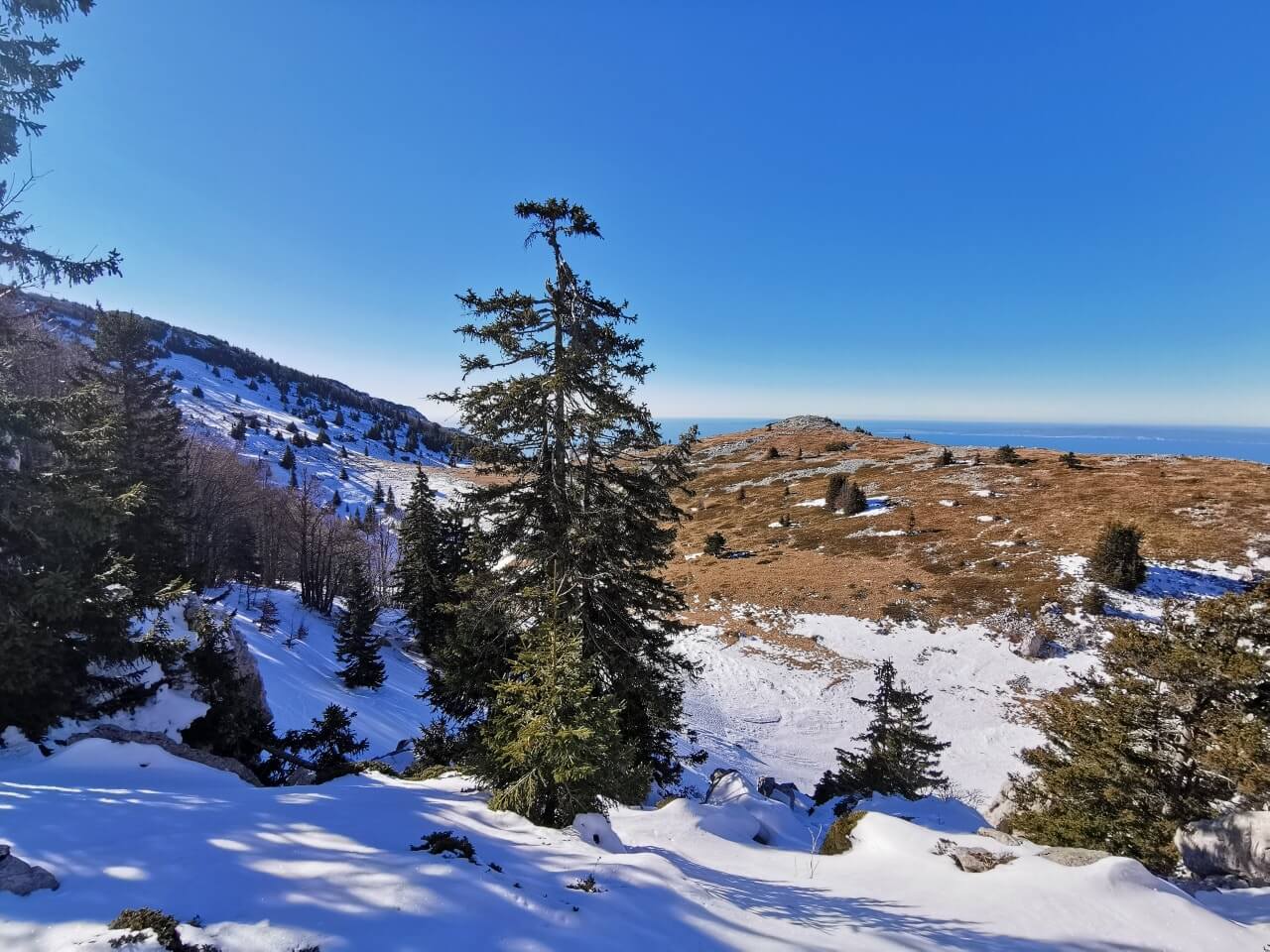 © Vedran Katalinić
© Vedran Katalinić
For more about Northern Velebit National Park, look here
Velebit Nature Park
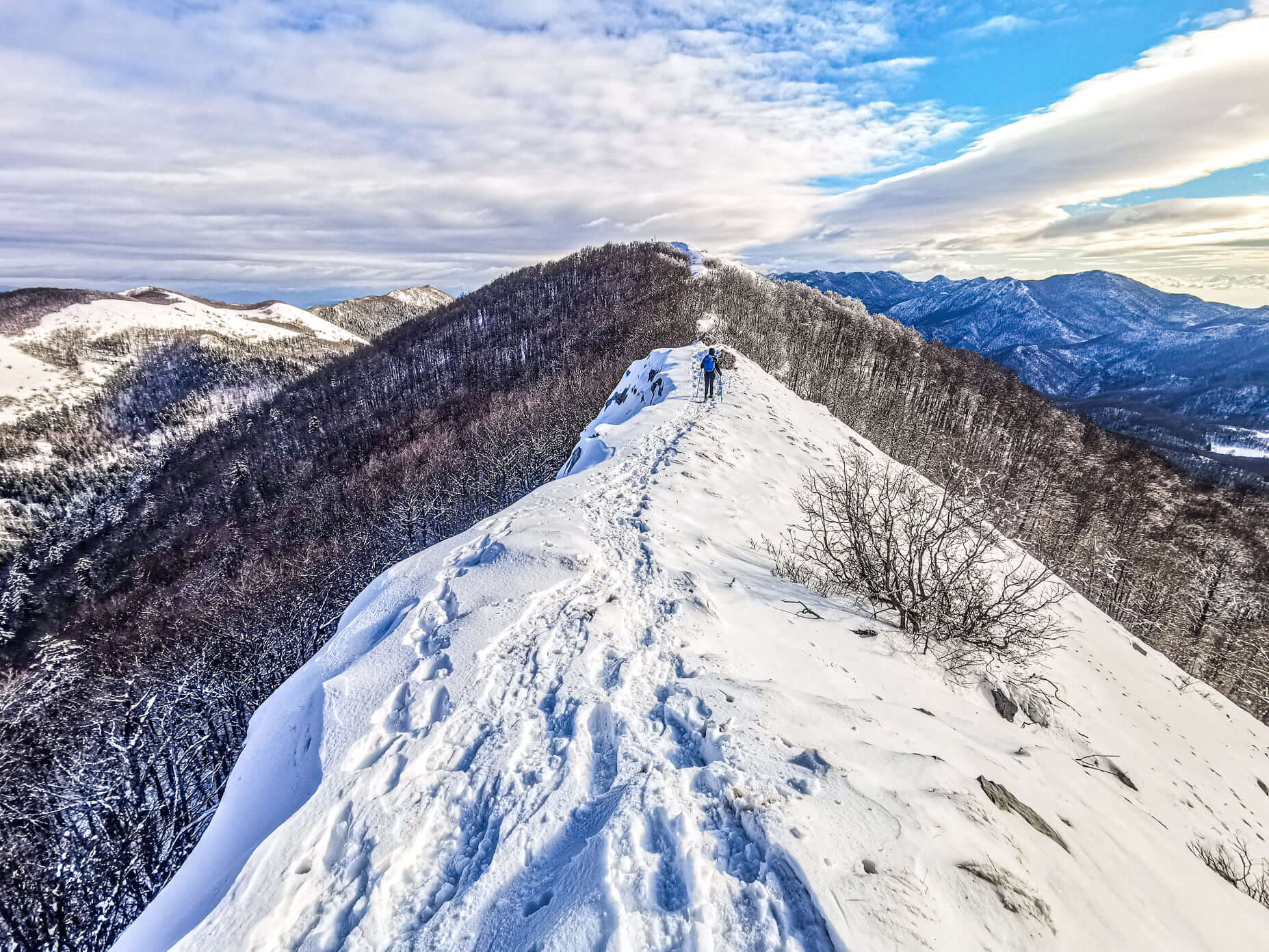 Ljubičko Brdo © Ivan Ćuća-Žentil
Ljubičko Brdo © Ivan Ćuća-Žentil
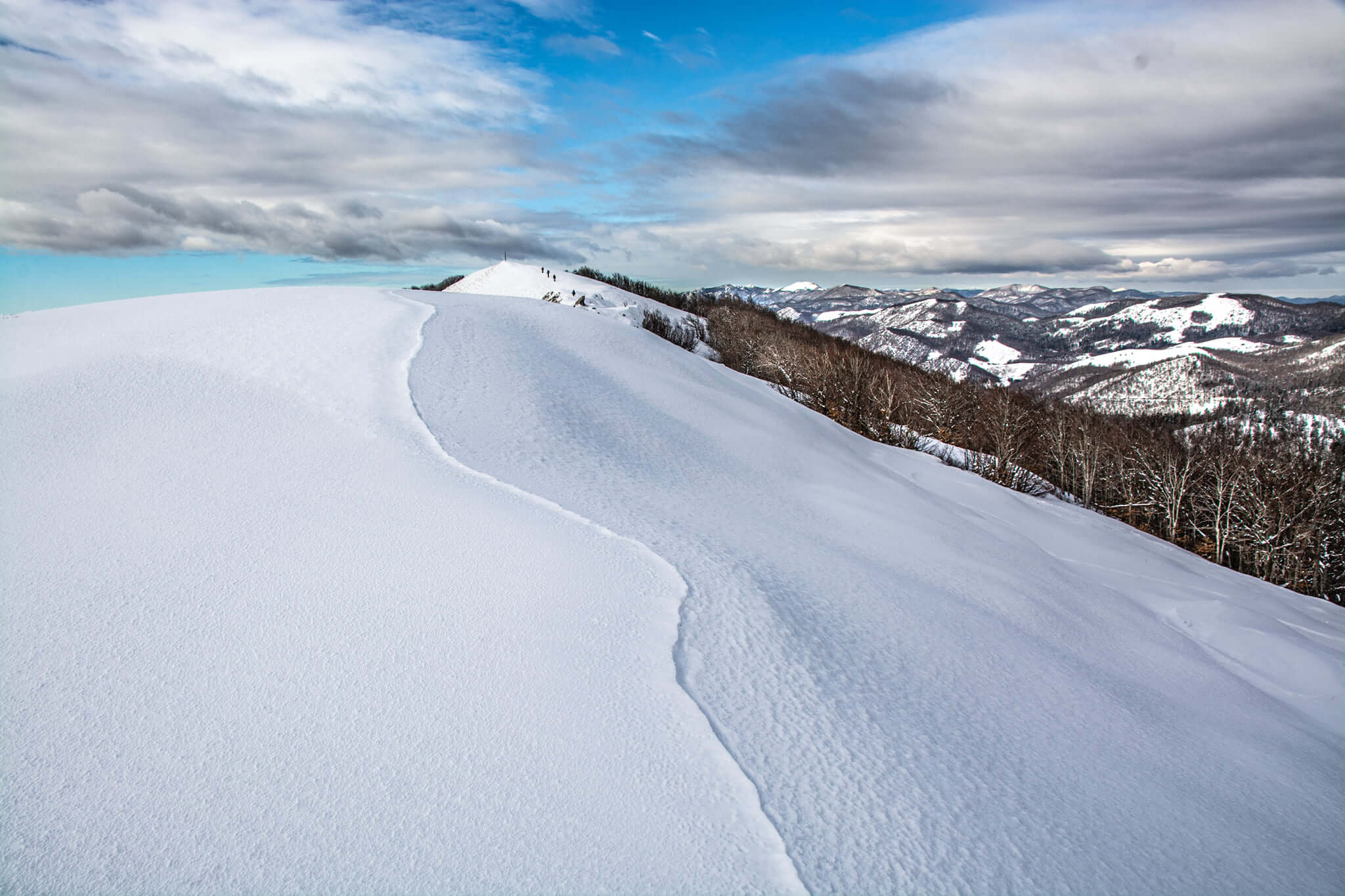 Ljubičko Brdo © Ivan Ćuća-Žentil
Ljubičko Brdo © Ivan Ćuća-Žentil
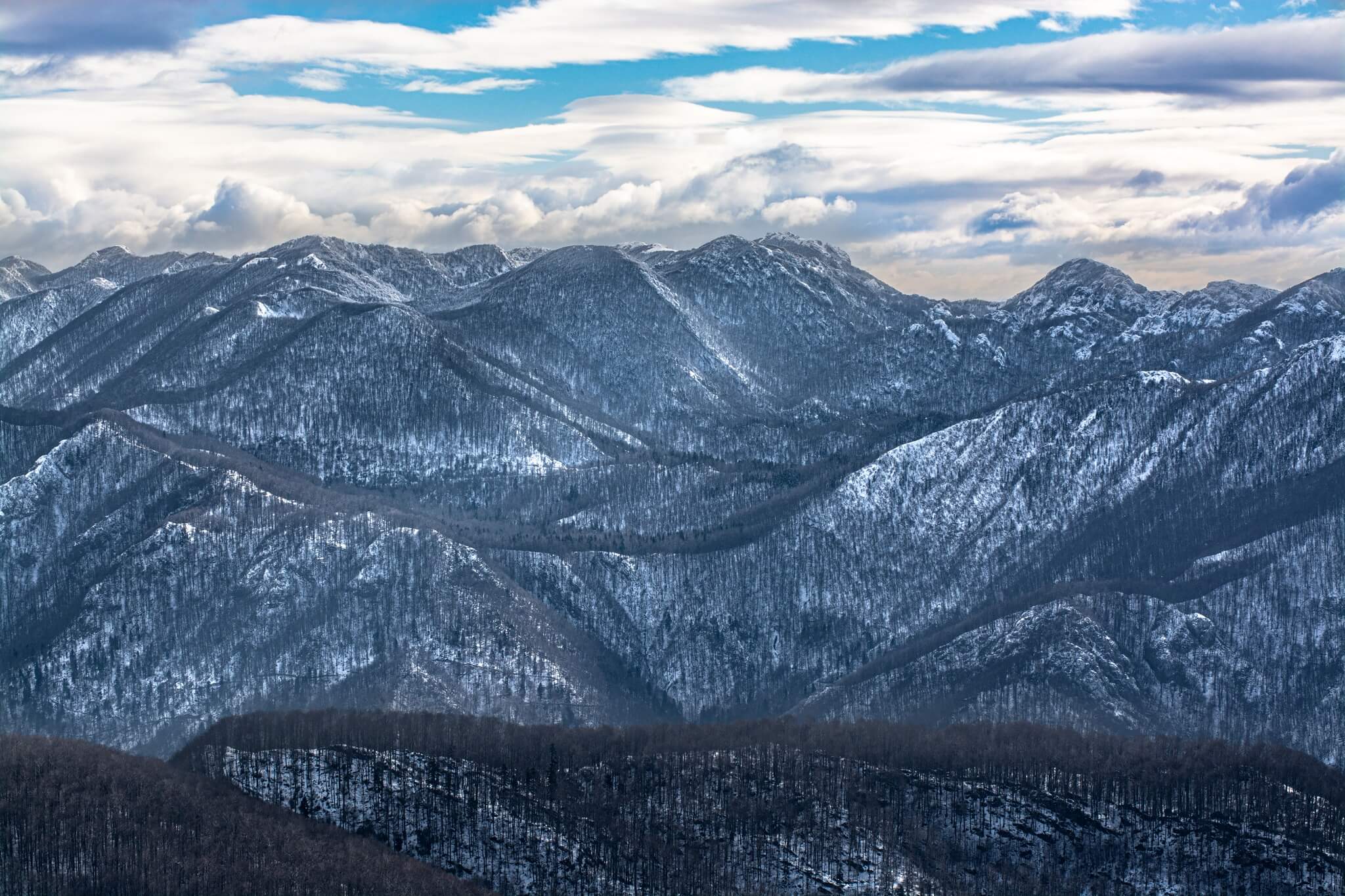 Ljubičko Brdo © Ivan Ćuća-Žentil
Ljubičko Brdo © Ivan Ćuća-Žentil
 Ljubičko Brdo © Ivan Ćuća-Žentil
Ljubičko Brdo © Ivan Ćuća-Žentil
 Ljubičko Brdo © Ivan Ćuća-Žentil
Ljubičko Brdo © Ivan Ćuća-Žentil
Paklenica National Park
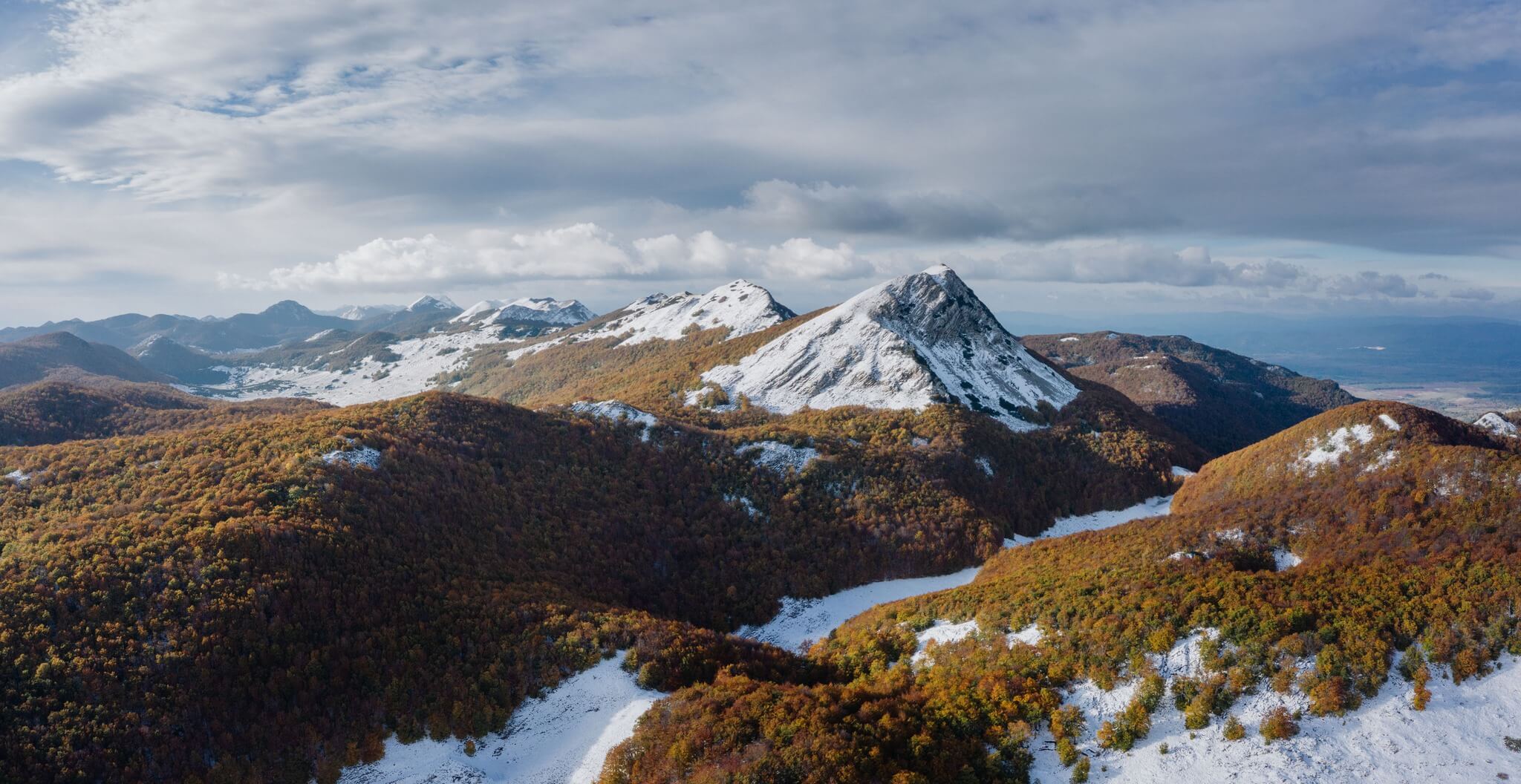 © Mario Jurina
© Mario Jurina
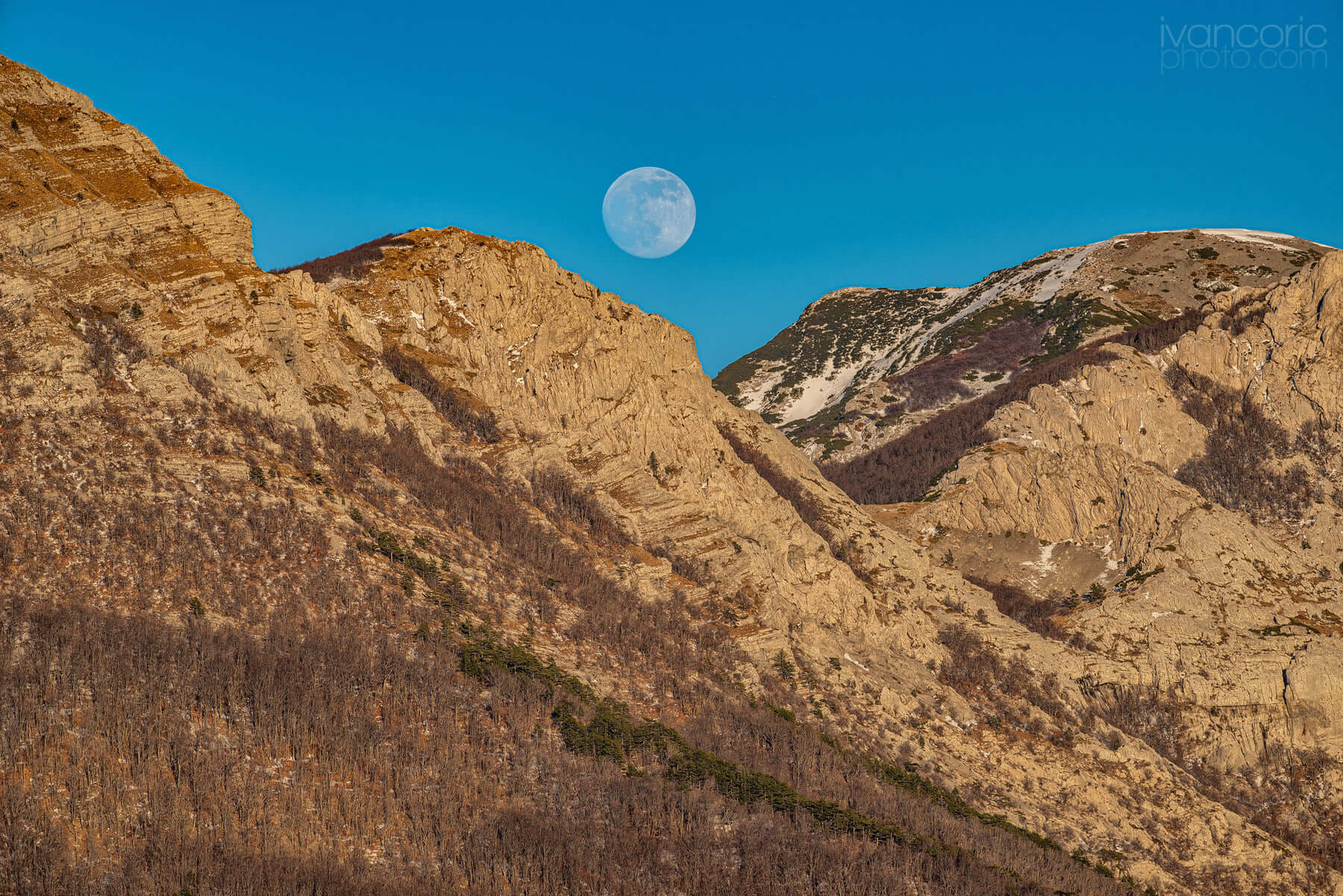 Bojinac © Ivan Coric Photography
Bojinac © Ivan Coric Photography
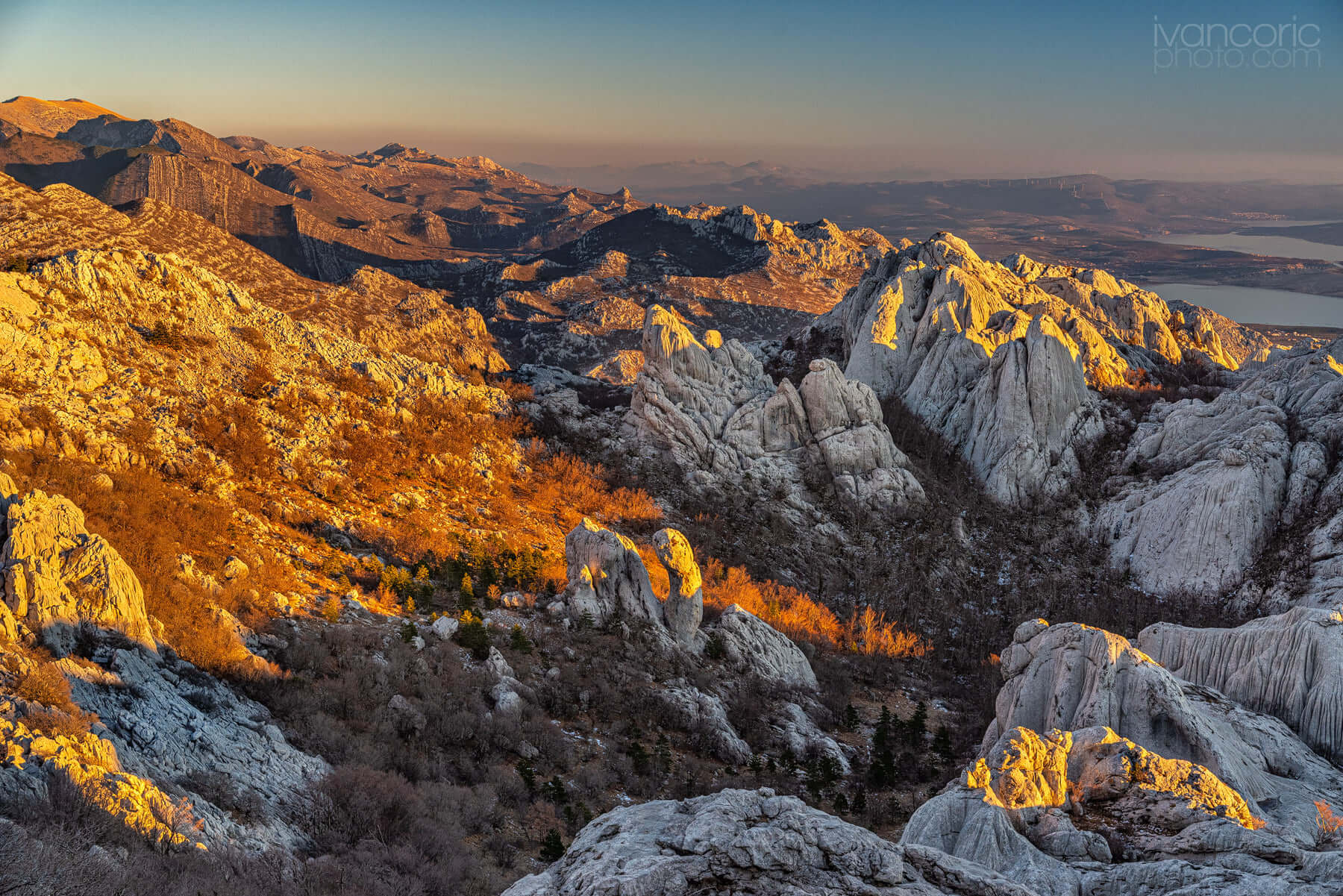 Bojinac © Ivan Coric Photography
Bojinac © Ivan Coric Photography
For more about Paklenica National Park, look here
Kloštar Podravski, Podravina and Koprivnica-Križevci County
 © Ivan Nemet
© Ivan Nemet
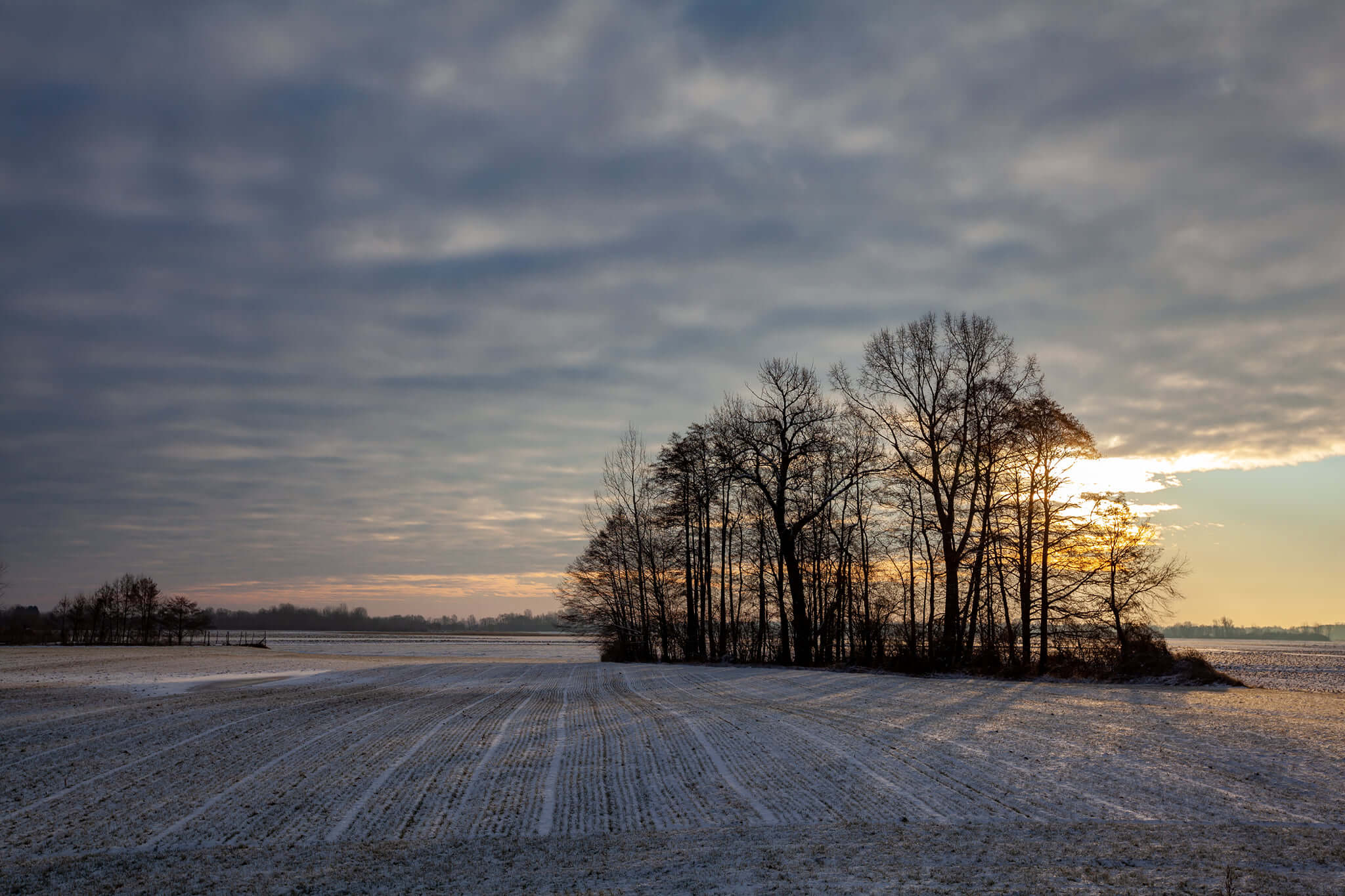 © Ivan Nemet
© Ivan Nemet
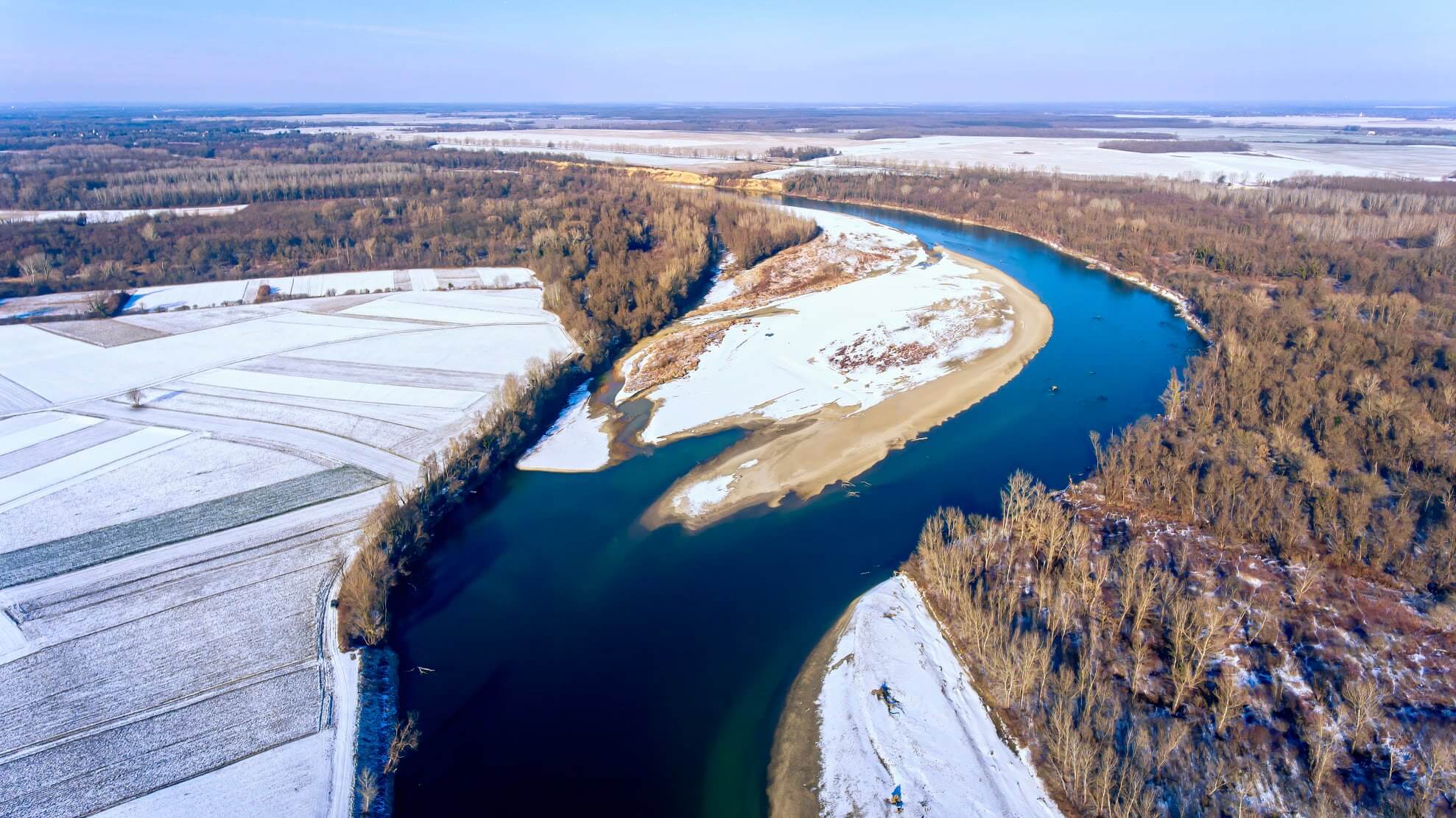 © Ivan Nemet
© Ivan Nemet
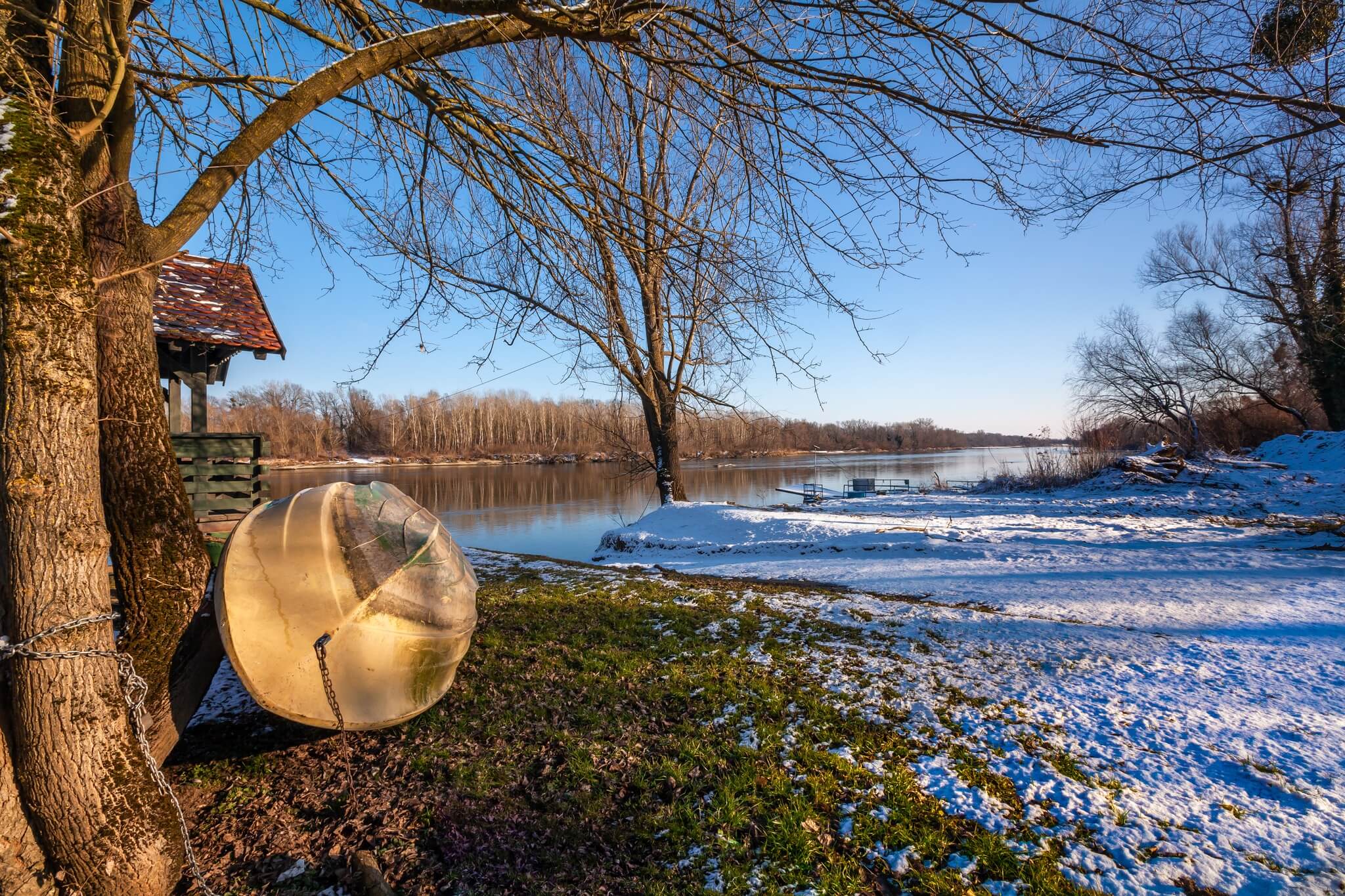 © Ivan Nemet
© Ivan Nemet
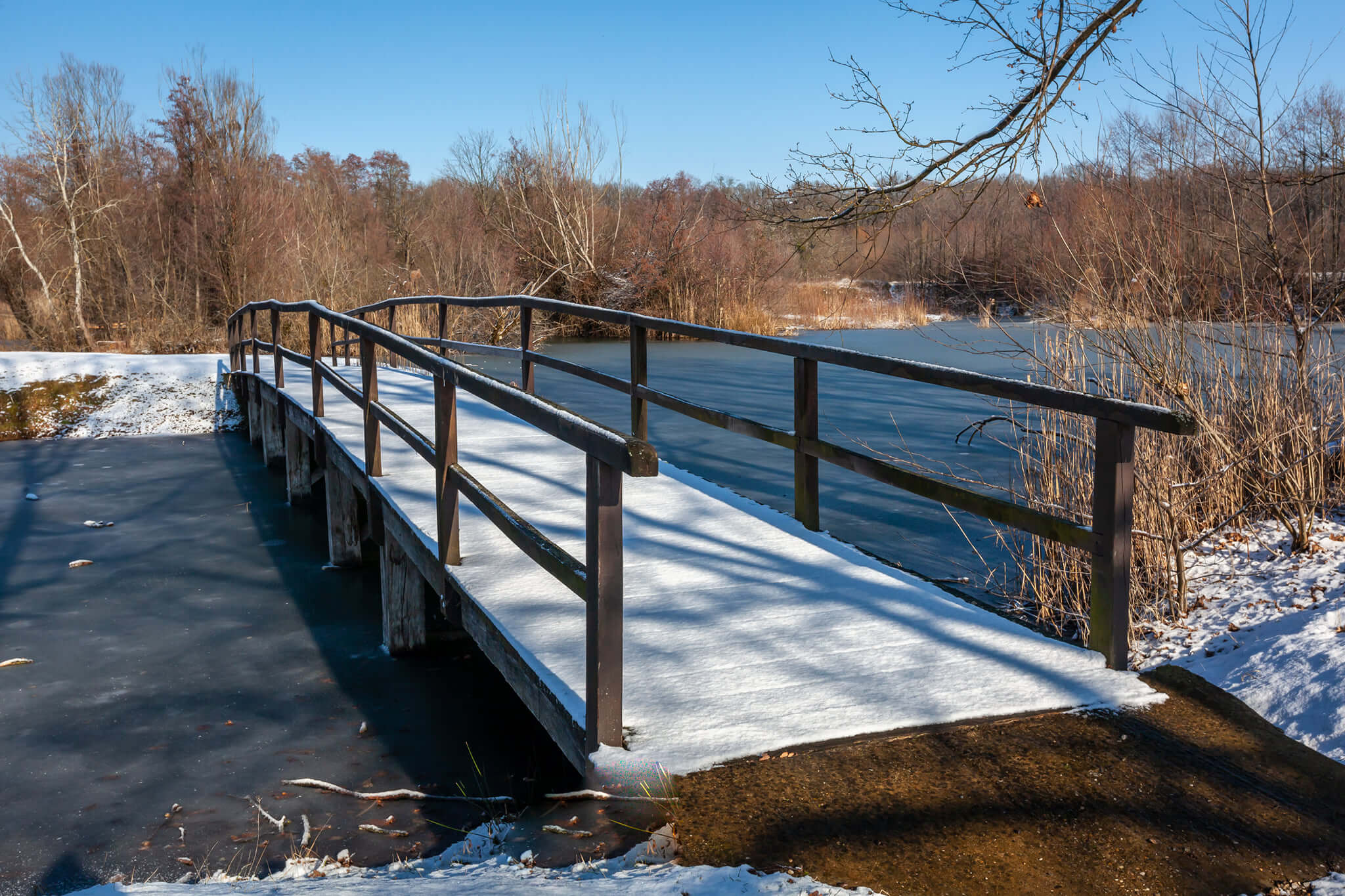 © Ivan Nemet
© Ivan Nemet
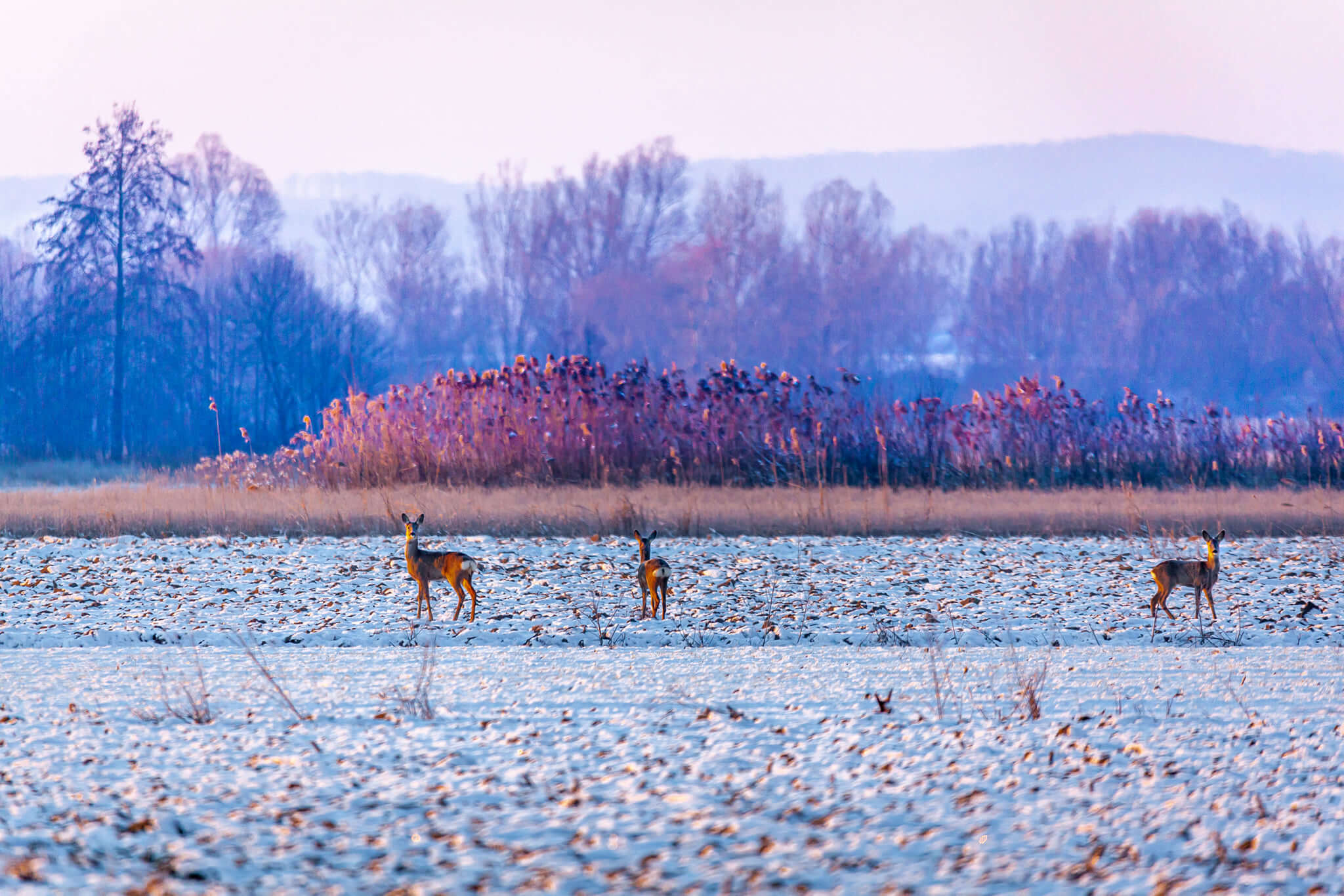 © Ivan Nemet
© Ivan Nemet
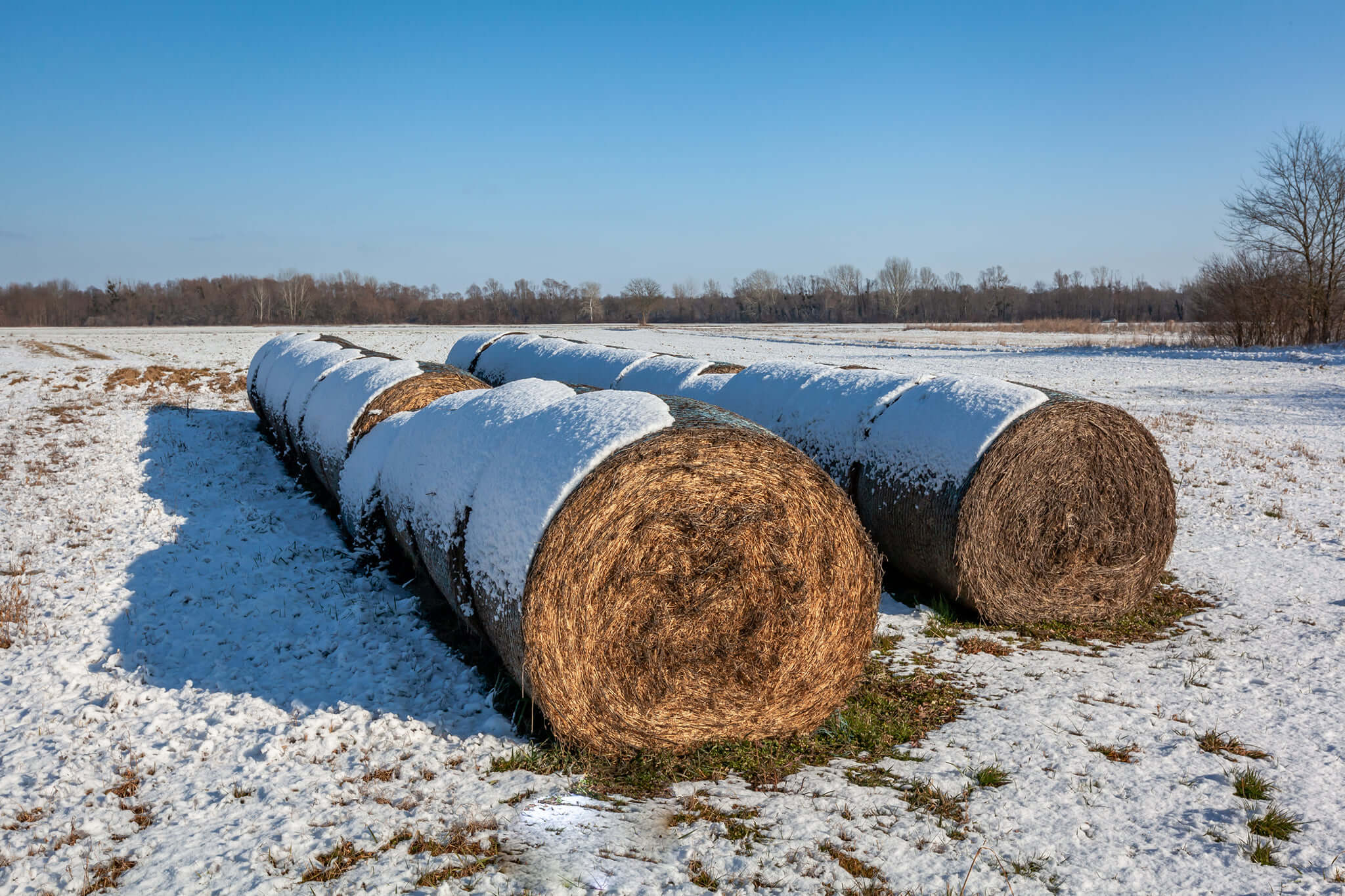 © Ivan Nemet
© Ivan Nemet
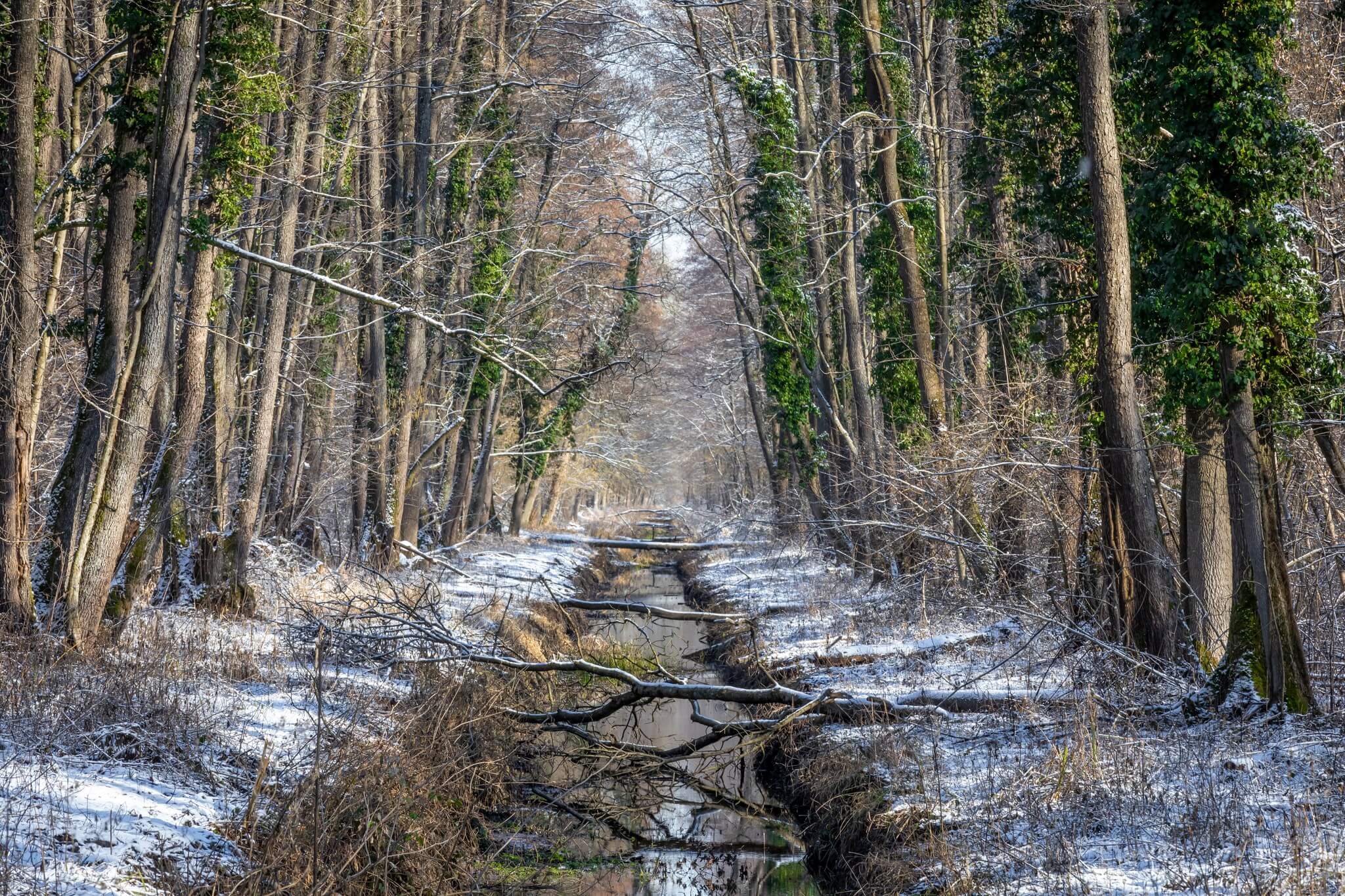 © Ivan Nemet
© Ivan Nemet
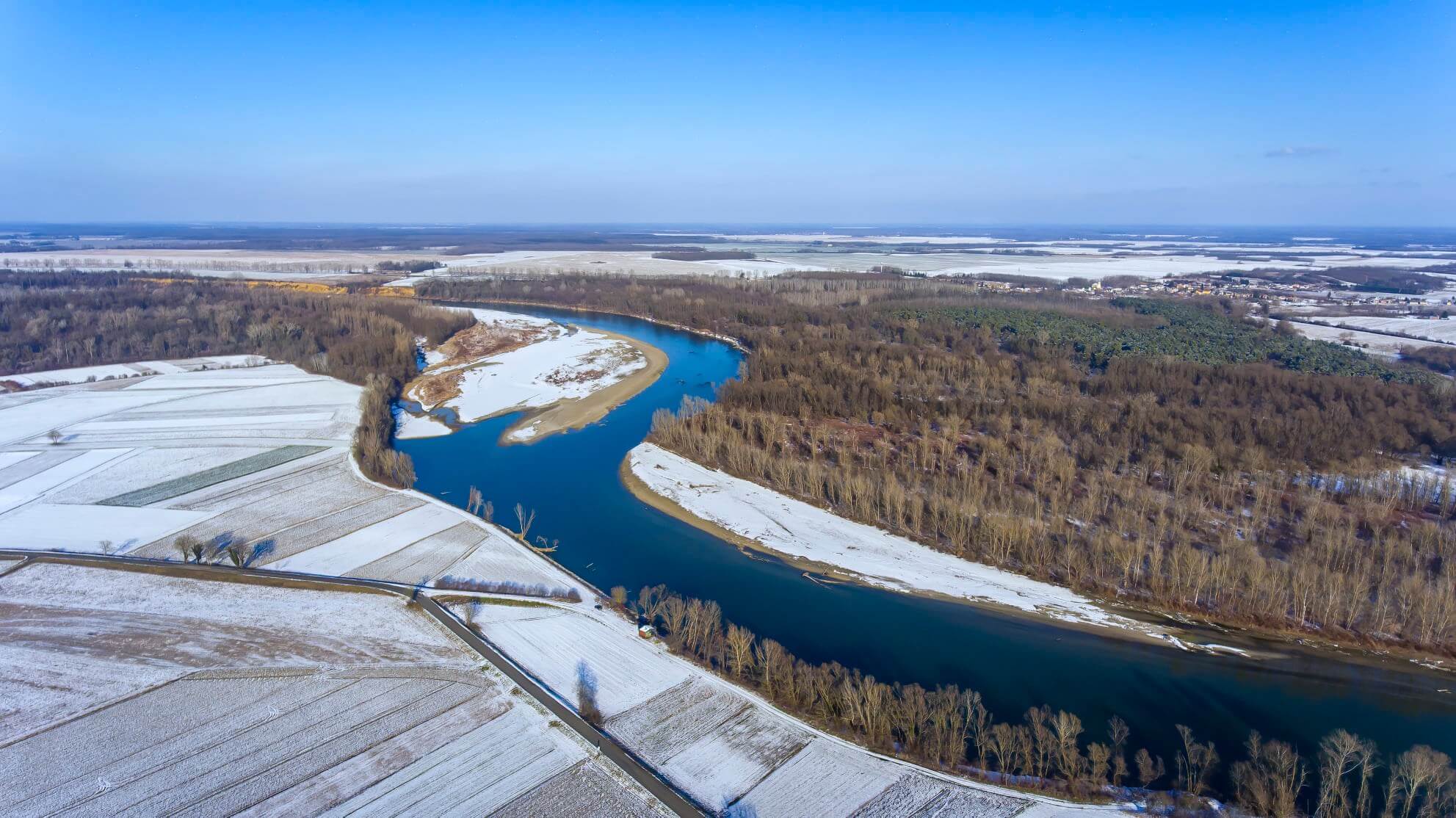 © Ivan Nemet
© Ivan Nemet
For more about the Drava river in Koprivnica-Križevci County look here. For more about the area of Podravina containing Kloštar Podravski and Đurđevac, look here
Slavonski Brod
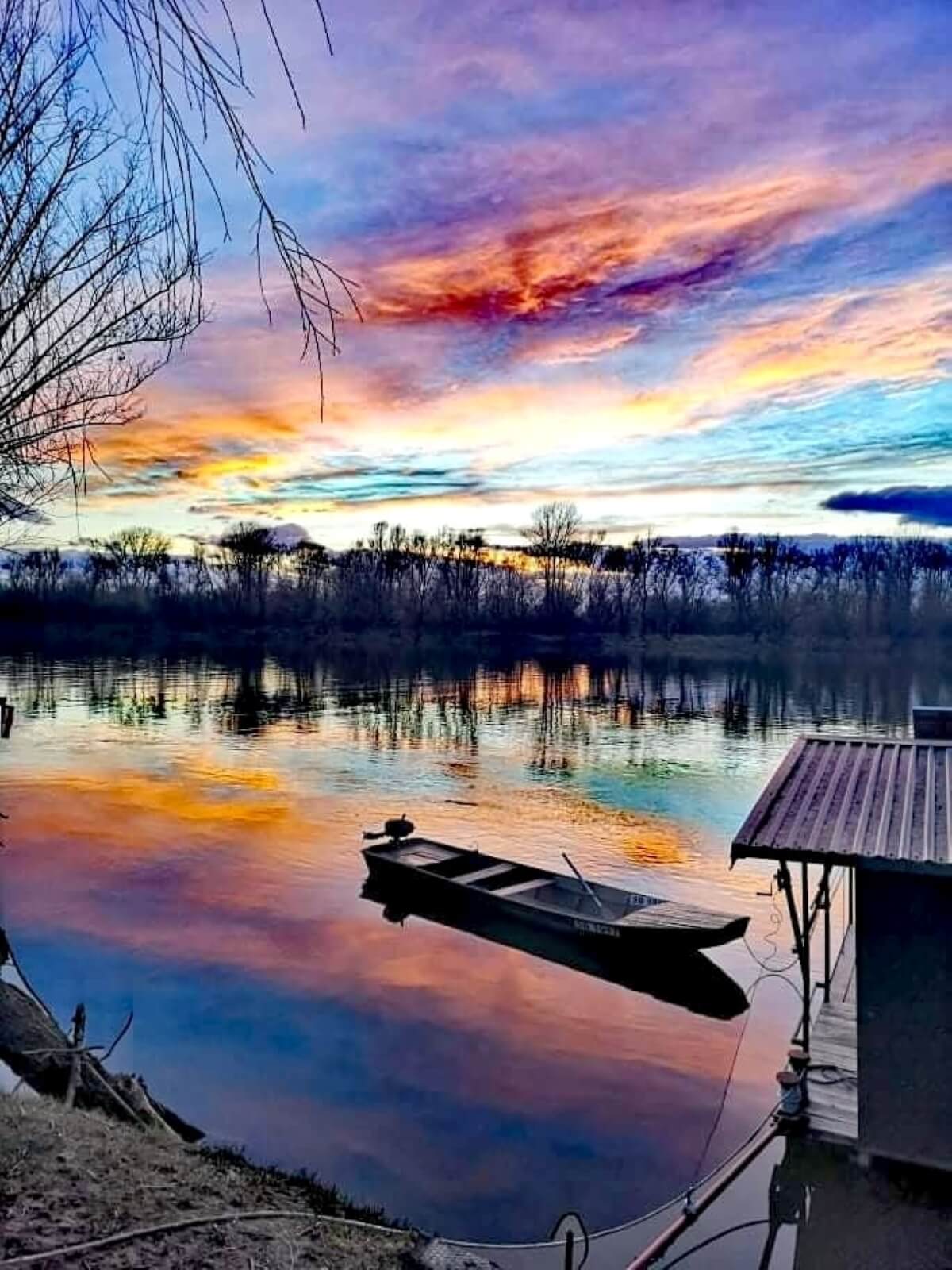 © Mirna Šikić
© Mirna Šikić
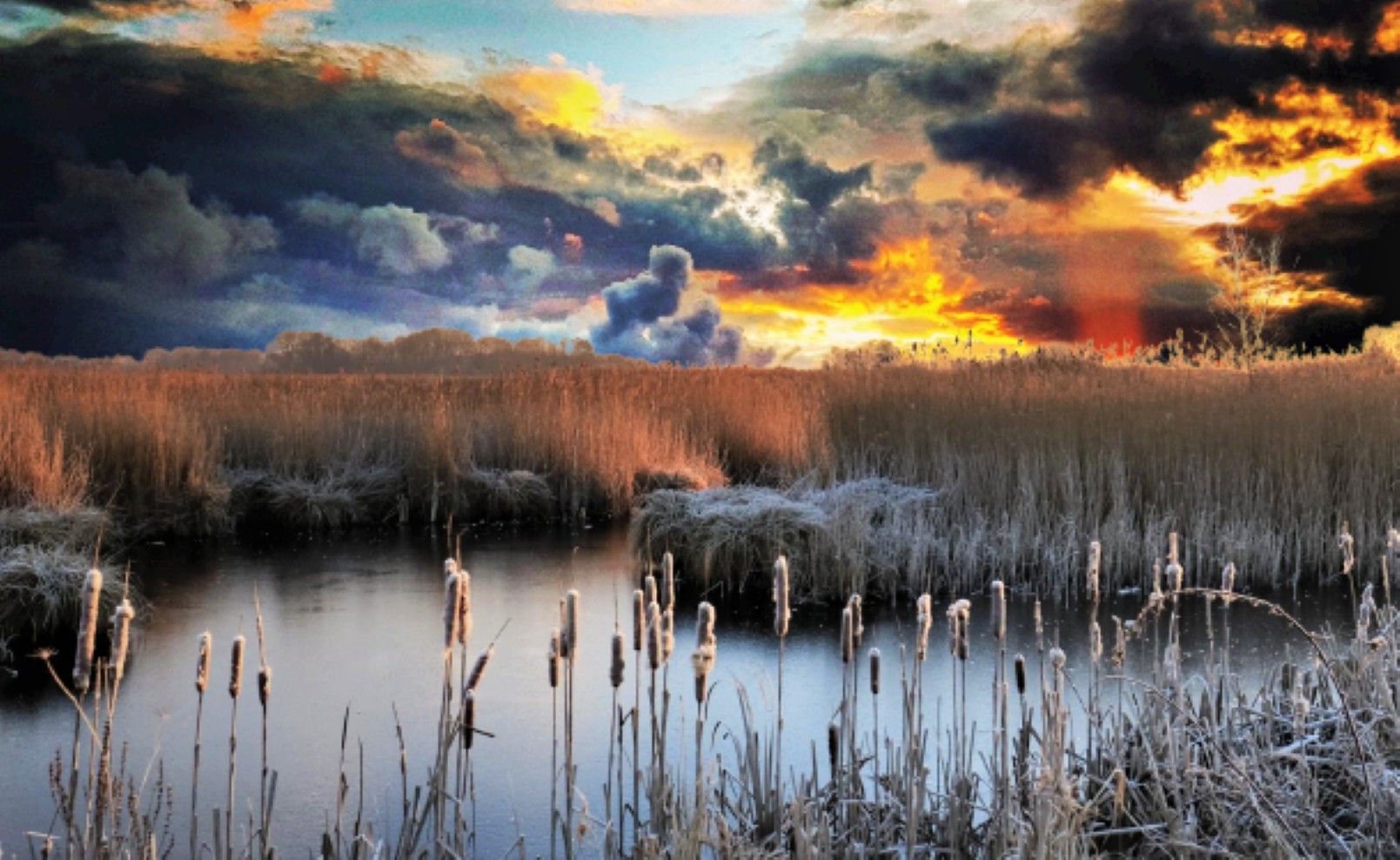 The wetlands and ponds in Oriovac near Slavonski Brod are not only home to fish - over 50 species of birds visit these waters © Antun Lukšić
The wetlands and ponds in Oriovac near Slavonski Brod are not only home to fish - over 50 species of birds visit these waters © Antun Lukšić
For more about Slavonski Brod, look here
Žumberak-Samoborsko gorje Nature Park
 The high peak of Sveti Gera, on the western edge of Žumberak-Samoborsko gorje Nature Park © Domagoj Novosel
The high peak of Sveti Gera, on the western edge of Žumberak-Samoborsko gorje Nature Park © Domagoj Novosel
The author would like to thank each of the photographers who kindly loaned their work to him for this article
Drava Story: Get to Know It Through an Interactive Quiz
October 26, 2021 - Do you know which animal is a natural barometer or how many fingers an otter has? These are just some of the questions of the famous quiz master Morana Zibar, who will intrigue you and present the Drava Story, a project from Noskovac in Virovitica-Podravina County, in an interesting and interactive way.
Do you know which animal is a natural barometer, how many fingers an otter has, where it springs, and in which river the Drava flows? These are just some of the questions of the famous quiz master Morana Zibar, who will intrigue you and present the Drava Story, a project from Noskovac in Virovitica-Podravina County, in an interesting and interactive way.
If you answer all ten questions correctly, you will win a free welcome drink at the Visitor Center on the banks of the Drava, which was the summer residence of Count Drašković in the 19th century, reports Turističke Priče.
Today, the Drava Story is an unavoidable destination on the attractive Noble Route of Slavonia and Podravina. Educational trails, fragrant garden, owl-shaped labyrinth, stork recovery center, insect hotel, bio-research station, bird choir, hostel with 34 beds, themed spaces, multimedia facilities, cycling, canoeing, walking along the Drava … - a great choice for lovers of nature, healthy living, adventure, and recreation.
But before coming to the Dravska priča Visitor Center, don't forget to solve the quiz on the website, but also on the Visitor Center's social networks. Then confirm your knowledge live: experience a garden of fragrant experiences, walk through an owl-shaped maze, visit a bio-research station, explore the area by bike and canoe. The Drava Story hides a whole range of diverse experiences and programs.
This corner of paradise of exceptional biodiversity and preserved natural heritage is in the area of the recently declared pentalateral Mura-Drava-Danube Biosphere Reserve, under the protection of UNESCO, which covers almost a million hectares and has more than 700 kilometers of rivers.
For more on travel in Croatia, follow TCN's dedicated page.
World's Best Naive Art: Authentically Croatian Hlebine School
September 1, 2021 – We visit Podravina to discover the incredible Hlebine School of Croatian Naive Art
Croatia is sometimes difficult to find. Of course, with modern GPS and Croatia's nine international airports, getting here is no problem. But just where are you when you arrive?
Looking down at your dinner, the plate may hold a dish recognisable across the Mediterranean. Above your head, the architecture could be Roman, Austro-Hungarian or modern, indistinguishable. Ottoman influence lies everywhere from the best-loved handheld snacks to the mountain of slippers in every dwelling's doorway.
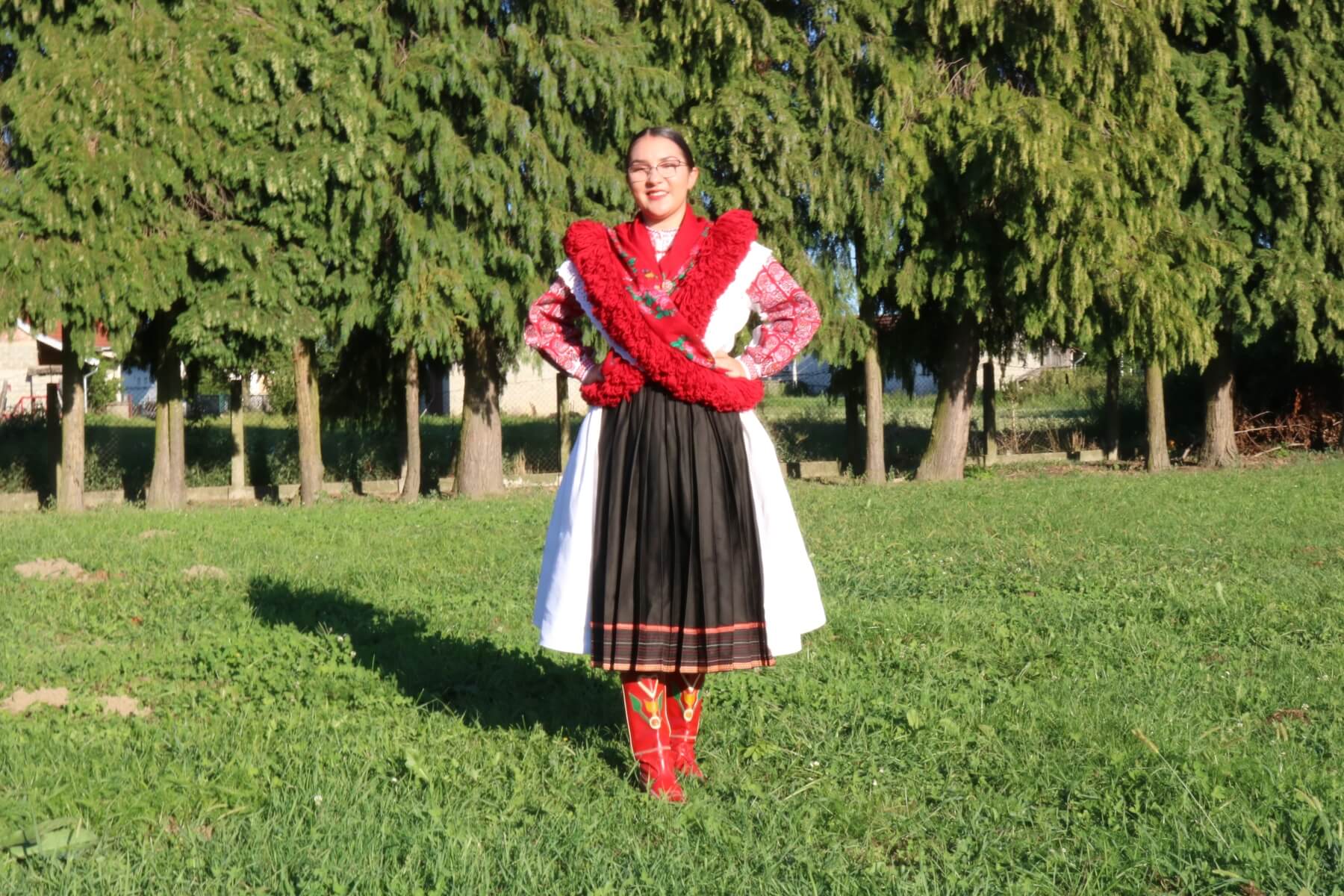 A friendly local wears the folk costume of the small region surrounding Koprivnički Ivanec, near Koprivnica. The costume features the incredibly intricate Ivanečki vez embroidery, which has been safeguarded locally for over 90 years and is now a protected part of Croatia's cultural heritage. Photo © Marc Rowlands.
A friendly local wears the folk costume of the small region surrounding Koprivnički Ivanec, near Koprivnica. The costume features the incredibly intricate Ivanečki vez embroidery, which has been safeguarded locally for over 90 years and is now a protected part of Croatia's cultural heritage. Photo © Marc Rowlands.
Actually, the true essence of the country you'll find in the Croatians themselves. And yet, their history is all too often obscured by the impositions of empires that once were here. However, we can find this history away from the major cities, the centres of influence. We find it in the villages. Specifically, in their folk costume, their folk song and folk dance. And we find it in the art there.
What is Naive Art?
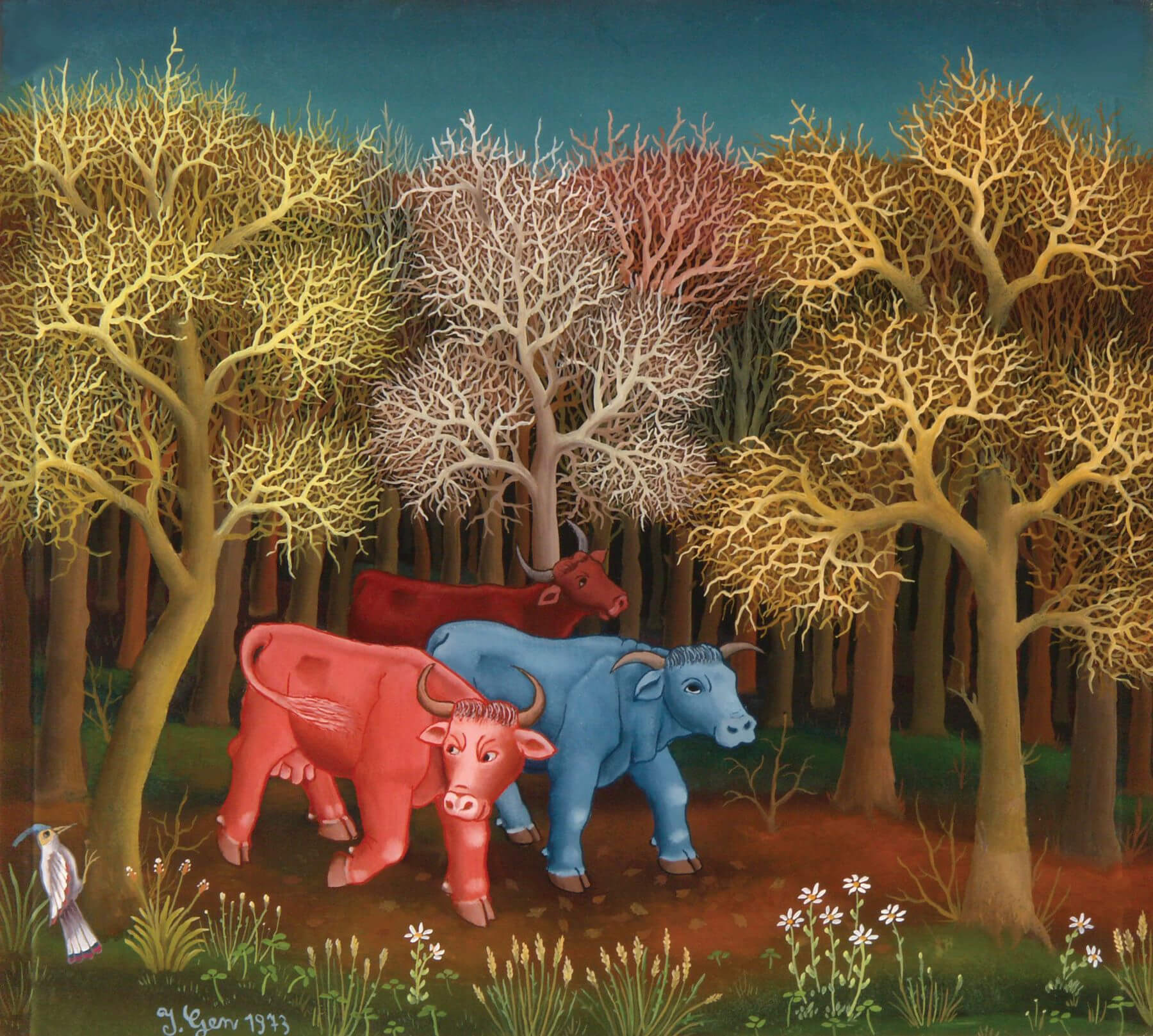 Cows In The Woods by Ivan Generalić, hanging at the Galerija naivne umjetnosti (Gallery of Naive Art), Hlebine © Koprivnica Town Museum
Cows In The Woods by Ivan Generalić, hanging at the Galerija naivne umjetnosti (Gallery of Naive Art), Hlebine © Koprivnica Town Museum
Naive art is any art made by someone who has received no formal or classical training. In this sense, the earliest discovered art of humans – cave paintings – are naïve art. However, there is nothing the classical art world likes more than specifically defining art movements. And, to them, the modern era of European Naive Art begins in the late 19th Century, with a growing appreciation of painters like French Post-Impressionist Henri Rousseau (1844–1910).
Because of the lack of formal, classical or academic training, it is said that common characteristics exist within the work of many Naive Artists. Specifically, these characteristics stem from an ignorance of strict perspective. Naive Artists often do not mute colours or lessen detail with distance. Also, they often don't attempt to accurately decrease the size of objects at distance.
Croatian culture as a part of national identity
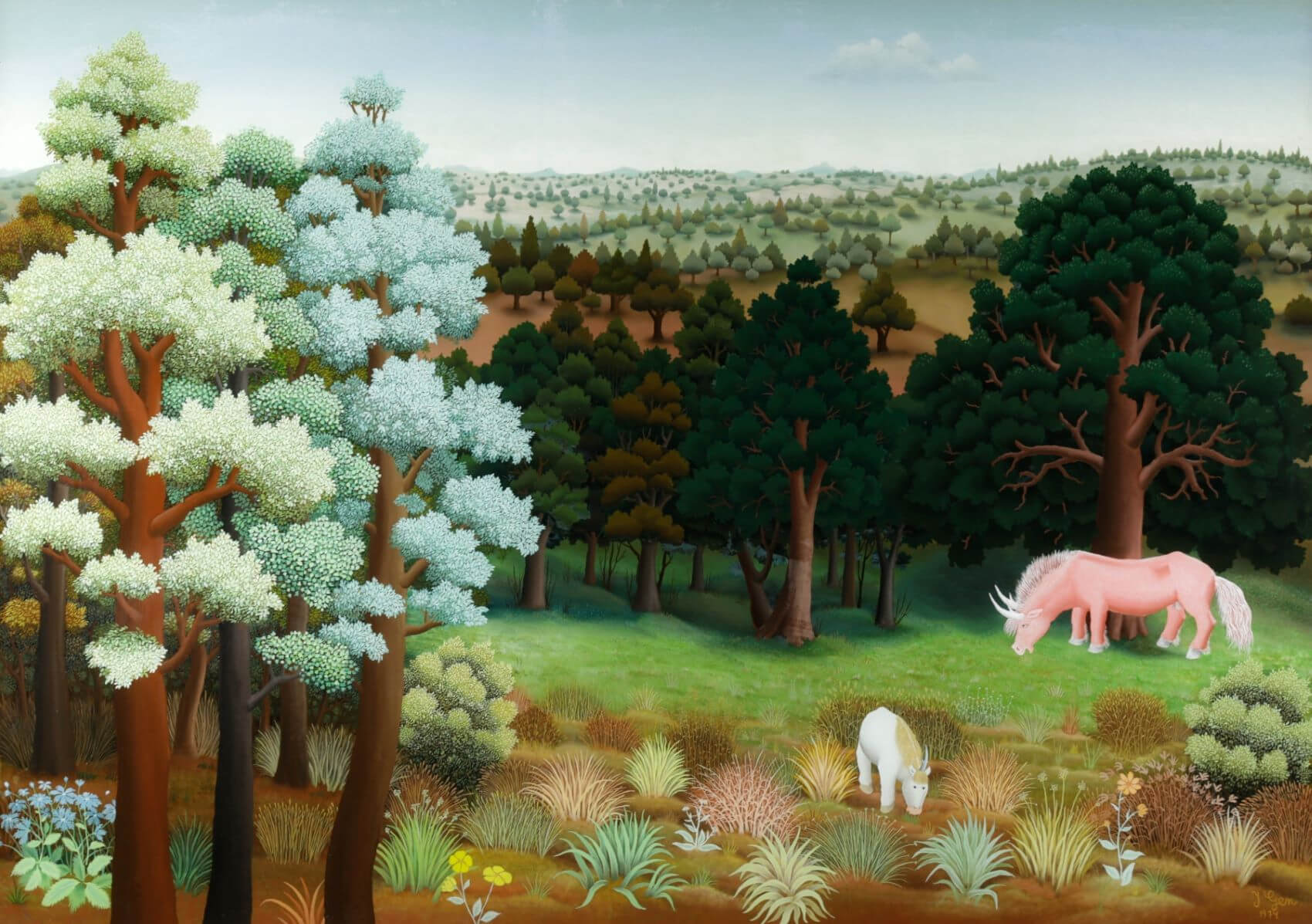 Horned horse by Ivan Generalić, hanging at the Galerija naivne umjetnosti (Gallery of Naive Art), Hlebine © Koprivnica Town Museum
Horned horse by Ivan Generalić, hanging at the Galerija naivne umjetnosti (Gallery of Naive Art), Hlebine © Koprivnica Town Museum
Croatian Naive Art is one of the best recognised and best-loved in the world. In truth, Croatia's movement doesn't begin to emerge until well into the 20th Century. Although, it is important to view the country's Naive Art within its broader search for a Croatian national identity. The roots of this movement stem back over 100 years prior to the emergence of Croatian Naive Art, beginning with the foundation of the Illyrian movement, Matica Hrvatska and more.
This older movement of national awakening had strong preoccupations with language, written text and cultural identity. Actually, its instigators were very much the educated intelligentsia of cities like Zagreb.
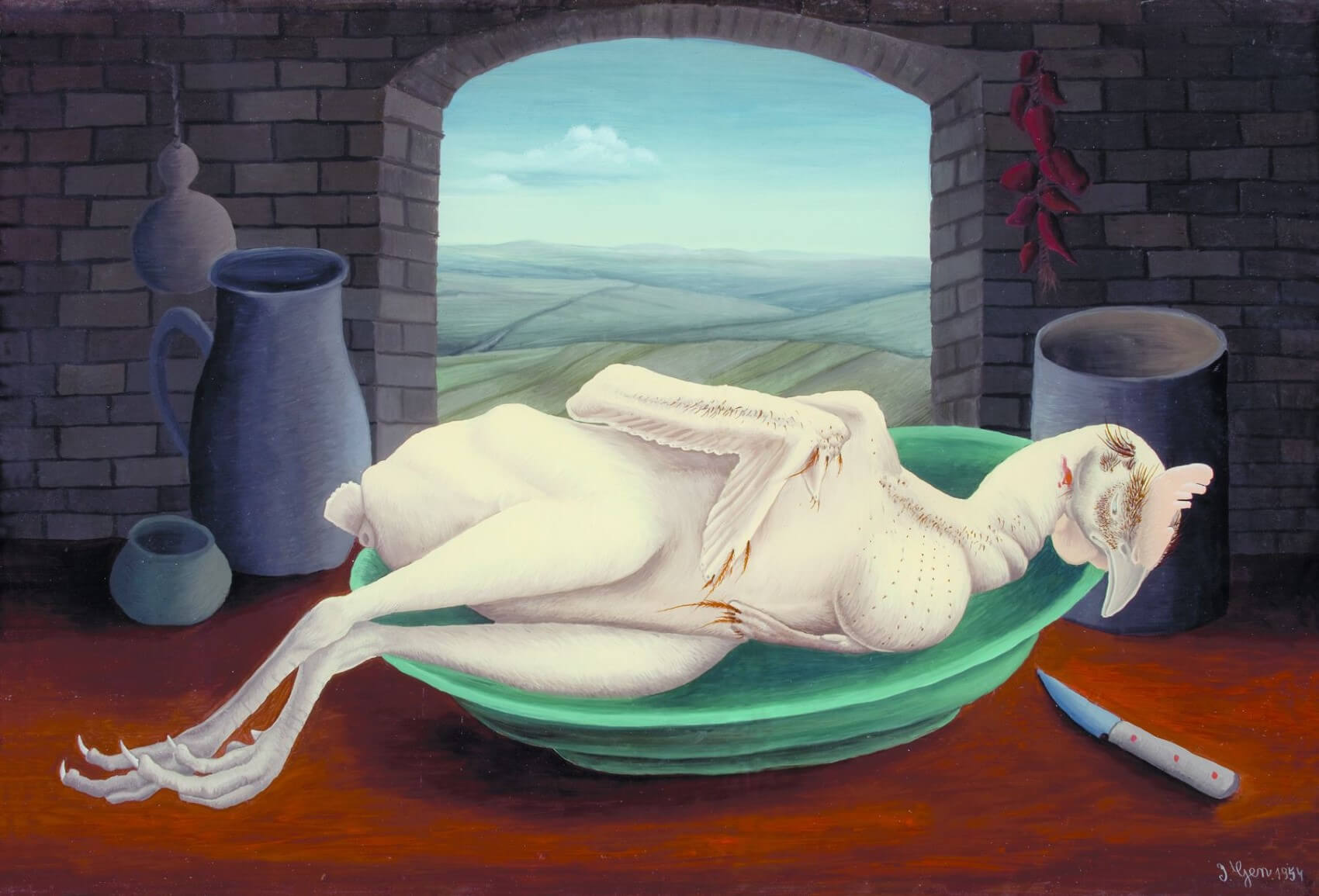 'A Battered Rooster' by Ivan Generalić, hanging at the Galerija naivne umjetnosti (Gallery of Naive Art), Hlebine © Koprivnica Town Museum
'A Battered Rooster' by Ivan Generalić, hanging at the Galerija naivne umjetnosti (Gallery of Naive Art), Hlebine © Koprivnica Town Museum
Before the end of World War I, Russia had undergone two revolutions. After the war, the German, Austro-Hungarian and Ottoman empires collapsed. Much of Europe was plunged into over half a decade of political upheaval - revolts, unrest and strikes by workers. Mostly socialist in sentiment - organised by workers and disillusioned former soldiers – this unrest and the accompanying birth of new nations lay not in the hands of the inner-city intelligentsia. And, many believed the cultural and artistic expression which reflected this new era should also come from the proletariat.
Krsto Hegedušić and the Earth Group (Grupa Zemlja)
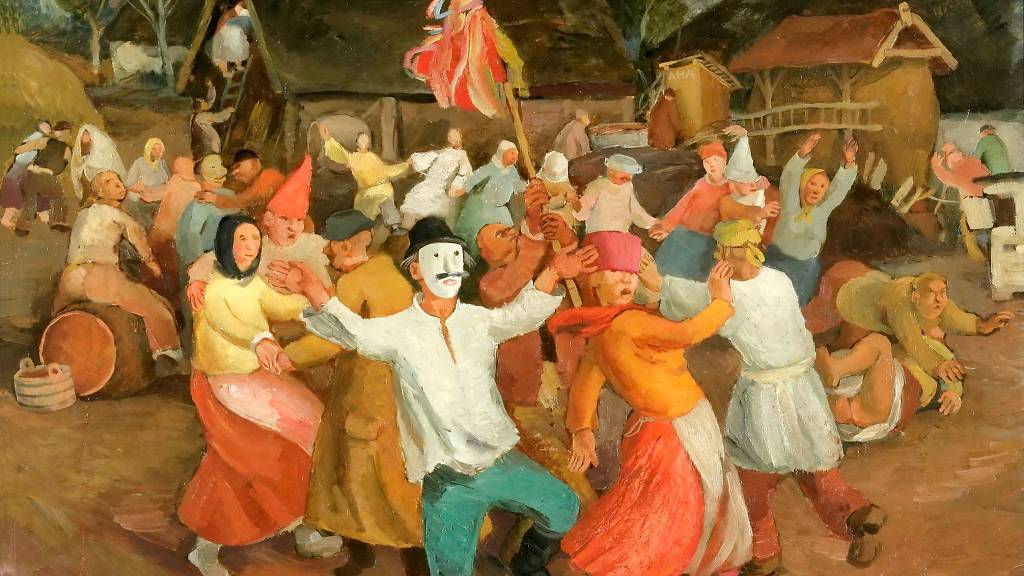 Krsto Hegedušić 'poklade' © Muzej moderne i suvremene umjetnosti Rijeka (MMSU)
Krsto Hegedušić 'poklade' © Muzej moderne i suvremene umjetnosti Rijeka (MMSU)
One Croat who believed strongly in this was painter Krsto Hegedušić. He co-founded the Earth Group in 1929 during a challenging period for Croatia. Europe was still reaping the dire economic repercussions of the First World War. Croatia had finally been freed of Austro-Hungarian hegemony, only to be forced into existing within another monarchy.
The founding beliefs of the Earth Group were that authentic artistic expression should be a product of the time and space whence it came and should be free of foreign influence. Art should not be created for the sake of art, but to depict an actual reality.
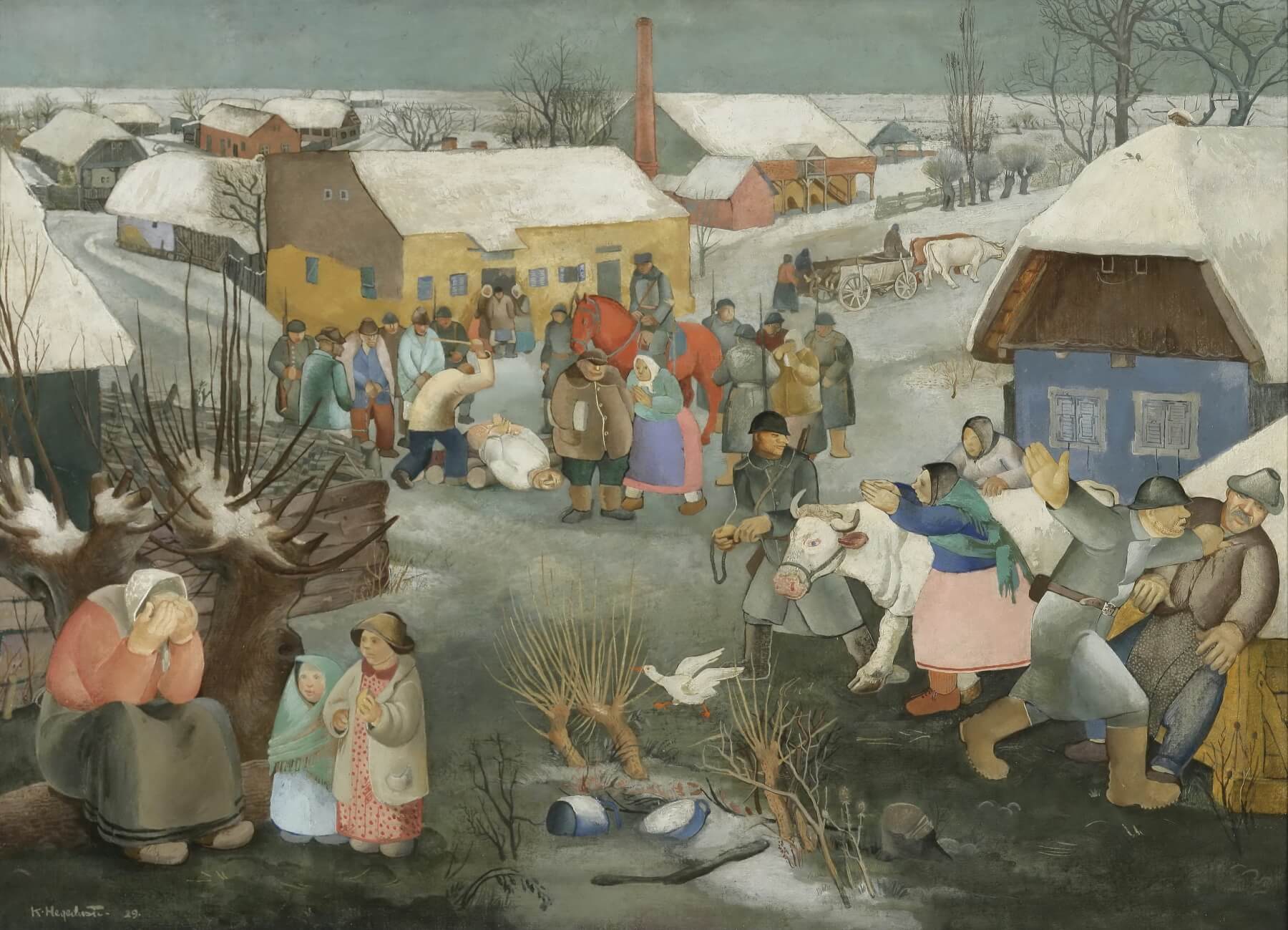 Krsto Hegedušić 'Rekvizicija (Requisition)', 1929 © Museum of Modern and Contemporary Art, Rijeka
Krsto Hegedušić 'Rekvizicija (Requisition)', 1929 © Museum of Modern and Contemporary Art, Rijeka
Krsto Hegedušić himself was very much a product of his studies. In 1920 he enrolled in what is today the Academy of Fine Arts in Zagreb. After graduating, he spent an additional two years on a scholarship in Paris. And yet, as a painter, his subject matter often reflected the world around him. Social critiques, within his work he depicted everyday poverty and the exploitation of Croatian peasants.
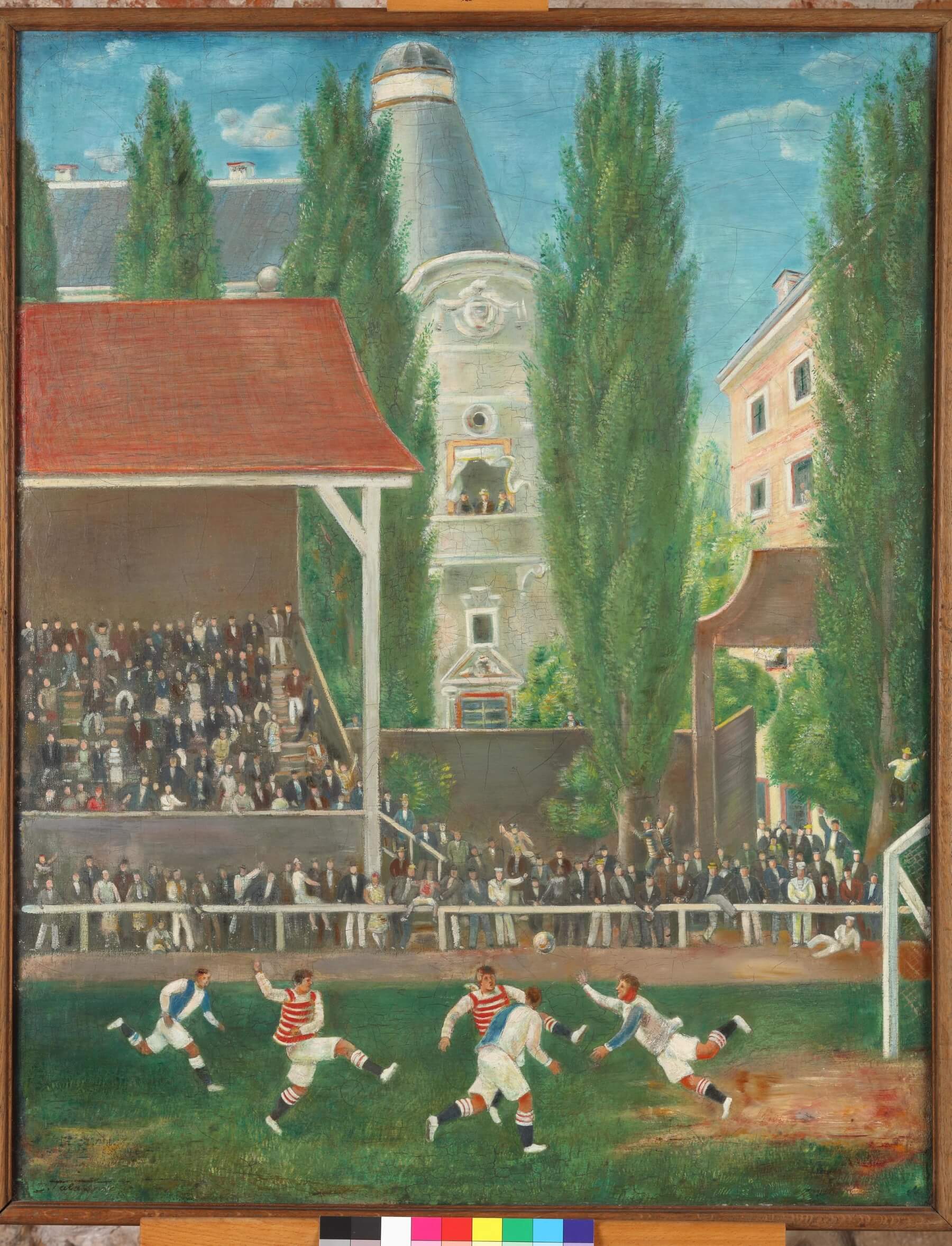 'Football match' by another of the Earth Group's founding members, Ivan Tabaković, 1927 © Gallery of Matica srpska, Novi Sad
'Football match' by another of the Earth Group's founding members, Ivan Tabaković, 1927 © Gallery of Matica srpska, Novi Sad
Born in Petrinja, Krsto Hegedušić spent summer holidays in the idyllic countryside and agricultural land surrounding his father's birth village of Hlebine, Podravina. When he was aged just 8 years old, Krsto's father died. Subsequently, the family moved to Hlebine. Later, Krsto would spend time living in Zagreb, not least for the duration of his studies. But, just one year into the life of the Earth Group, Krsto Hegedušić discovered a teenage artist back in Hlebine.
Hlebine School First Generation: Ivan Generalić, Franjo Mraz and Mirko Virius
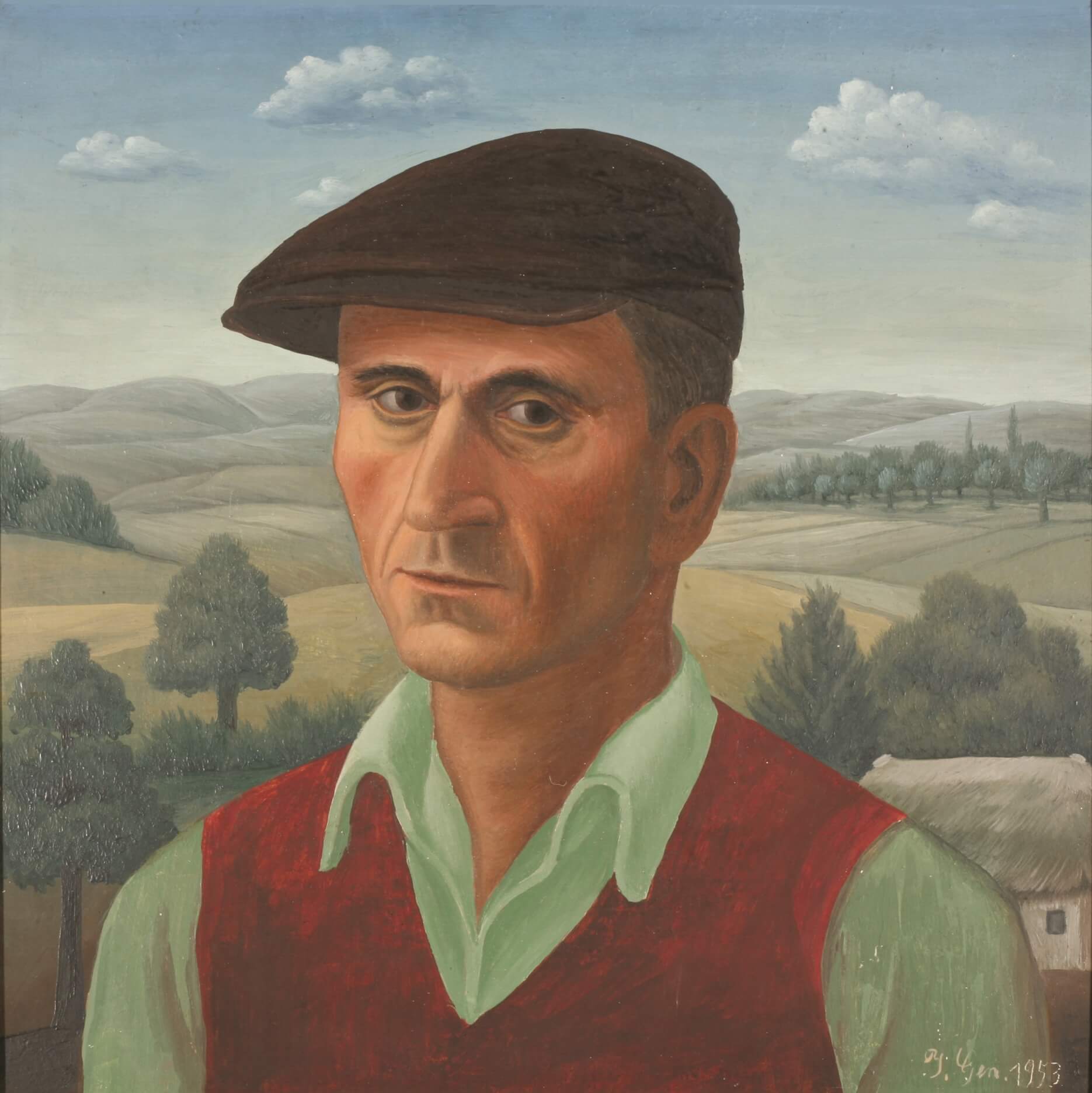 Self-portrait by Ivan Generalić, hanging at the Galerija naivne umjetnosti (Gallery of Naive Art), Hlebine. Photo © Koprivnica Town Museum
Self-portrait by Ivan Generalić, hanging at the Galerija naivne umjetnosti (Gallery of Naive Art), Hlebine. Photo © Koprivnica Town Museum
When we speak of the Hlebine School within Croatian Naive Art we are not actually talking about a building, an institution of learning. After all, the very definition of a Naive Artist is they are not classically trained. Instead, the Hlebine School is a discipline. And, more so than any Croatian Naive Art that followed, it is quite easy to define.
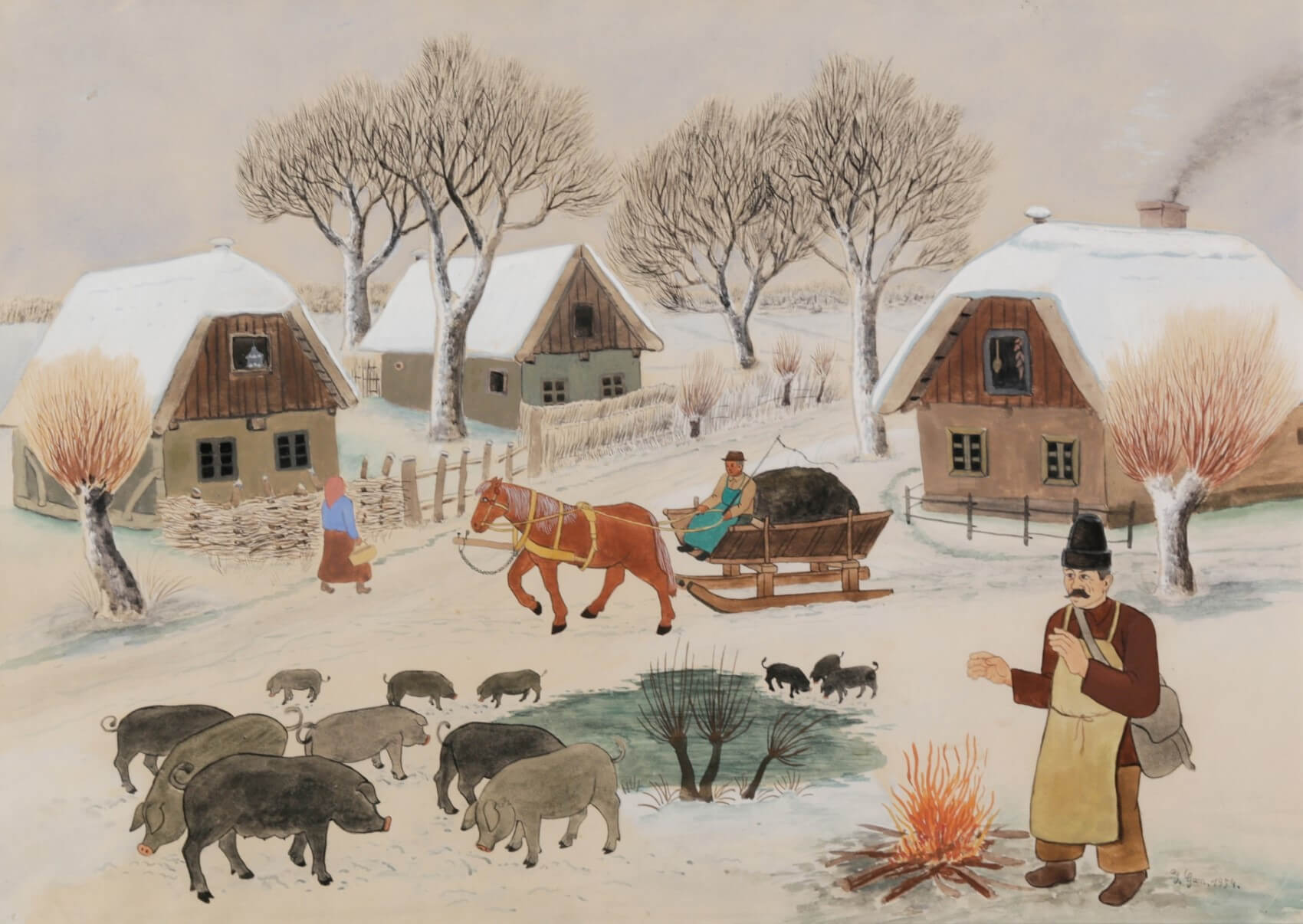 'Kanas' by Ivan Generalić, hanging at the Galerija naivne umjetnosti (Gallery of Naive Art), Hlebine © Koprivnica Town Museum
'Kanas' by Ivan Generalić, hanging at the Galerija naivne umjetnosti (Gallery of Naive Art), Hlebine © Koprivnica Town Museum
Within its first generation, the three most prominent artists are Ivan Generalić, Franjo Mraz and Mirko Virius. Both Ivan Generalić and Franjo Mraz were born, lived and were discovered by Krsto Hegedušić in the village of Hlebine. Mirko Virius was from Đelekovec, less than 15 kilometres to their north-west.
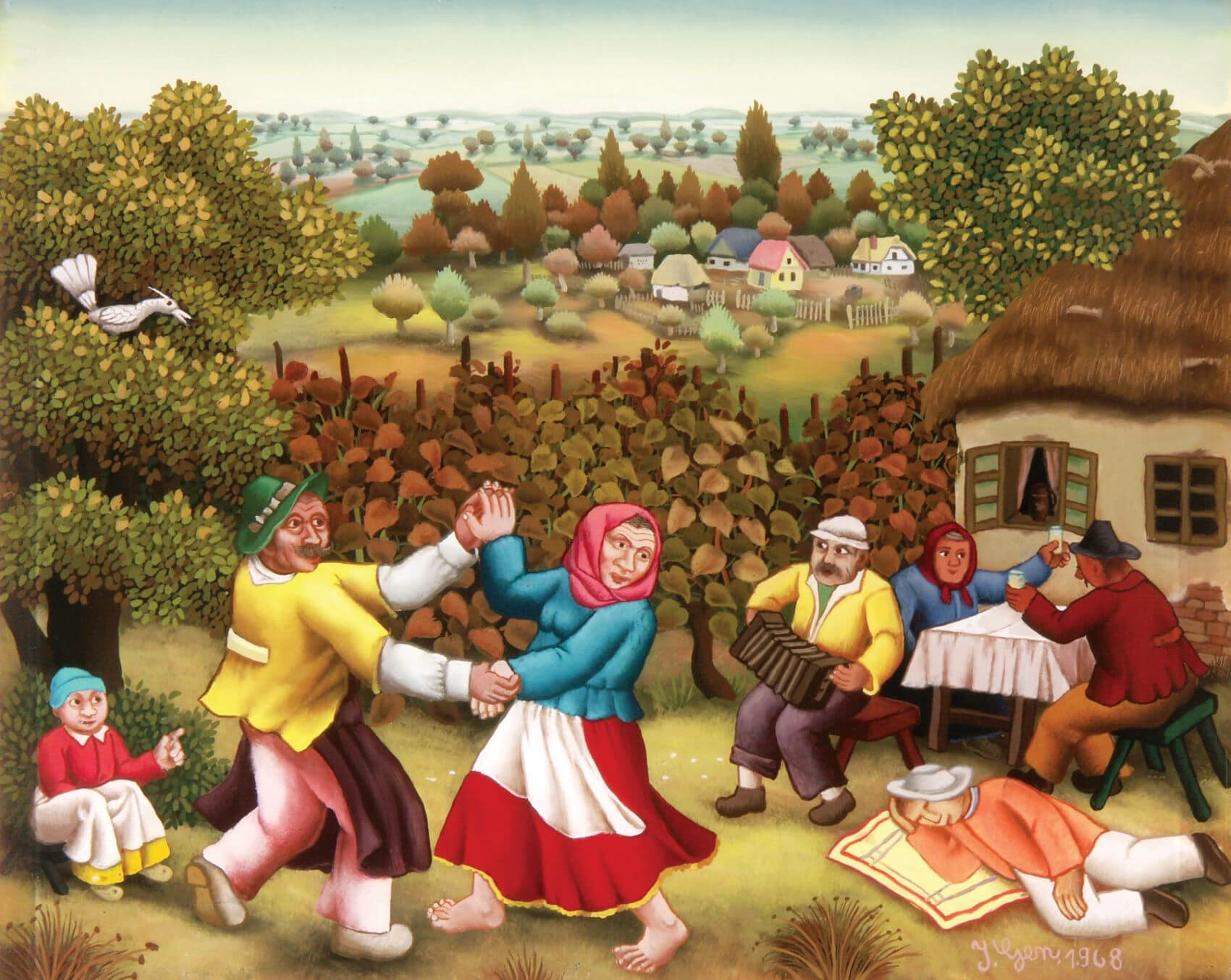 'Ples v goricaj' by Ivan Generalić, hanging at the Galerija naivne umjetnosti (Gallery of Naive Art), Hlebine © Koprivnica Town Museum
'Ples v goricaj' by Ivan Generalić, hanging at the Galerija naivne umjetnosti (Gallery of Naive Art), Hlebine © Koprivnica Town Museum
Key to identifying the Hlebine School in its First Generation is the subject matter. All three of these artists painted the world around them – their neighbours and peers, living everyday lives, in the villages, landscape and towns of today's Koprivnica-Križevci County. Certainly, Krsto Hegedušić helped inspire this subject matter, moulding the artists to suit the ethos of the Earth Group.
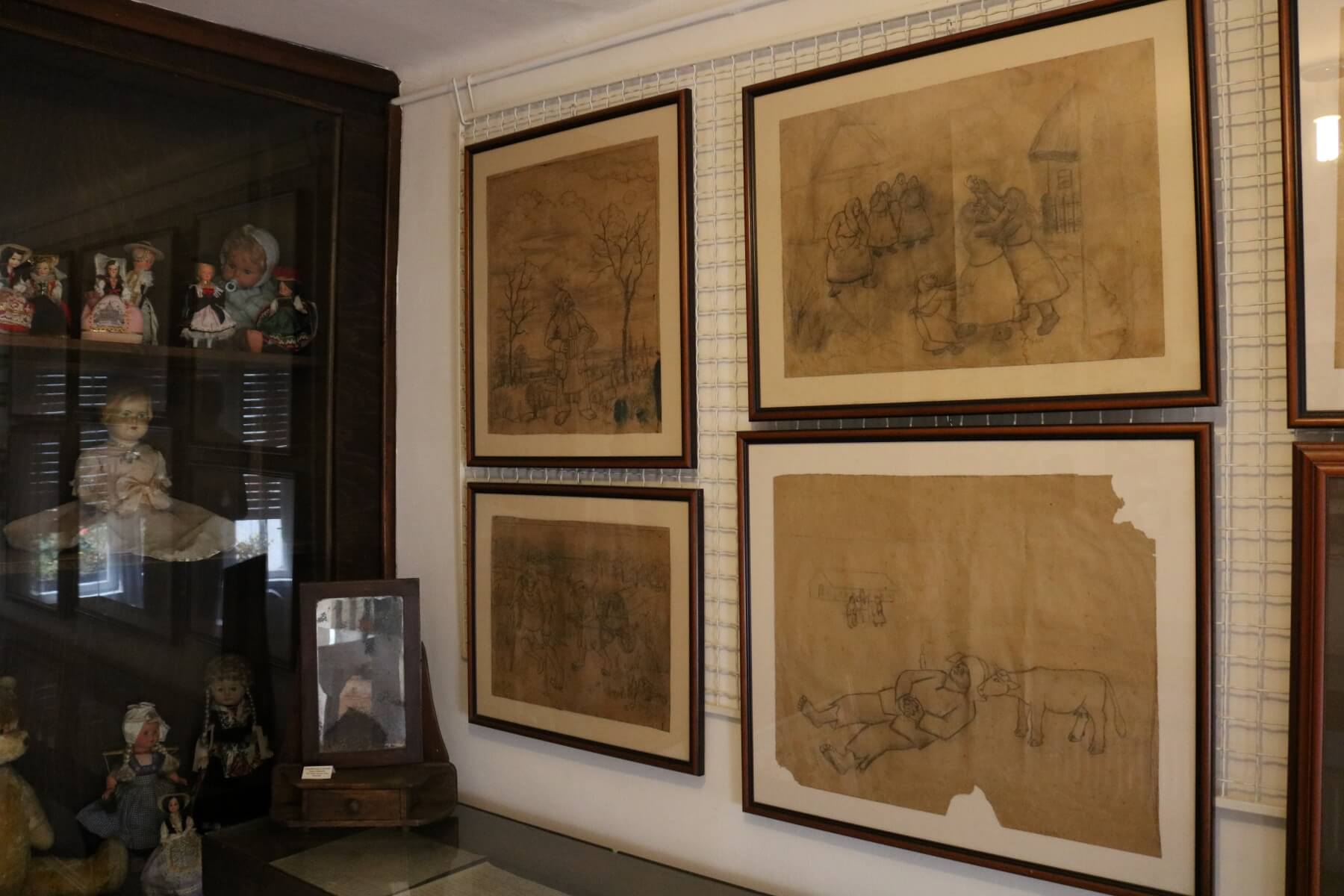
Ivan Generalić was just 16 years old when discovered by Krsto Hegedušić in 1930. The meeting would have a fast and long-lasting impact on Generalić. Ivan's humble early canvasses were the brown paper bags used in the business of a close relative. Yet, within a year of meeting Hegedušić, Ivan Generalić found his work being exhibited in Zagreb.
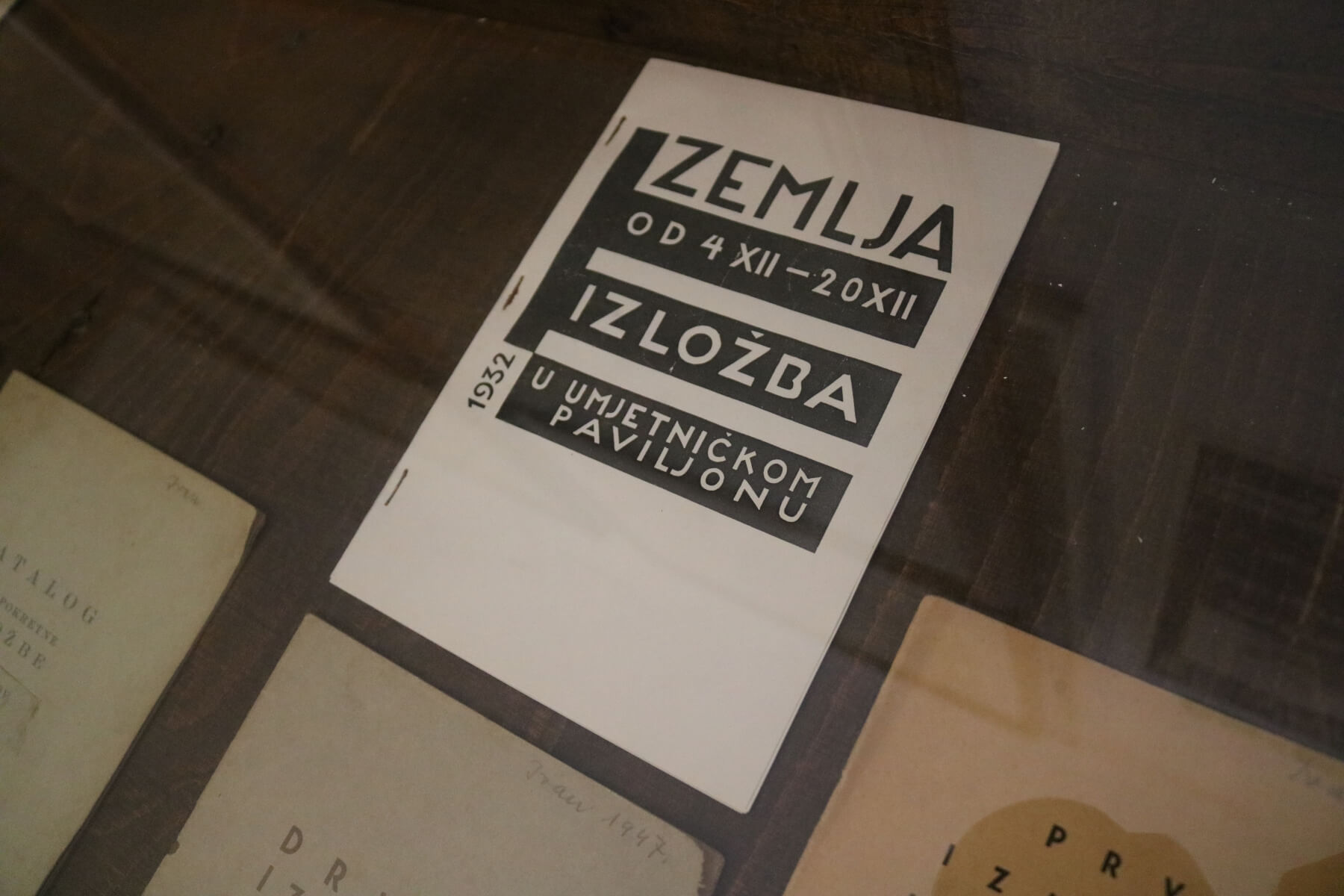
Hegedušić's shaping of the artists didn't obliterate their existing perspectives as much as it simply shifted them. For instance, Hegedušić's advice might have been "Instead of painting the church, why not paint people walking to the church in the snow?" or "Instead of marking the religious holiday by painting its origin story, why not show how you and your neighbours celebrate this holiday?"
Whether Hegedušić was conscious of doing it, or whether the artists were willfully lead, this guidance ultimately had the effect of politicising their work. In turn, this would lead the most authentic of all Croatian art into dangerous times when fascists took over the country. Proletarian in their themes, the Hlebine School and the Earth Group became viewed as Communist. The latter group was banned and Hegedušić arrested several times. During the Second World War, Mirko Virius was arrested, taken to a concentration camp in Zemun and executed. Ivan Generalić's painting of the sorrowful incident, 'The Death of Virius', is among his most famous. Franjo Mraz was also arrested during World War II but managed to escape.
 'Mask' by Ivan Generalić, hanging at the Galerija naivne umjetnosti (Gallery of Naive Art), Hlebine © Koprivnica Town Museum
'Mask' by Ivan Generalić, hanging at the Galerija naivne umjetnosti (Gallery of Naive Art), Hlebine © Koprivnica Town Museum
Aside from informing the subject matter of their work, Hegedušić also educated the painters in different techniques. One of these techniques – painting on glass – would become an enduring component of the Hlebine School and Croatian Naive Art.
Painting on glass
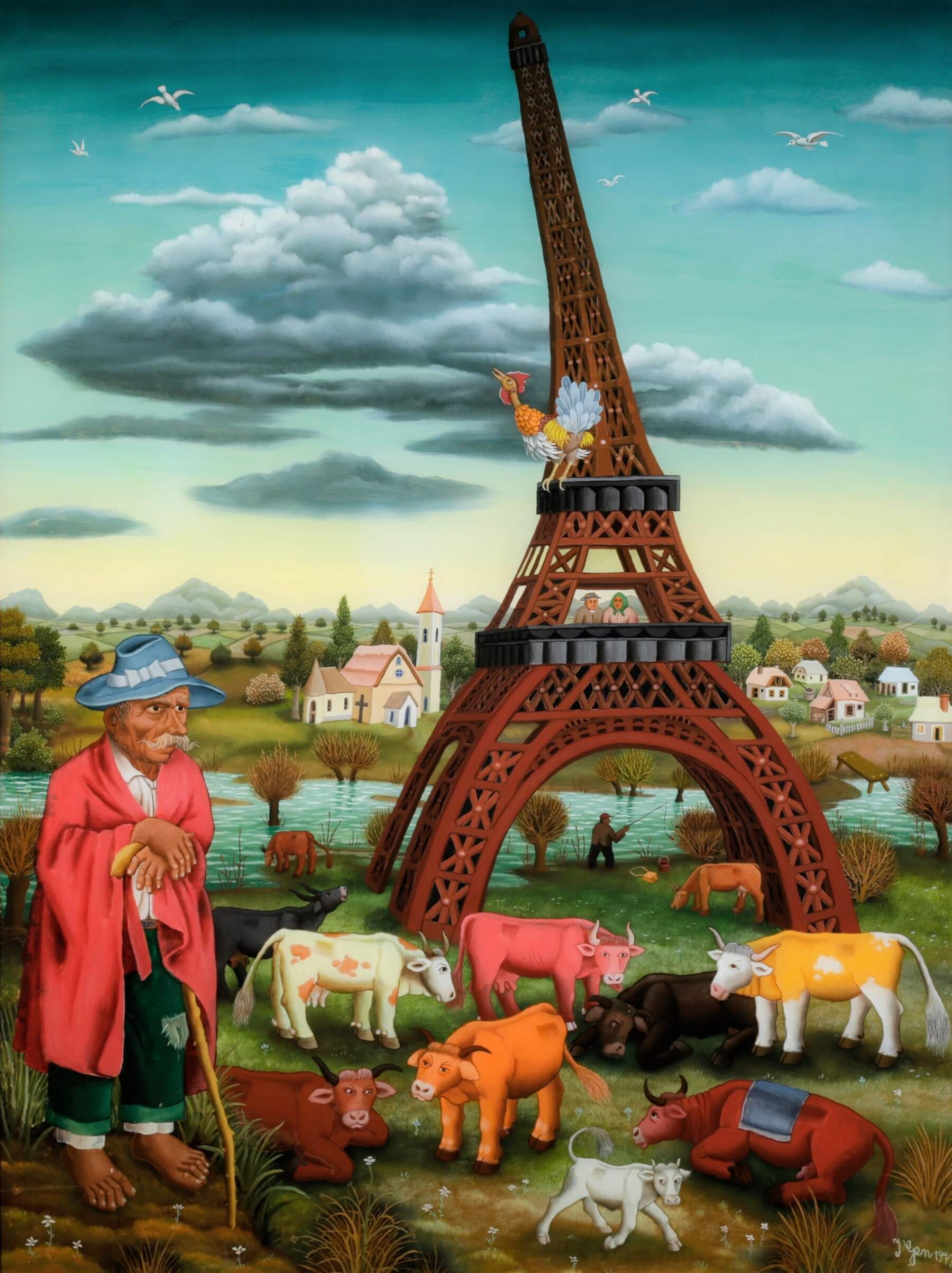 'Eiffel Tower' by Ivan Generalić. The original hangs at Galerija naivne umjetnosti (Gallery of Naive Art), Hlebine © Koprivnica Town Museum
'Eiffel Tower' by Ivan Generalić. The original hangs at Galerija naivne umjetnosti (Gallery of Naive Art), Hlebine © Koprivnica Town Museum
Copying the style from imported religious art, when Hlebine School artists learned to paint on glass, it gave their efforts several distinct qualities. Firstly, if stored in the right conditions – away from damaging light – the glass protects the colours of the paint. As a result, much Hlebine School art is as brilliantly vivid today as the day it was first painted.
Secondly, this format makes the works heavy and fragile. Several masterpieces have been lost by falling to the floor and smashing.
Thirdly, painting on glass is time-consuming and challenging. Each painting must be thought out and planned in advance. The painter initially makes a sketch or preliminary painting as a guide. The image is then transferred to glass effectively in reverse. Details in the forefront of the painting must be applied first, with the background painted on top. Throughout the process, the artist will continuously check their progress on the opposite side of the glass.
Hlebine School Second Generation and onwards: Josip Generalić, Ivan Večenaj, Ivan Lacković, Mijo Kovačić, Franjo Filipović, Dragan Gaži
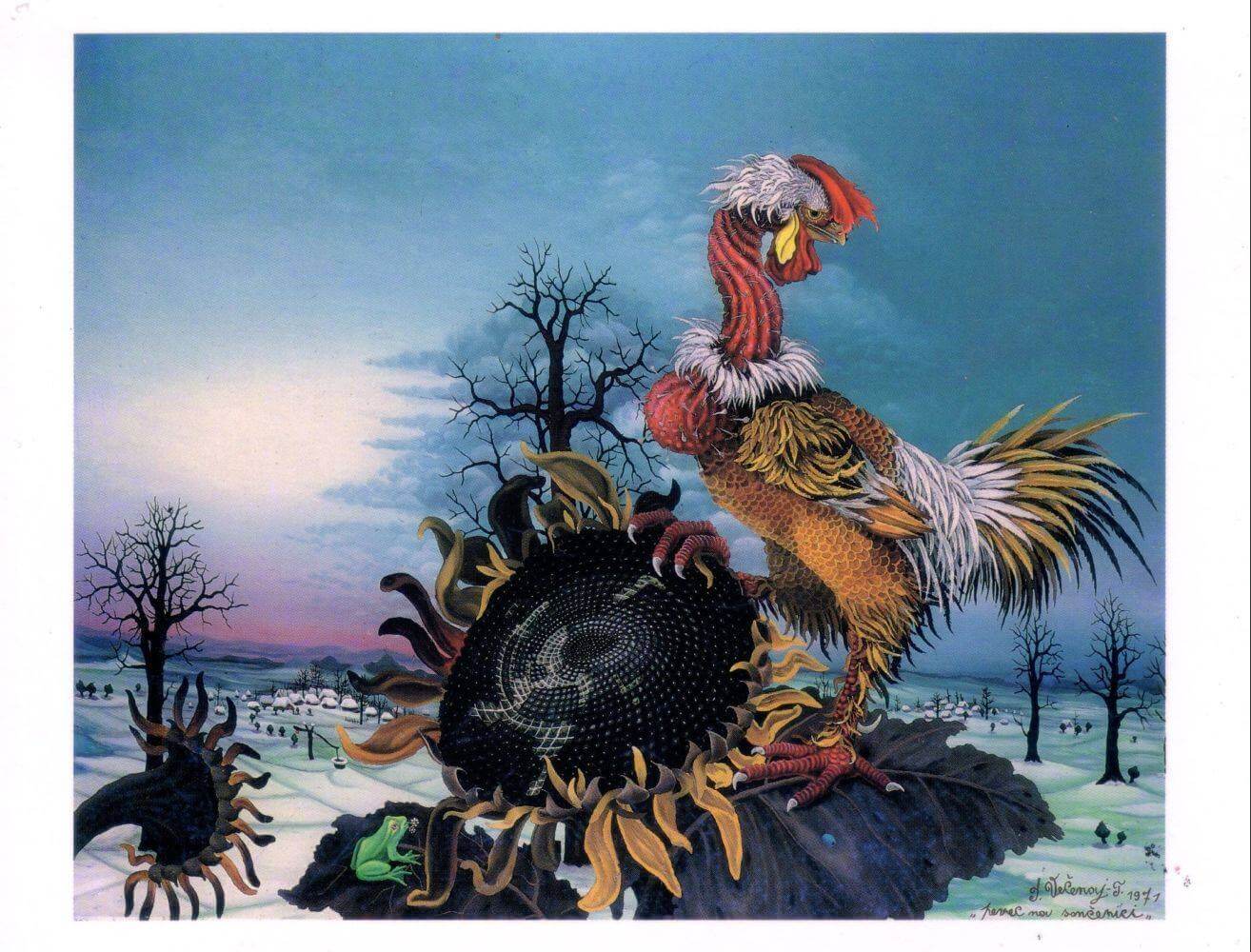 Rooster on Sunflower by Ivan Večenaj © Galerija Ivan Večenaj
Rooster on Sunflower by Ivan Večenaj © Galerija Ivan Večenaj
Perhaps to their surprise, the painters of Hlebine School first generation became a big hit. Exhibitions of their work were appreciated first in Zagreb. But, then the exhibitions began to tour across Yugoslavia and eventually the art capitals of the world. This attention would help inspire a new generation of artists from Hlebine and the surrounding area.
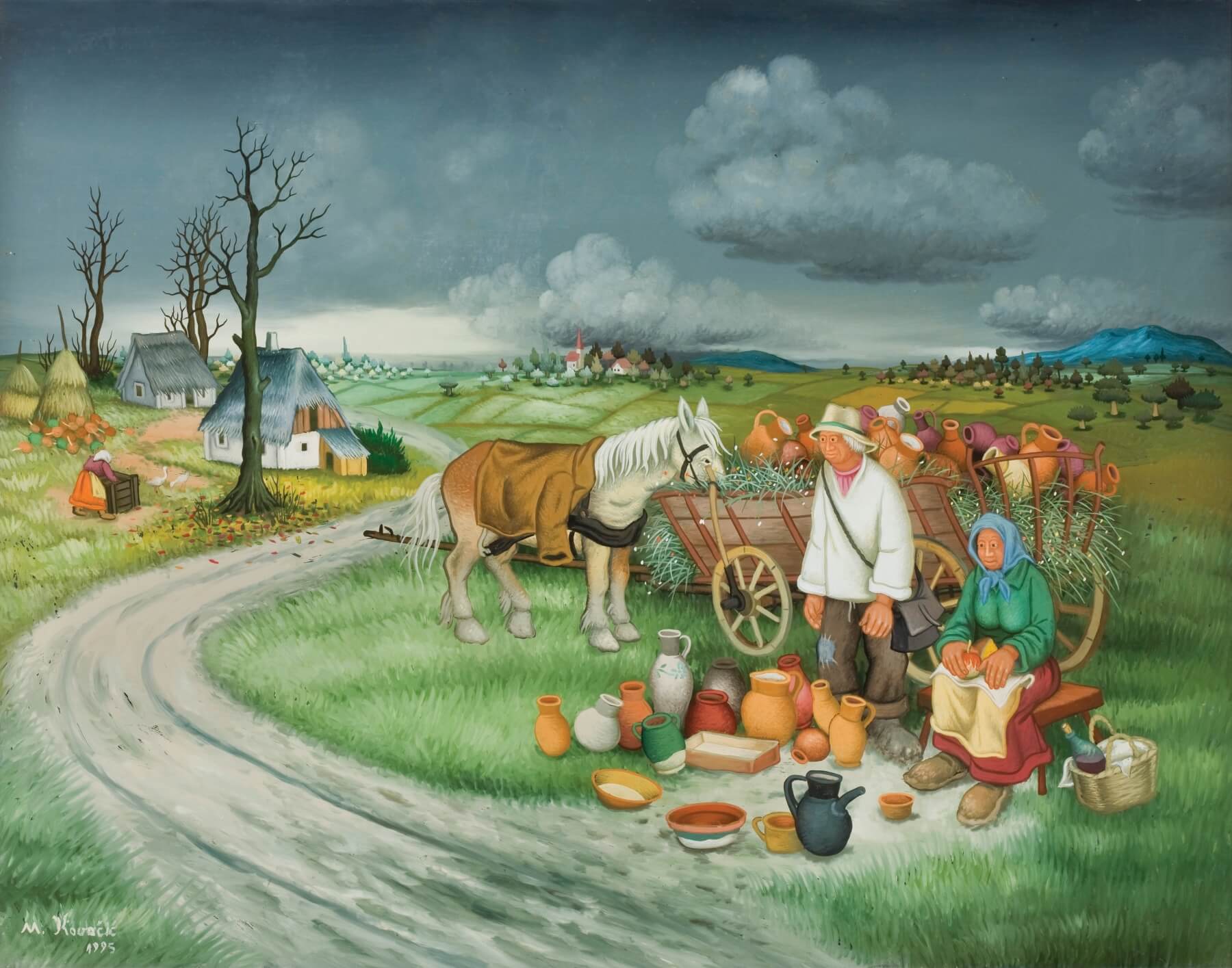 'Lončari' by Mijo Kovačić at Galerija Mijo Kovačić © Koprivnica Town Museum
'Lončari' by Mijo Kovačić at Galerija Mijo Kovačić © Koprivnica Town Museum
Success for the Hlebine School artists showed that Croatian art and self-expression were valid and valued even if unstudied. Thereafter, the tiny village of Hlebine would never look the same. More and more Naive Artists and folk artists were inspired to create. Still to this day, many continue.
While some Hlebine School artists carried on the tradition of painting on glass, others were inspired to sculpt in wood or, like Mirko Virius, paint on canvas. One of the key distinctions between later generations of the Hlebine School and the first is the subject matter.
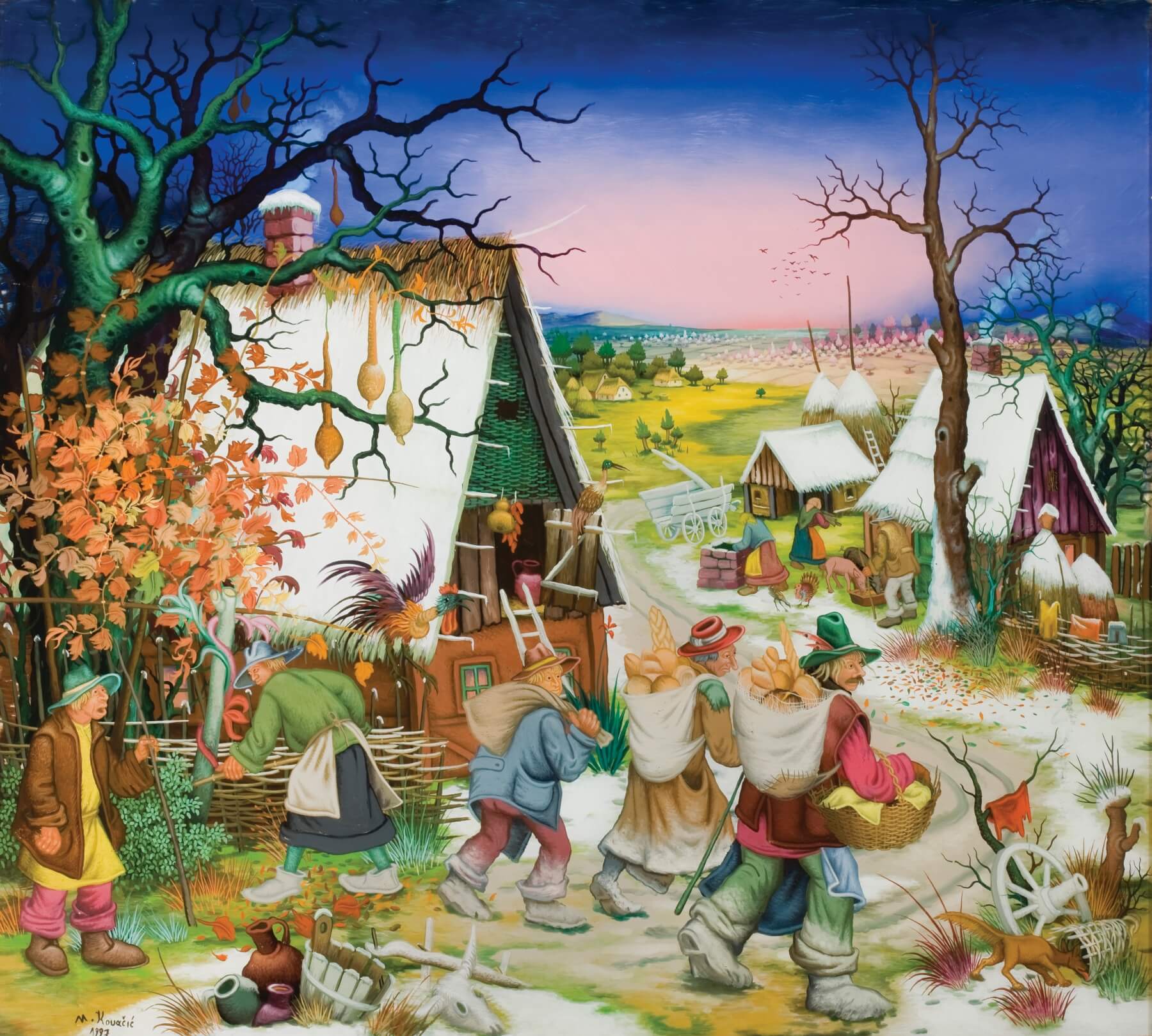 Podravina bread sellers in a picture hanging at Galerija Mijo Kovačić © Koprivnica Town Museum
Podravina bread sellers in a picture hanging at Galerija Mijo Kovačić © Koprivnica Town Museum
Second and then third generation Hlebine School artists were inspired to paint folklore, fantasy, from imagination, and with symbolic uses of vivid colur. This broadening of the style was partially the influence of Dimitrije Bašičević Mangelos, the first curator of the Gallery of Primitive Art in Zagreb (today Croatian Museum of Naïve Art). Subsequently, many of these later works would not fit within the paradigms of the Earth Group.
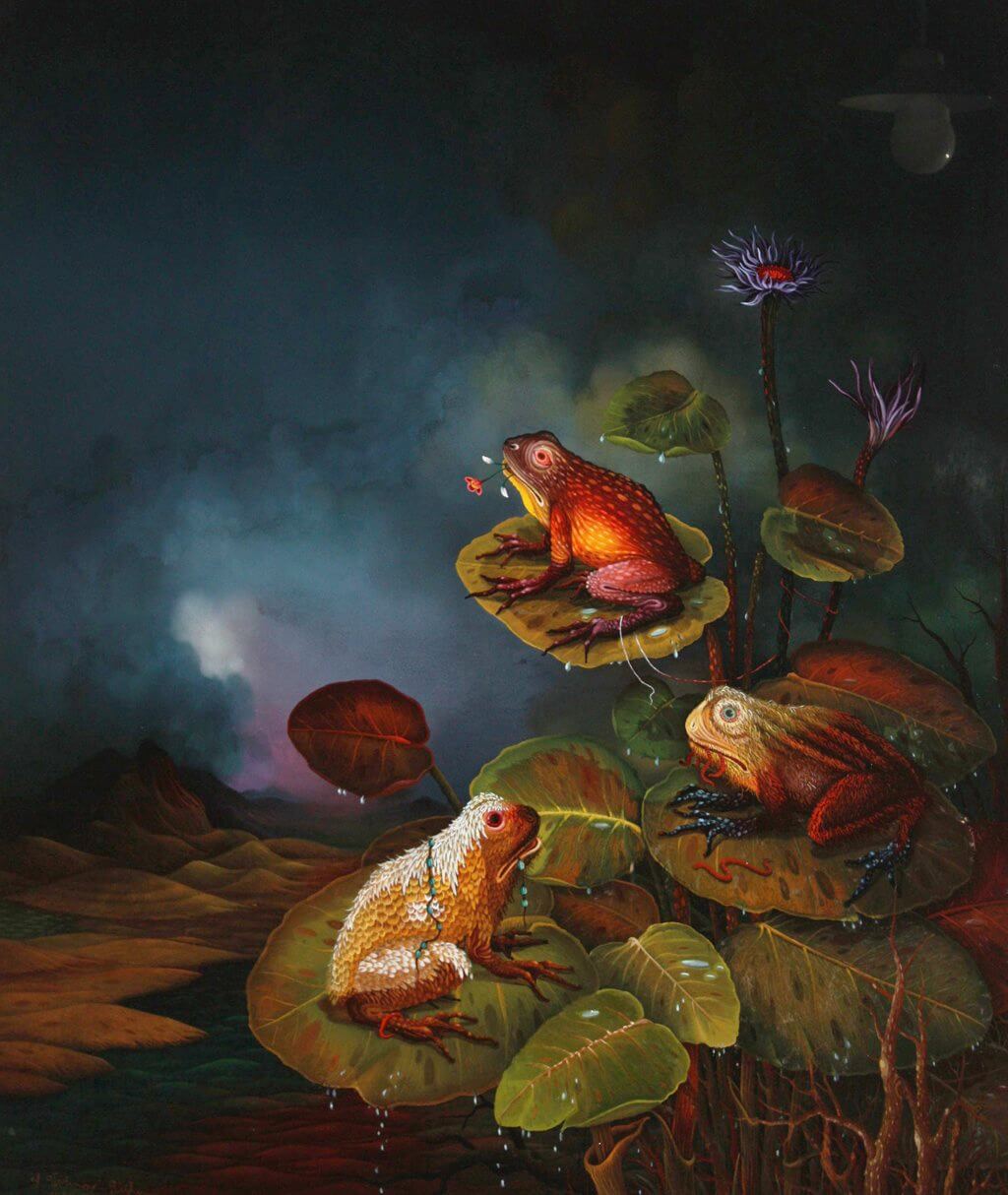 'Žabe (Frogs)' by Ivan Večenaj © Galerija Ivan Večenaj
'Žabe (Frogs)' by Ivan Večenaj © Galerija Ivan Večenaj
For example, some of Ivan Večenaj's sacral paintings clearly come from the author's imagination and not his actual vision. Similarly, Josip Generalić, son of Ivan, travelled far beyond the limits of his home village in pursuit of his socio-political subject matter. Both artists were concerned with environmental issues on a global, not just a local level. Although, their work is still inextricably linked to their locale; Večenaj works the Podravina rooster emblem into many of his paintings and even depicts Christ within a Podravina landscape. So too does Josip Generalić when he paints The Beatles and others from the 60s counterculture movement.
On the Trail of the Hlebine School in Podravina & Prigorje, Home of the Treasures of Croatian Naive Art
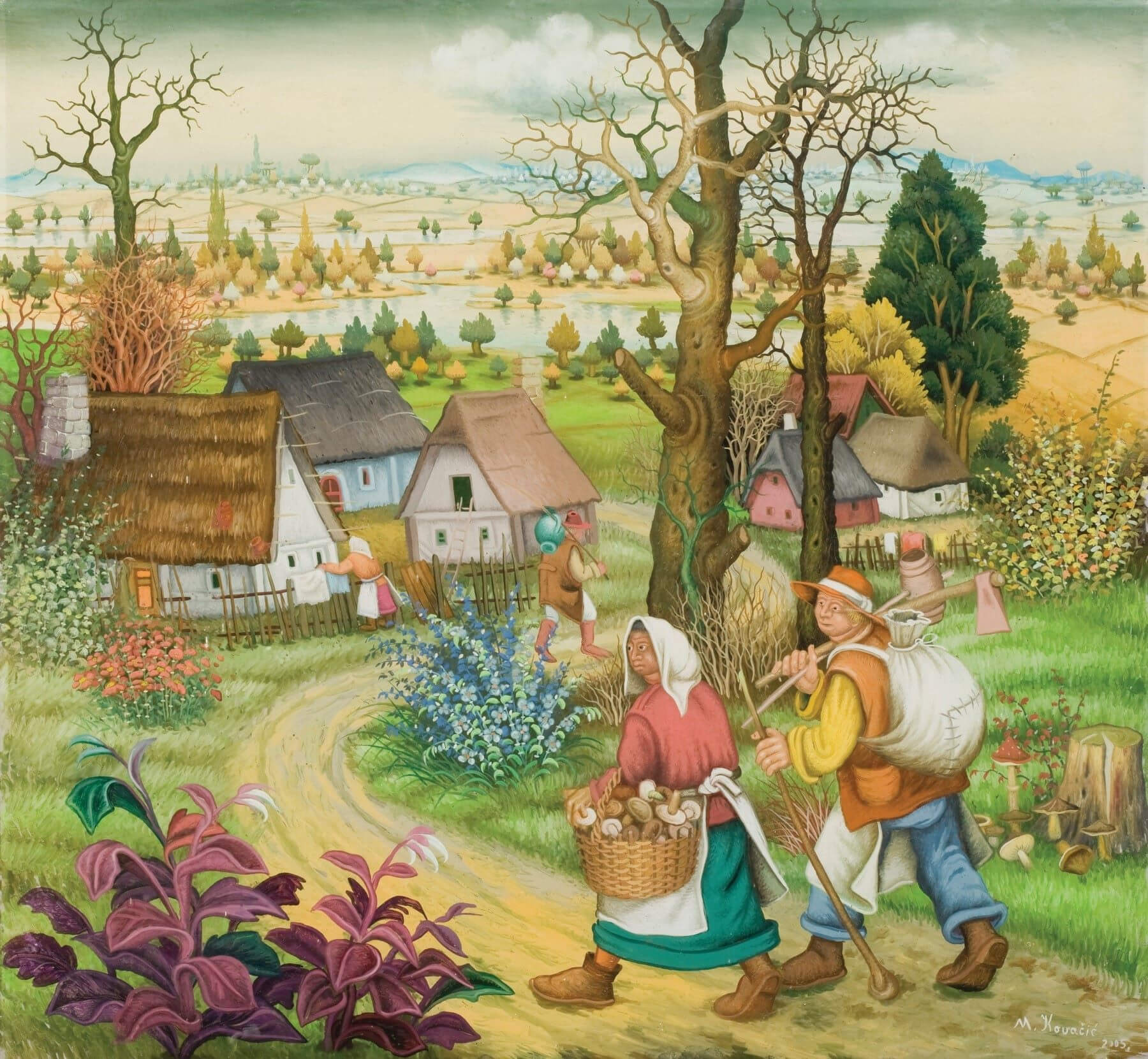 Locals return from mushroom picking in autumnal Podravina in a picture hanging at Galerija Mijo Kovačić © Koprivnica Town Museum
Locals return from mushroom picking in autumnal Podravina in a picture hanging at Galerija Mijo Kovačić © Koprivnica Town Museum
Some Croatian Naive Art is held in private and public collections across the world. Some of it finds a home in the National Museum of Naive Art in Zagreb. However, the vast majority of treasures from the Hlebine School of Croatian Naive Art remain in Podravina & Prigorje. The national Museum of Naive Art in Zagreb is currently closed as it undergoes the lengthy process of changing address. As a result, the following addresses in Koprivnica-Križevci County are currently the best places to see the most authentically Croatian of all the country's art.
Also, because the landscape of Hlebine, Koprivnica and wider Podravina appears in so much Hlebine School art, you genuinely need to come here to view both together. You'll get a much better understanding and appreciation of this art when you see it in its natural surroundings.
Galerija Mijo Kovačić, Koprivnica Town Museum, Koprivnica
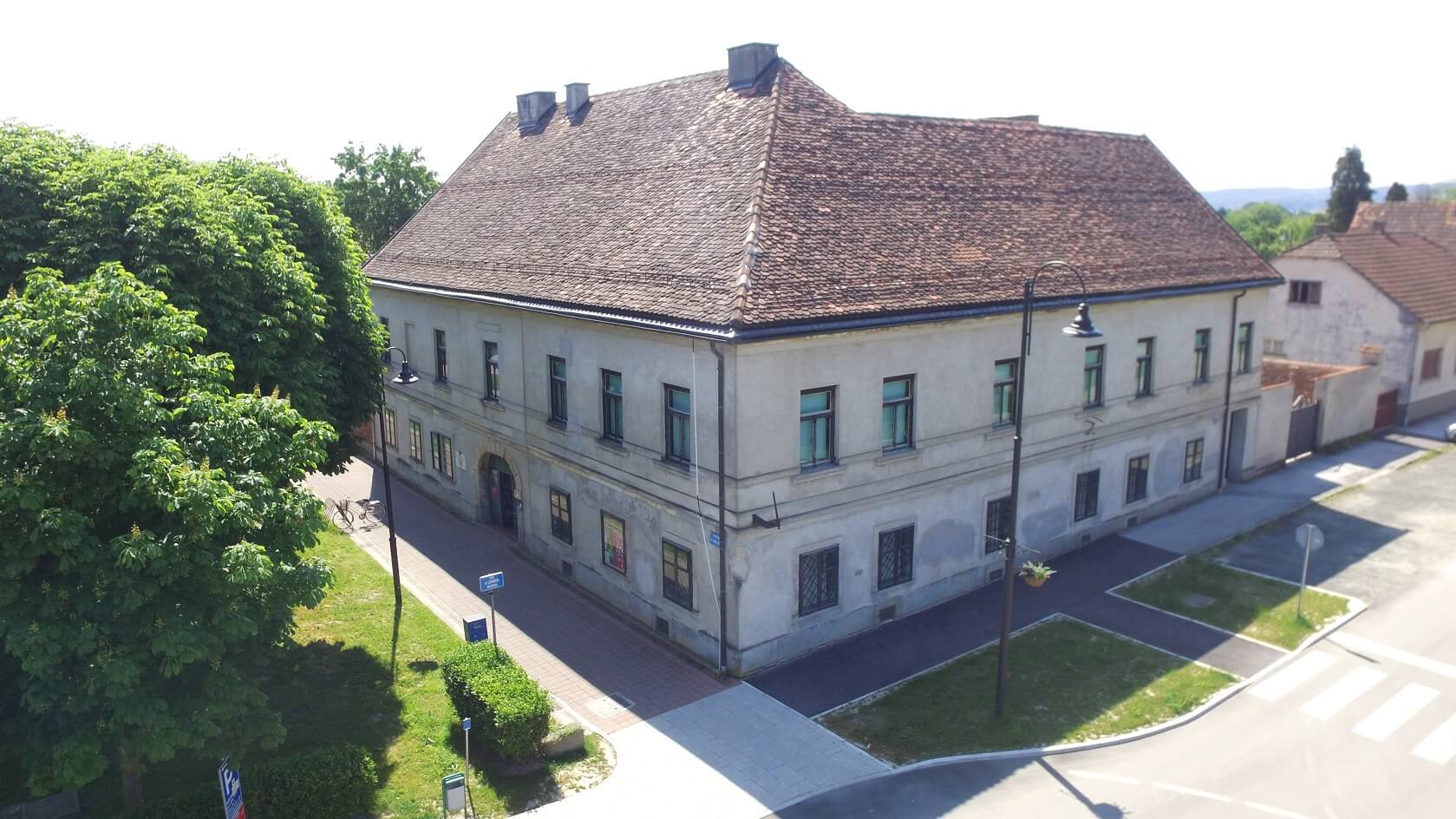 Koprivnica Town Museum © Koprivnica Town Museum
Koprivnica Town Museum © Koprivnica Town Museum
Born 5 August 1935 in Gornja Šuma, Molve, Podravina, Mijo Kovačić is one of the last remaining Croatian Naive Artists of the Hlebine School's second generation. He still paints today, albeit not quite as prolifically as in the past. He has produced such a body of work that not only can you find him exhibited in Croatian Museum of Naïve Art in Zagreb, but also in dedicated Mijo Kovačić galleries in Zagreb and Koprivnica. The one is run by Koprivnica Town Museum, which you can see above. Find out more about the gallery here.
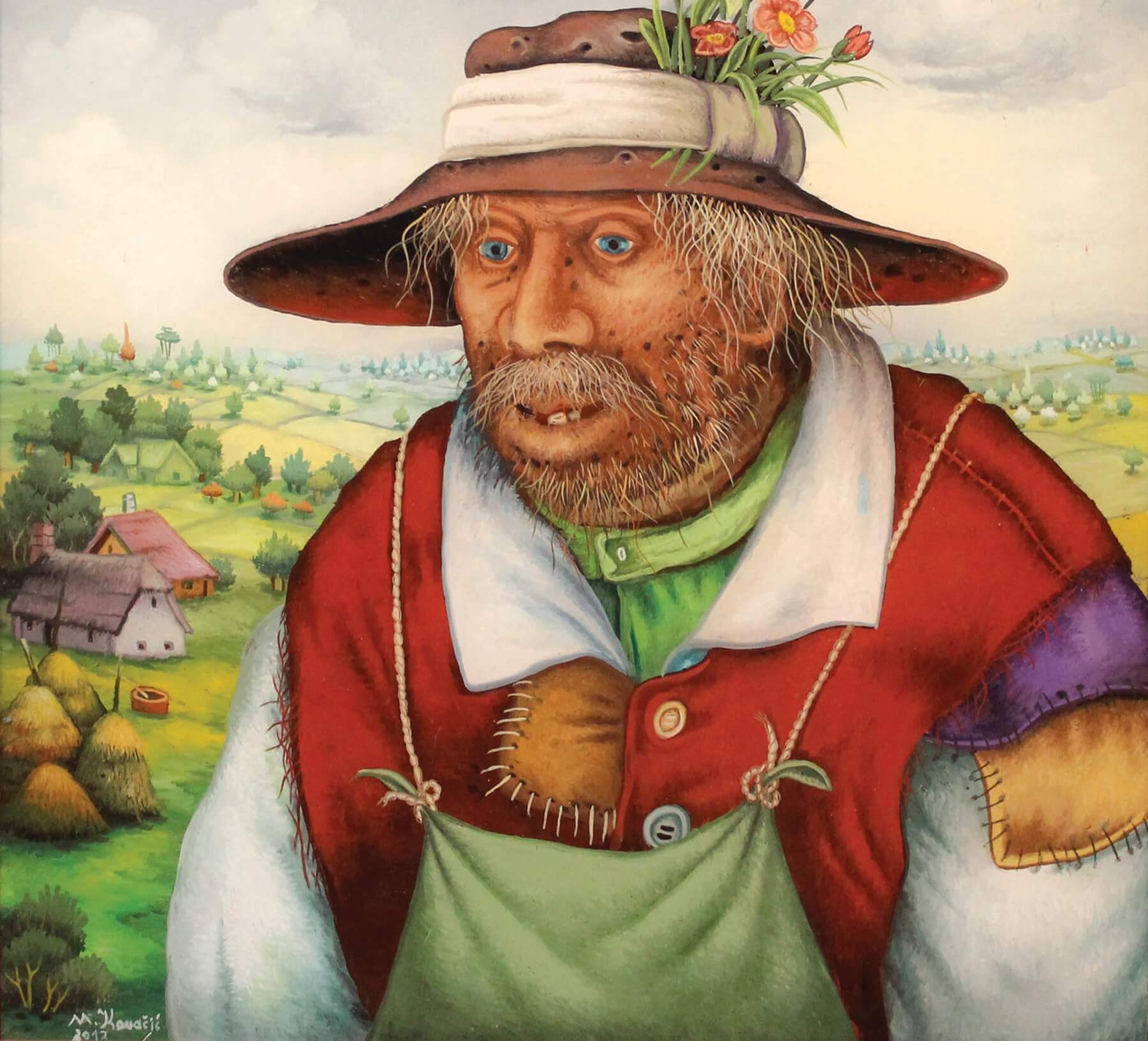 'Portrait' hanging at Galerija Mijo Kovačić © Koprivnica Town Museum
'Portrait' hanging at Galerija Mijo Kovačić © Koprivnica Town Museum
Galerija naivne umjetnosti (Gallery of Naive Art), Hlebine
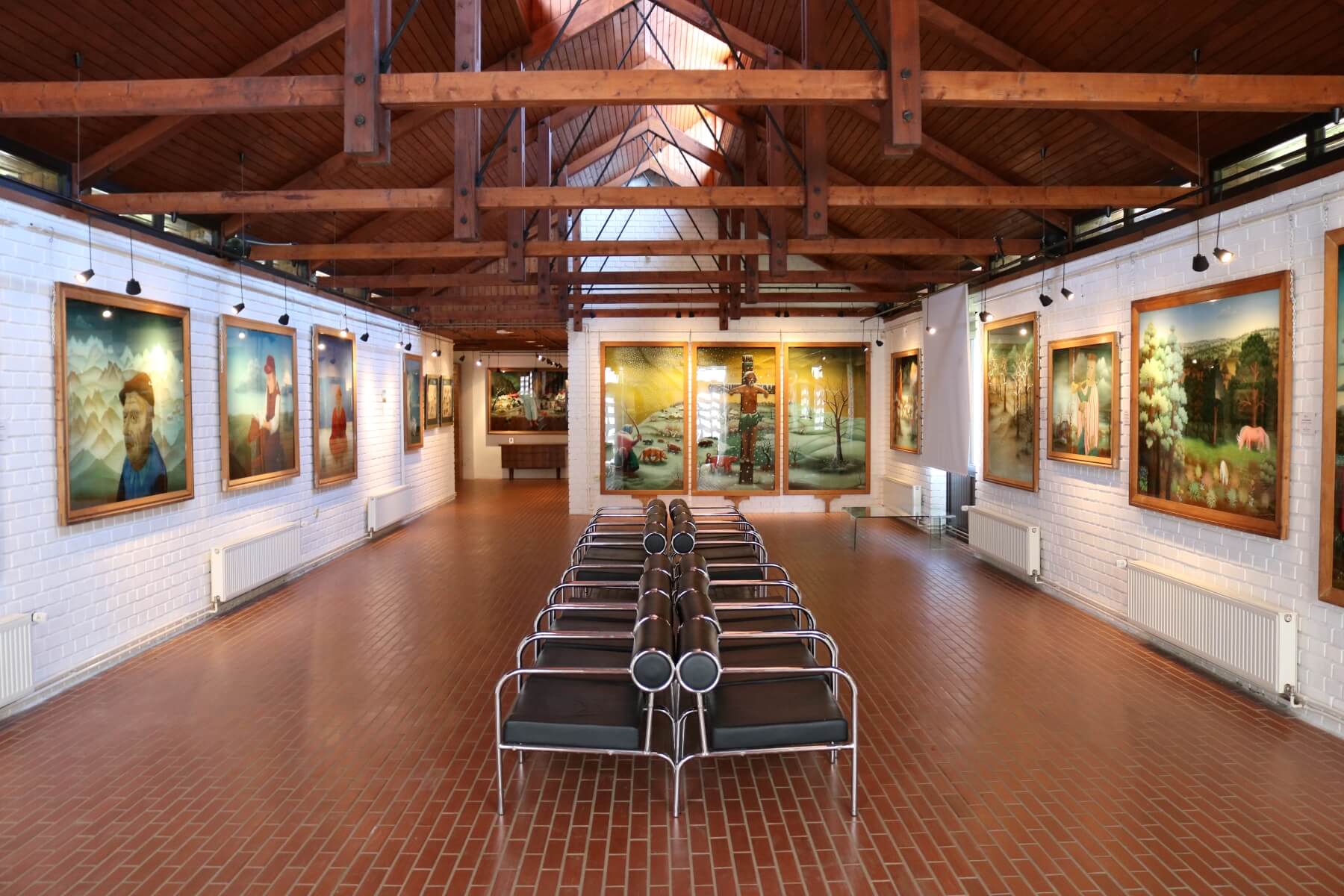
Founded in 1968, the Gallery of Naive Art in Hlebine is one of the top two most important galleries for Naïve Art in Croatia, the other being the Croatian Museum of Naïve Art in Zagreb. But, unlike their Zagreb counterpart, this gallery concentrates specifically on the Hlebine School and locally produced art. A crowd of sculpted wooden figures greets you on the front lawn. Inside, beneath the wooden beams of a beautiful building designed specifically for this purpose, some of the best artists and paintings of the Hlebine School.

In the mid-1980s, when he was the most famous of all Croatian Naive Artists, neighbour Ivan Generalić paid the gallery a visit. He offered to pay for an extension to the gallery, on condition that it be used to house a permanent exhibition of his work. It was a win-win for the museum and Ivan Generalić subsequently donated some of his true masterpieces for the collection.
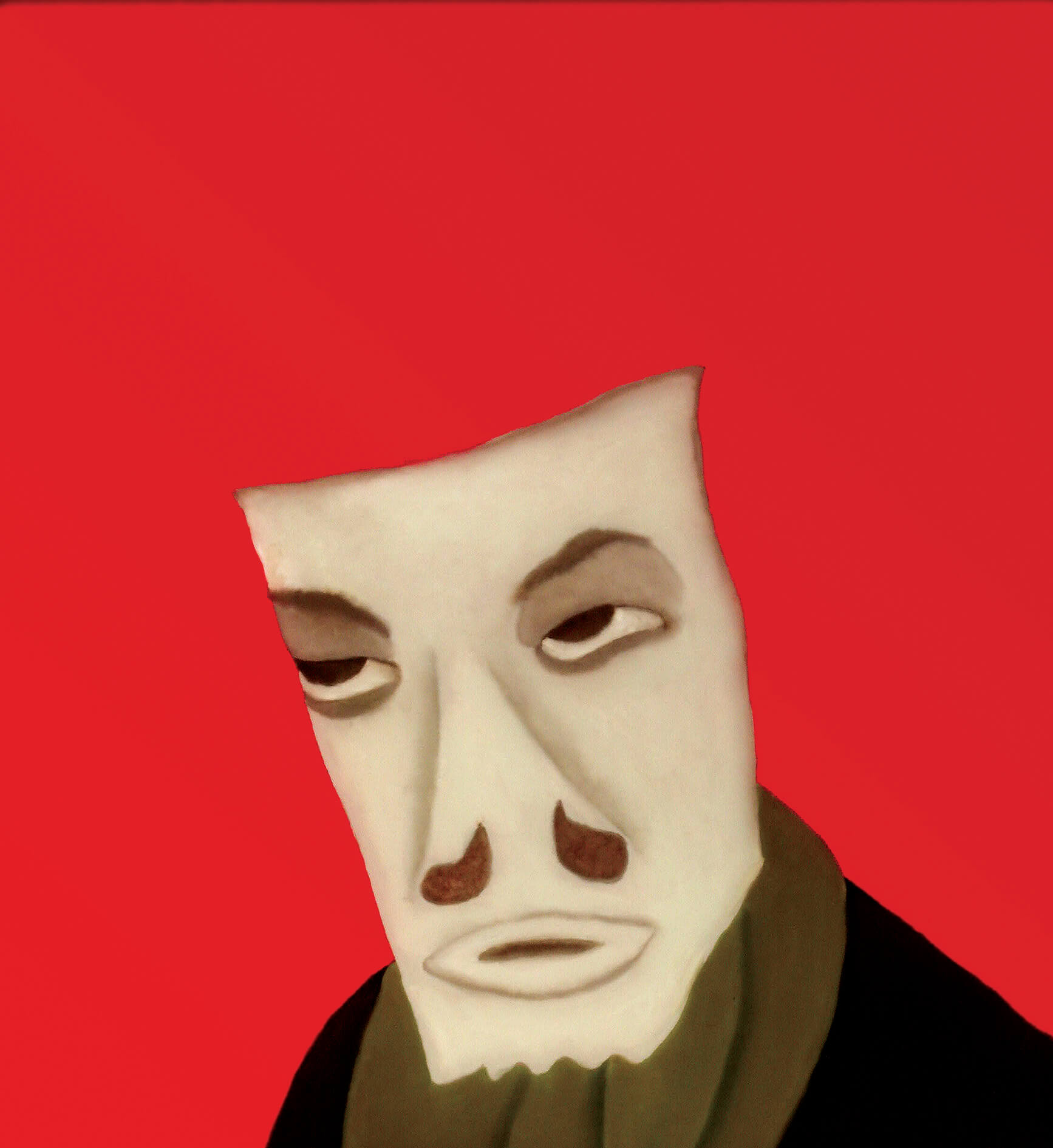
The newer part of the gallery is so true to the original design that, unless informed, you'd never guess it was built later. You'll find works by every key member of the Hlebine School here, including Ivan Generalić, Franjo Mraz and Mirko Virius, Josip Generalić, Ivan Večenaj, Ivan Lacković, Mijo Kovačić, Franjo Filipović and Dragan Gaži. Today, the museum is run by Koprivnica Town Museum. Find out more about the gallery here.
Galerija Josip Generalić, Hlebine
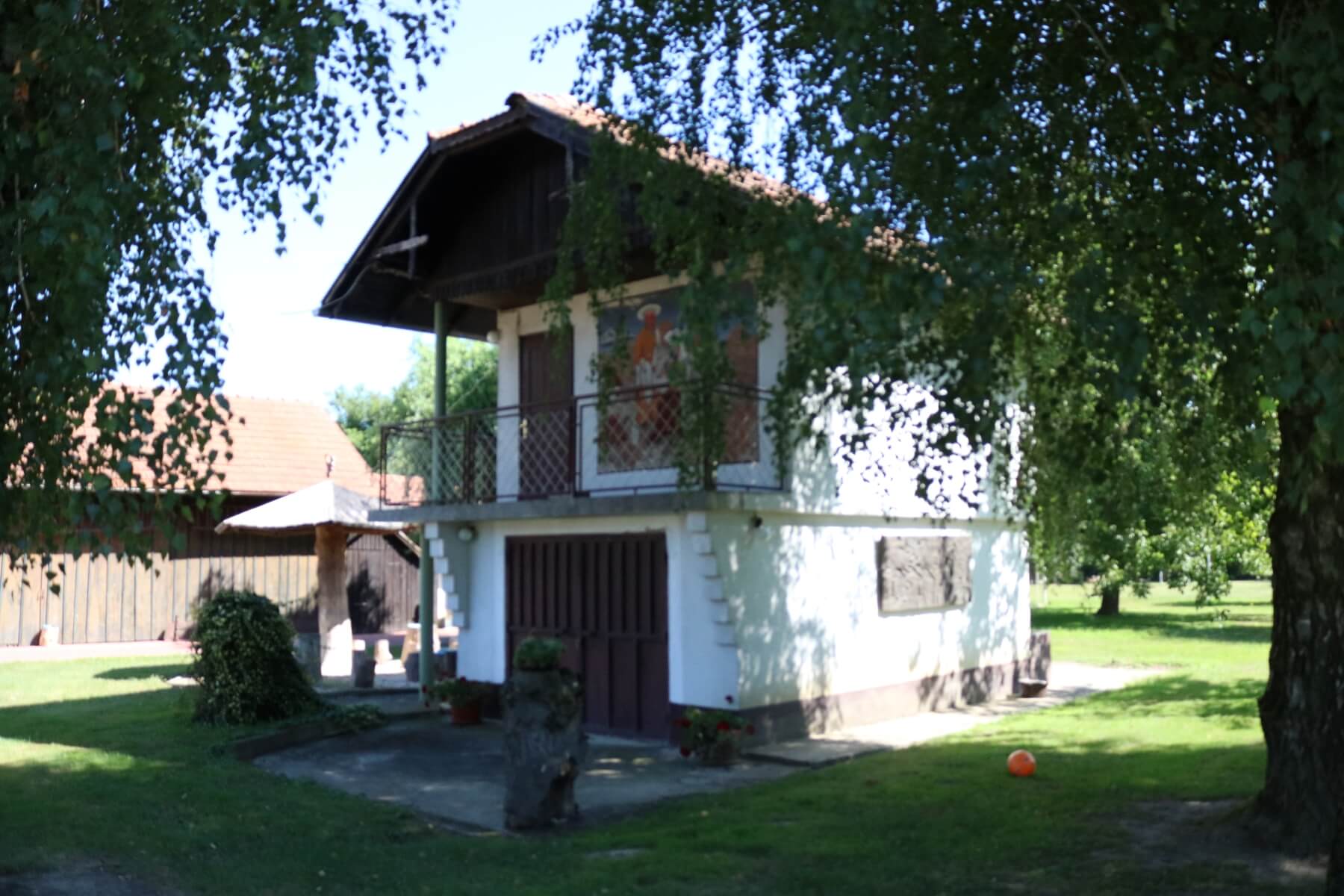
“How long have you got?” asks Ivan Generalić, grandson of Josip Generalić, great-grandson of Ivan Generalić, as he greets you at the Galerija Josip Generalić, Hlebine. He's asking if there's time for the1 hour tour or 6-hour tour. We think he's joking. He's not.
Generalić family have lived here for at least five generations. Having two of the Hlebine School's most famous and most successful painters within their ranks has allowed them to expand their property portfolio. It's just as well, because there's a lot to see here. What was once the simple, semi-agricultural farmstead where Ivan's great grandfather was born is now a sprawling family estate that houses an ethno-museum and considerable gallery spaces filled with incredible exhibits. All of the original furniture from how his great grandfather lived is preserved, displayed as it was, only in an adjoining property the family now own. Alongside the history and many works of Ivan Generalić and Josip Generalić, folk art, sculpture and artisan furniture made by incredible craftsmen from across the Balkans, who the painters once traded with.
 Luda Jaga by Josip Generalić, hanging at the Galerija naivne umjetnosti (Gallery of Naive Art), Hlebine © Koprivnica Town Museum
Luda Jaga by Josip Generalić, hanging at the Galerija naivne umjetnosti (Gallery of Naive Art), Hlebine © Koprivnica Town Museum
If you already like this kind of art, you might have to pinch yourself more than once that you're being shown around by someone called Ivan Generalić. Ivan himself is not only knowledgeable but extremely engaging - there are several big laughs on the tour. Ivan points out one image of an unloved neighbour, who grandfather Josip sent to the moon. He provides him with a Podravina cow so at least he can survive. Perhaps feeling slightly guilty, in the next room, Josip has painted the neighbour's return to earth. Although, he lands nearby in the famously barren Đurđevac desert (sometimes known as the Croatian Sahara). That's quite a lot of time and paint spent on someone you don't like!
Ivan's great grandfather also had a sense of humour. Having grown tired of friends bragging about their holidays in summer houses on the Croatian coast (which he did not like), at the height of his fame he decided to build his own. He invited several friends to accompany him on his holiday. And proceeded to take them to his own back garden, just metres from his main residence, where he had built the summer house. Genuinely, you'll wish you had time for the 6-hour tour. Find out more about the gallery here.
Galerija Ivan Večenaj, Gola
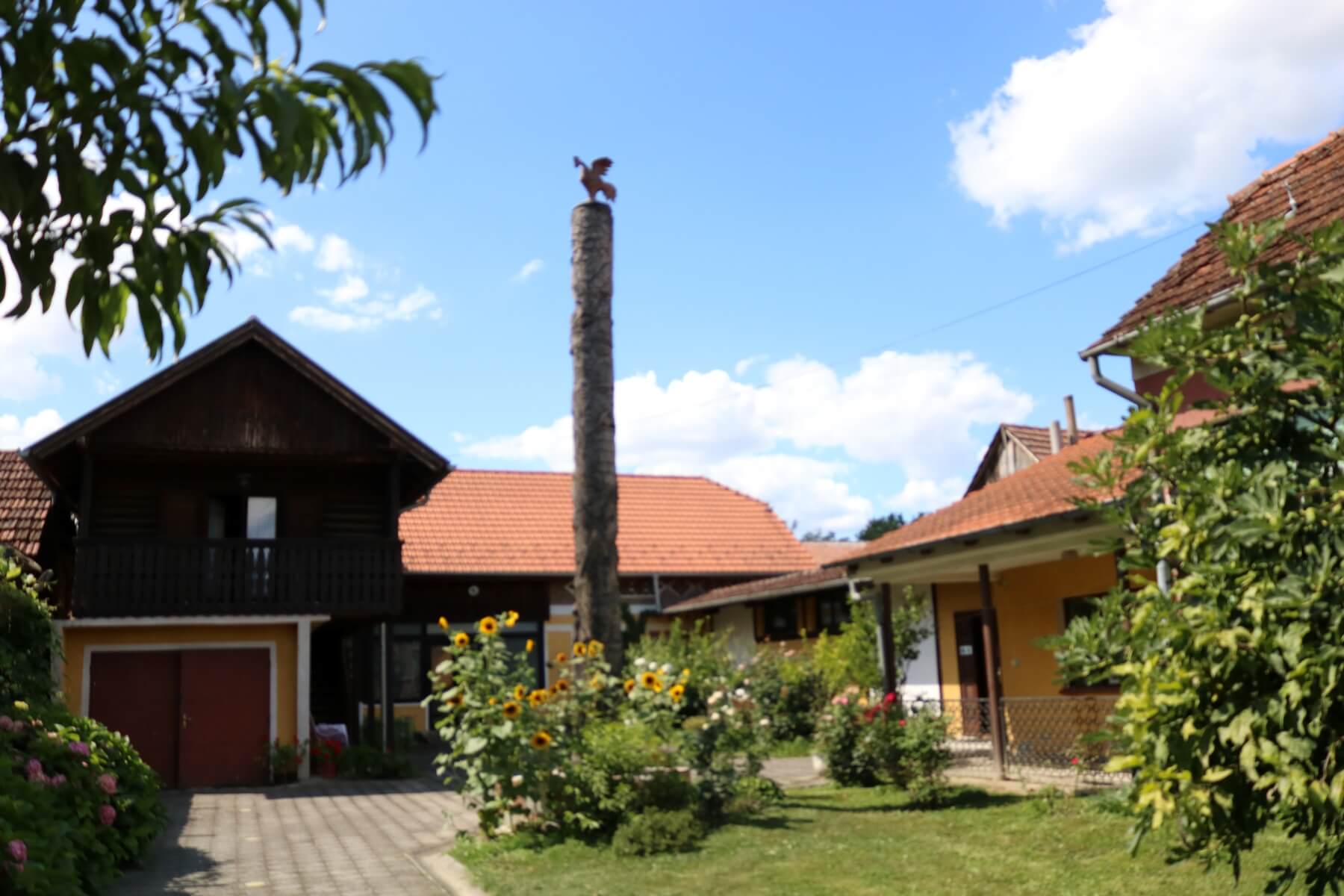
Some of the work by artists from the first and second generation of the Hlebine School are scattered far and wide. But, with the canon of Ivan Večenaj, it's a different story. Truly breathtaking examples of his finest work – definitely among the very best – were reserved by the artist for his family collection. Included in the collection, most of his key sacral works, including Golgotha, a triptych of the life of Jesus, crucifixion and the Four Horsemen of the Apocalypse. Don't worry, it's not all doom and gloom. Beautiful and bright images of Podravina roosters, agriculture and a charming portrait of his wife hang alongside. You can view them all at Večenaj's former home, now Galerija Ivan Večenaj in Gola. Across the road, an ethnic museum preserves life how it once was here. A truly unmissable highlight on the trail of Croatian Naive Art. Find out more about the gallery here.
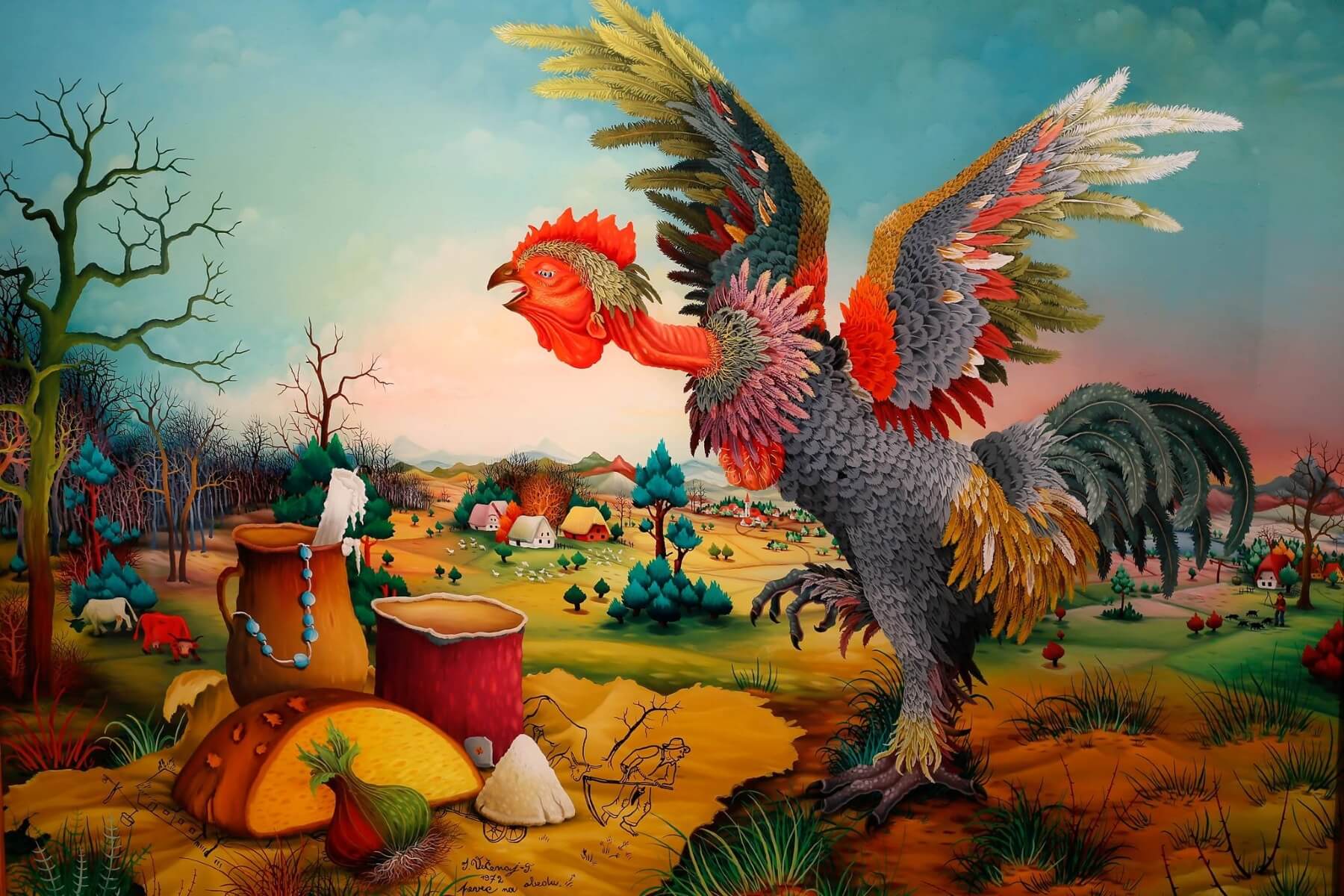 'Pevec na obedu' © Galerija Ivan Večenaj
'Pevec na obedu' © Galerija Ivan Večenaj
Galerija Ivan Lacković, Batinske
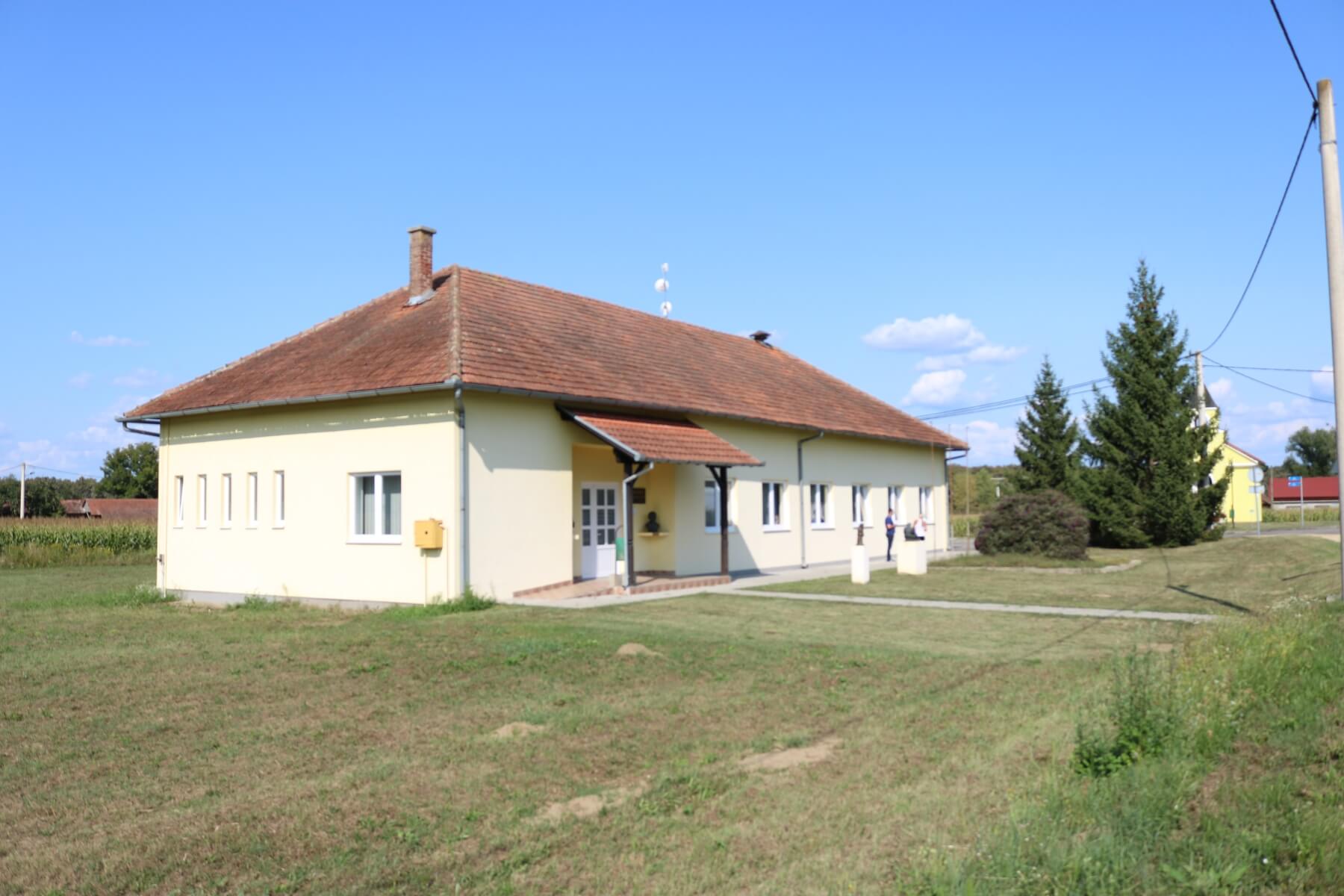
Clearly something of a local patriot, Ivan Lacković donated some 300 works to the village of his birth. Within the collection, you'll find not only works by Lacković himself but also sculptures by Naive Artists Ljubica Marulec and the painter's brother, M. Lacković. Find out more about the gallery here.
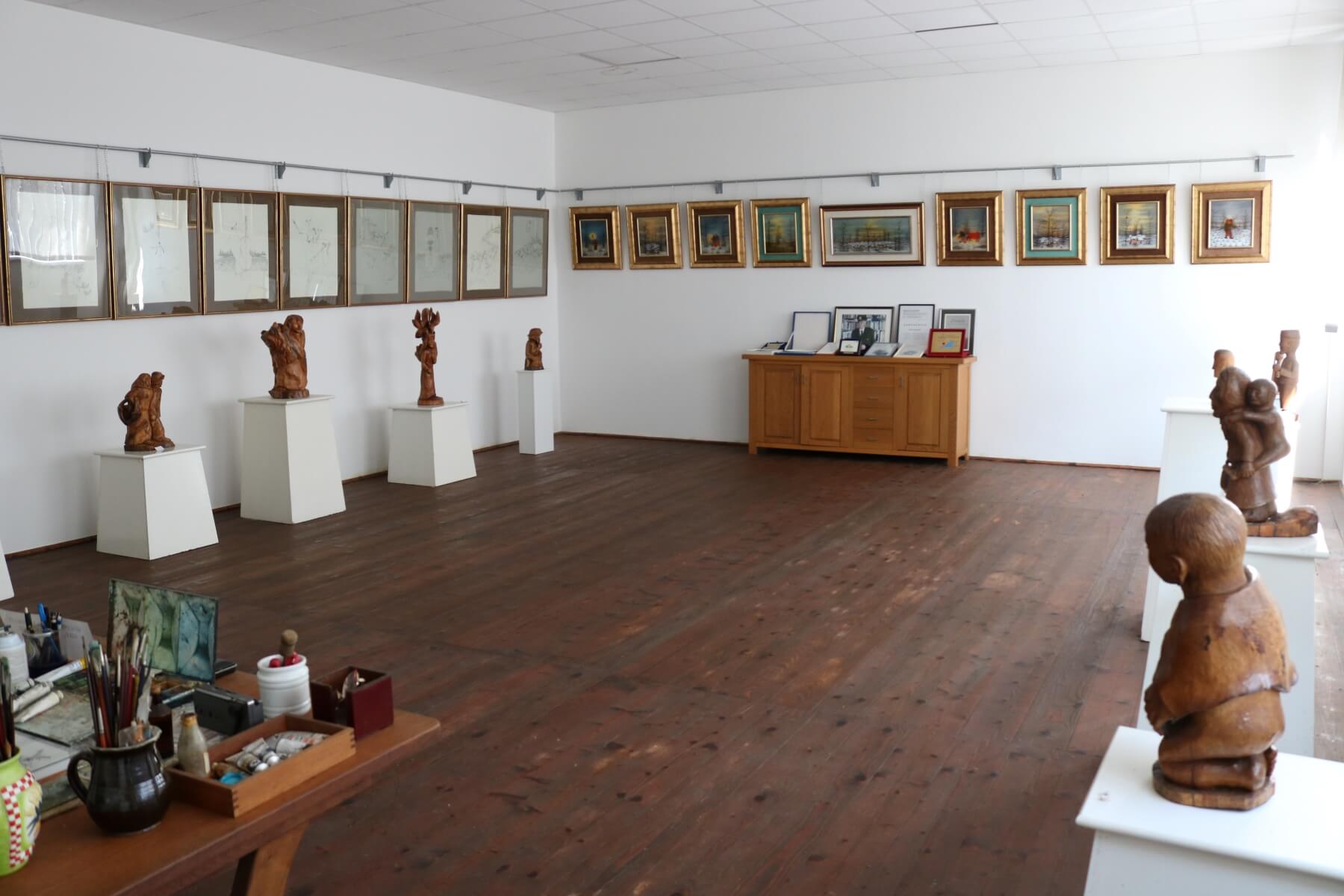
Podravina Motifs (Podravski motivi)
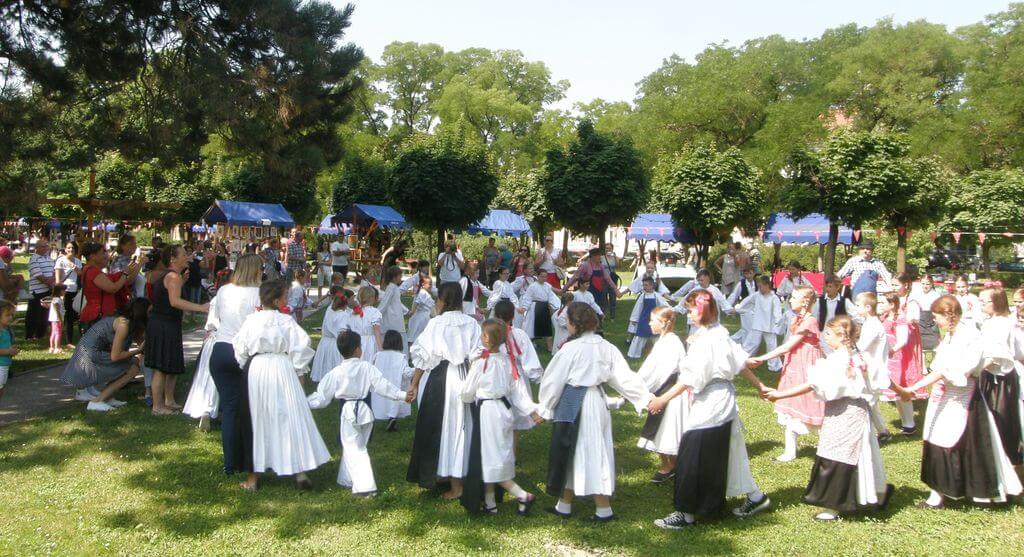 Podravina Motifs (Podravski motivi). Photo © Grad Koprivnica
Podravina Motifs (Podravski motivi). Photo © Grad Koprivnica
A three-decade-old Koprivnica event that showcases all of the cuisine, culture, music, dance, costume and art of Podravina. Naive Art is a key and central theme to the event. Usually, there are over 50 contemporary Naive Artists from the region exhibited, with their work on sale. Taking place each summer, it's a great place to get to know traditional Podravina and to pick up some amazing gifts. Find out more about the event here.
Šetnja kroz naivu u Hlebinama (Walk Through The Naive of Hlebine)
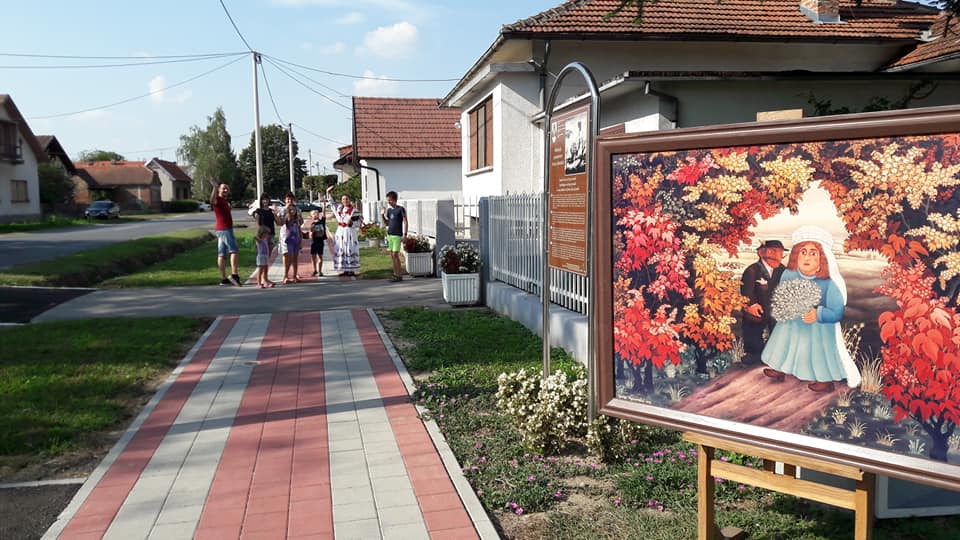 Outside Galerija Josip Generalić during Šetnja kroz naivu u Hlebinama © Tourist Board Central Podravina
Outside Galerija Josip Generalić during Šetnja kroz naivu u Hlebinama © Tourist Board Central Podravina
An annual open-air gallery of Hlebine Naive Art taking place on the streets of the village itself. Organised by Tihomir Želimorski who has the rural accommodation offer Stari zanati in Hlebine, Šetnja kroz naivu u Hlebinama differs from Podravina Motifs because it focusses exclusively on art – painting and sculpture. The houses in Hlebine are treasure troves of Croatian Naive Art. During this summertime event, all village residents bring their paintings and statues out onto the streets, hang them on trees or in gardens. You're invited to walk around the delightful village to look. Find out more about the event here.
This article was produced with the kind help of Koprivnica-Križevci County Tourist Board and checked for accuracy by Koprivnica Town Museum.
If you want to find out the latest from Podravina, be sure to check TCN pages here.
Podravina Adventure, a New Tourist Product To Show the Wild Side of the Gentle Podravina Region
May 31, 2021 - As ePodravina writes, a new tourist product Podravina Adventure, a joint project of the Đurđevac Tourist Board and the Dravski peski Tourist Board, was introduced last Friday at the Karlovčan Family Ethno House in Brodić.
On this occasion, the State Secretary of the Ministry of Tourism and Sports Sandra Herman visited the region. The project was briefly presented by Kristina Sočev, Assistant Director of the Koprivnica-Križevci County Tourist Board, Mario Fuček, Director of the Đurđevac Tourist Board, Vjekoslav Maletić, Mayor of Ferdinandovac and Director of the Drava Sands Tourist Board Alen Janći.
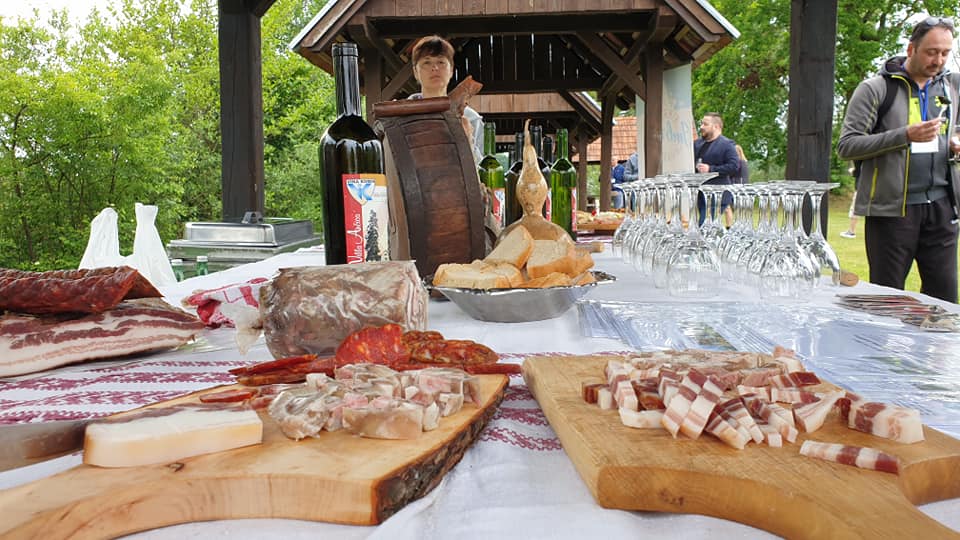
Kristina Sočev thanked the Ministry of Tourism and Sports and the State Secretary for their support and approval of the project as a joint venture between the Tourist Board of the City of Đurđevac and the Tourist Board Dravski peski, as well as for the financial support of the Ministry of Tourism and Sports with which one piece of equipment was purchased.
''We wanted to show that our county is rich in tourist offer that is not sufficiently recognized. The coronavirus pandemic showed that outdoor activities are the future and an opportunity to develop continental tourism'', said Sočev, adding that the tourist communities of Pitomača and Virovitica-Podravina County and Nippy Adventures also participated in this project.
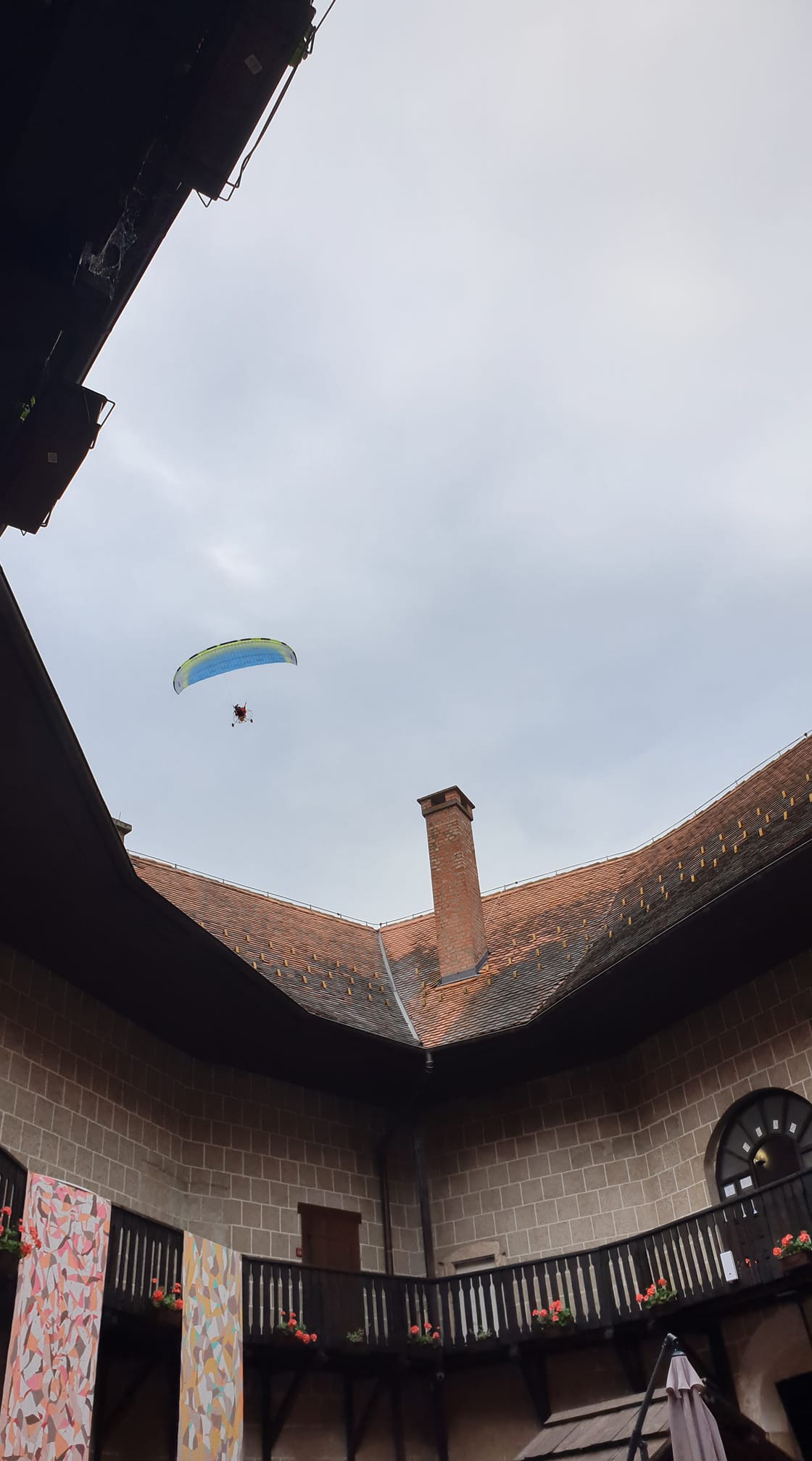
Alen Janći explained that the new tourist product will include the promotion of rafting, quads, bicycles of the beautiful Bilogora area, which are united in the name of Adventure Podravina.
''We are sure that it will experience success and increase the number of arrivals and overnight stays in our tourist area'', said Janći.
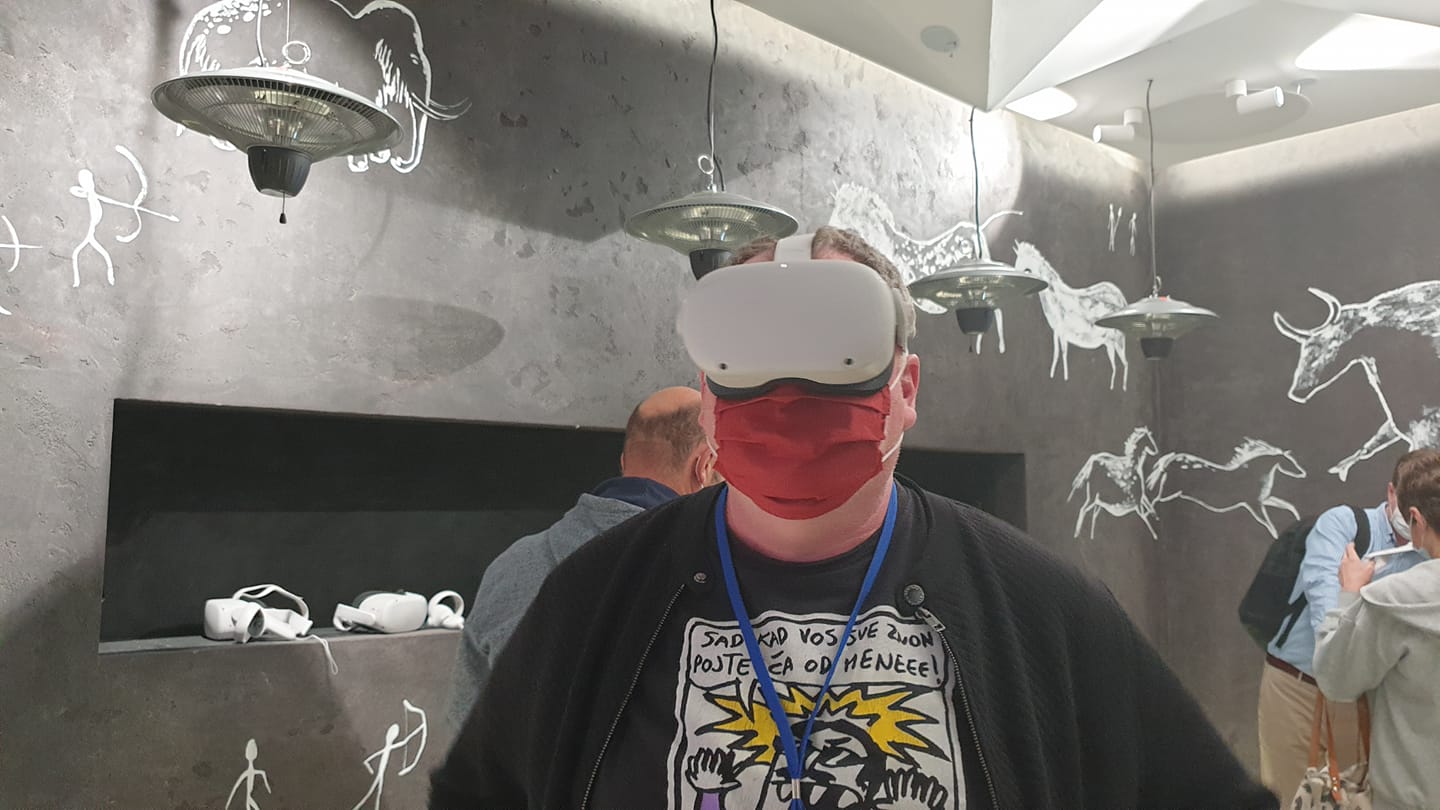
Mario Fuček from the Đurđevac Tourist Board expressed his satisfaction at the fact that the representatives of several tourist boards put their heads together.
''We did it in order to show a different side of Podravina because it is adorned with gentleness, and we see in it the wild side that is also beautiful to show. We have a wealth of tangible and intangible cultural heritage and while we put it all on a pile Podravina really has a lot to show '' said Fuček.
Secretary of State Sandra Herman supported the idea of forming a partnership around tourism product.
''This is an excellent good practice example of joint ventures and why they are important'', said Herman and announced that the funds will be paid this year, and all those who formed joint ventures to pursue their projects will, according to the new rules be able to apply to the public call for project fundinf at the end of the year.
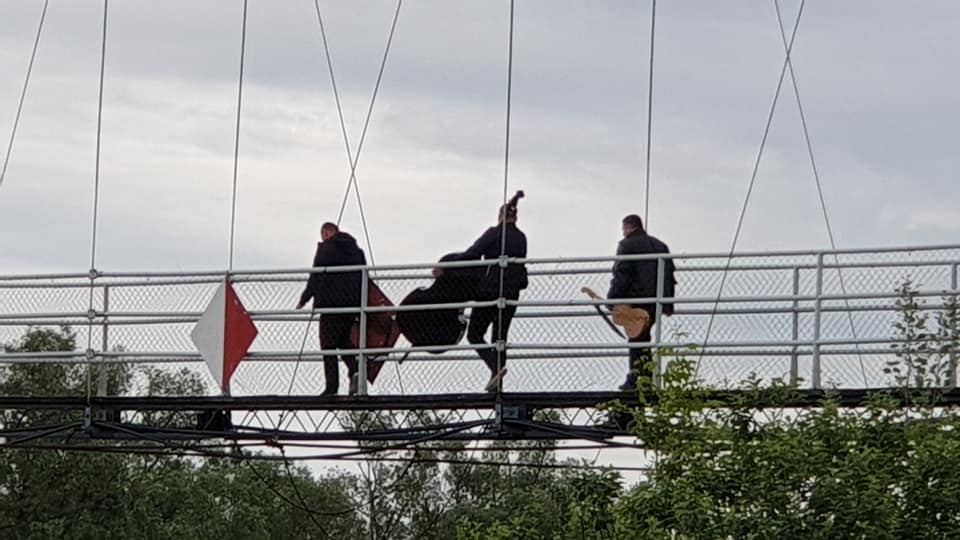
''We already feel and can experience that joint ventures regarding such projects have a future. Here, the result can already be seen, congratulations. Now we have to further promote your efforts and put it on the tourist market'', she said, emphasizing that Koprivnica-Križevci County will get its place in the Discover Rural Croatia campaign by the end of the year.
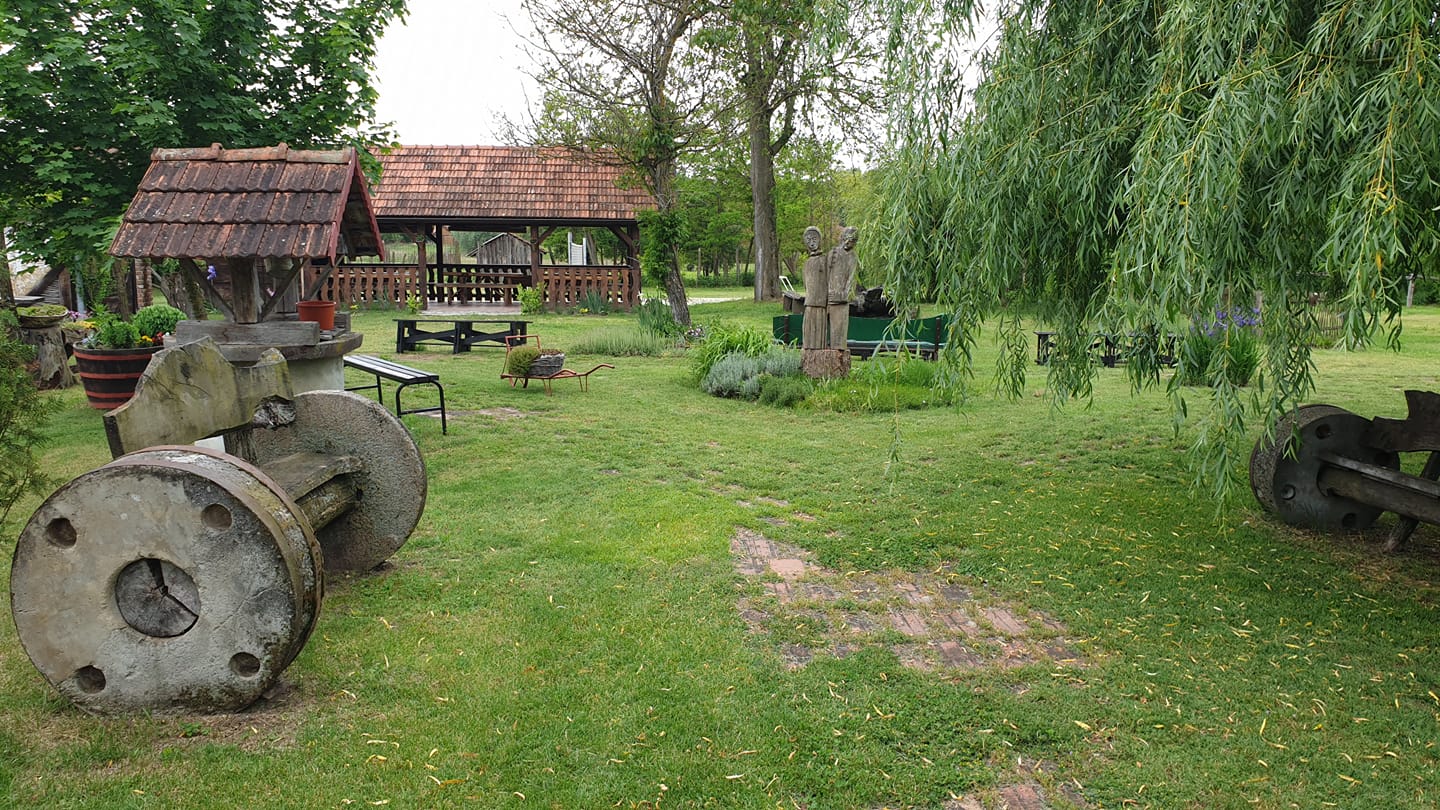
With the apperance of the coronavirus, Podravina is increasingly turning to domestic, Croatian guests who want to explore the interior, the continental part of Croatia and foreign tourists.
''We will find additional funds for your events and top events for which we did not know at the beginning of the year whether they will take place. The continent is one of the underdeveloped areas, this year we have provided almost 40 million kuna to help underdeveloped areas, we want a balanced and stronger development of tourism, which brings the development of overall tourism in Croatia'', said Herman.
For more tourism news from Croatia, check out the dedicated TCN travel section.
Croatian Elderflower Juice from Podravina Family Wins Awards in London
May the 15th, 2021 - Croatian elderflower juice produced by a family business from Legrad in Podravina has been earning awards and recognition in London for years now.
As Poslovni Dnevnik/Marta Duic writes, the Croatian elderflower juice from Podravina has been receiving awards from London at the Great Taste competition for some time now. The story of the Kapronca business begins back in 2012 when the family opened the Pavlic Senka family farm and entered the market with elderflower syrup made according to an old family recipe.
''After many blind tastings and small adjustments of my mother's recipe, we decided we were ready for the first big harvest, but we quickly learned that making a small amount of elderflower syrup which ends up excellent isn't the same as making a large amount of it, and we had to throw out the first lot.
After five years of gathering more and more experience and engaging in continuous improvement of our production process, we opened the Imanje Kapronca family business, undertook a complete redesign and rebranding, introduced two new flavours of raspberry and mint and were ready for the first application to Great Taste with our elderflower syrup.
The London Awards are our greatest pride, especially when you know how strict the criteria are and what details professional Great Taste tasters are able to recognise. That's why it is considered one of the most prestigious awards, the so-called Oscar's in the world of food and drink.
Last year, about 12,800 products from 106 countries were registered, and the competition is extremely strong because almost all of them are "craft" products from smaller manufacturers such as us. We've also won the title of Great Taste manufacturer JER, and since 2017 we've been winning Great Taste stars for our Kapronca products,'' revealed Zvonimir Pavlic, the owner of the estate.
Today, they have six products, juice products without additives, and with raspberry, mint and elderflower, they use only sugar and citric acid.
The production is, as stated, located in Legrad, which is a fifteen-minute drive from Koprivnica (Kapronca is the Hungarian name for Koprivnica), and their current capacity is 2,000 bottles of syrup or 3,000 bottles of juice per day. Last year, they launched a new item - ready-made juice in glass bottles of 290 millilitres.
As well as in stores, they also receive online orders on their Facebook and Instagram pages, and at the level of the year, they recorded revenue growth of about 35 per cent when compared to 2019.
“We're currently working with a limited number of caterers, which is to be expected because we introduced a new product for the catering and hospitality sector at a time of the greatest uncertainty and when nothing was in operation for months. Of the more famous ones, we can mention the burger chain of the Submarine burger restaurant, with which we've been cooperating since our very first bottle of ready-made juice.
We have the most partners in Zagreb, and from the hotel chains, we've contracted cooperation with Jadran Crikvenica, Maistra and Arena and others. Together with our distributor Sana delicacies, we're actively working on gaining cooperation with other hotels and larger camps, but everyone is still cautious and waiting for the outcome of the situation with the pandemic,'' stated Pavlic.
The month of May is the precise period when these flowers grow and are then harvested, which lasts until June. Their plantation covers a little more than two hectares, about 1100 elder trees grow on it, they also have mint only from their own cultivation, and they only buy raspberries from one larger Croatian company.
As Pavlic pointed out, although they have not yet established cooperation with local family farms, they hope that this year they will be able to at least partially procure raspberries from local producers. He also added that the share of raw materials from their own cultivation is around 70-75 percent.
“The Croatian elderflower juice is certainly the most sought after, and that isn't surprising at all, considering the great taste and tradition it has in our families. For many, it is their favourite drink from childhood, and we're the happiest of all when customers call us and enthusiastically tell us that Kapronca's juice is just like the grandmother's juice they used to drink,'' reveals Pavlic.
Next year, the family business plans to increase their daily capacity by two or three times, and they are considering the introduction of two new flavours, but that, according to Pavlic, will have to wait until 2022.
"We plan to build our own space for production and the storage of our products because we're currently working out of a rented space near Koprivnica. We also want to increase our capacity and achieve greater automation of production, filling and packaging.
We'd be happy if we succeeded with the help of EU funds, but unfortunately, we haven't had any luck with tenders so far. We've always been too young or too old a company, we had too small or too big of an economic size or some other technical problem, but we're not going to give up,'' concluded Zvonimir Pavlic.
For more, follow Made in Croatia.
New Croatian Geothermal Projects on Horizon in Slavonia, Podravina...
September the 3rd, 2020 - Despite the ongoing coronavirus pandemic which has thrown a spanner in the works for many a previously planned investment, not everything has been forced to grind to a halt or be put back on the shelf and await better economic circumstances. New Croatian geothermal projects are on the horizon for Slavonia, Podravina and Medjimurje as numerous bids arrive.
As Novac writes on the 2nd of September, 2020, as many as nine bids were received for the exploration of geothermal waters in four exploration areas in the areas of Slavonia, Podravina and Medjimurje, which were submitted by seven different bidders, the Hydrocarbons Agency reported on Wednesday.
The Hydrocarbons Agency announced tenders for four exploration areas in Croatia intended for the exploration of geothermal waters for energy purposes in early June, and the tender closed on Tuesday, September the 1st, 2020.
These are the research premises Ernestinovo, Lunjkovec-Kutnjak, Legrad-1 and Merhatovec, and the Tender Commission determined that nine bids from seven different bidders were received for the tender on this upcoming Croatian geothermal project.
''The next step is the evaluation of the received bids, but it's already clear that the tender, despite these challenging times, was a complete success because bids were received for all of the announced locations, and the applicants are reputable Croatian and foreign companies with experience in developing geothermal projects,'' read a statement from the aforementioned agency.
They announced that they will present all of the details about the potential investors and proposed projects after the Commission properly evaluates the received bids.
''Croatian geothermal projects have the potential to be the flagship of energy transition, given that the exploration will take place in areas for which geothermal potential has been determined on wells initially drilled for in the exploration and exploitation of oil and gas,'' concluded the Hydrocarbons Agency.
For the latest travel info, bookmark our main travel info article, which is updated daily.
Read the Croatian Travel Update in your language - now available in 24 languages
Visit Ludbreg on the Croatian Road Less Travelled
July 9, 2020 - Continuing the TCN series, The Croatian Road Less Travelled, Marc Rowlands explains why you should visit Ludbreg.
Situated in the far north of Croatia, just south-east of Varaždin and Čakovec and less than 20 kilometres from the border with Hungary, the small and picturesque town of Ludbreg is one of incredible contrasts and one with no small amount of ambition. Its close proximity to such neighbours pales into insignificance when you see the places Ludbreg would rather be judged against - this town is known as the Centre Of The World. The moniker was attributed when it was discovered, by accident, that it lies equidistant between many significant cities. Capitalising on the name, Ludbreg has charted these cities and their distance in a circular stone paving feature which can be found in the town's central square. 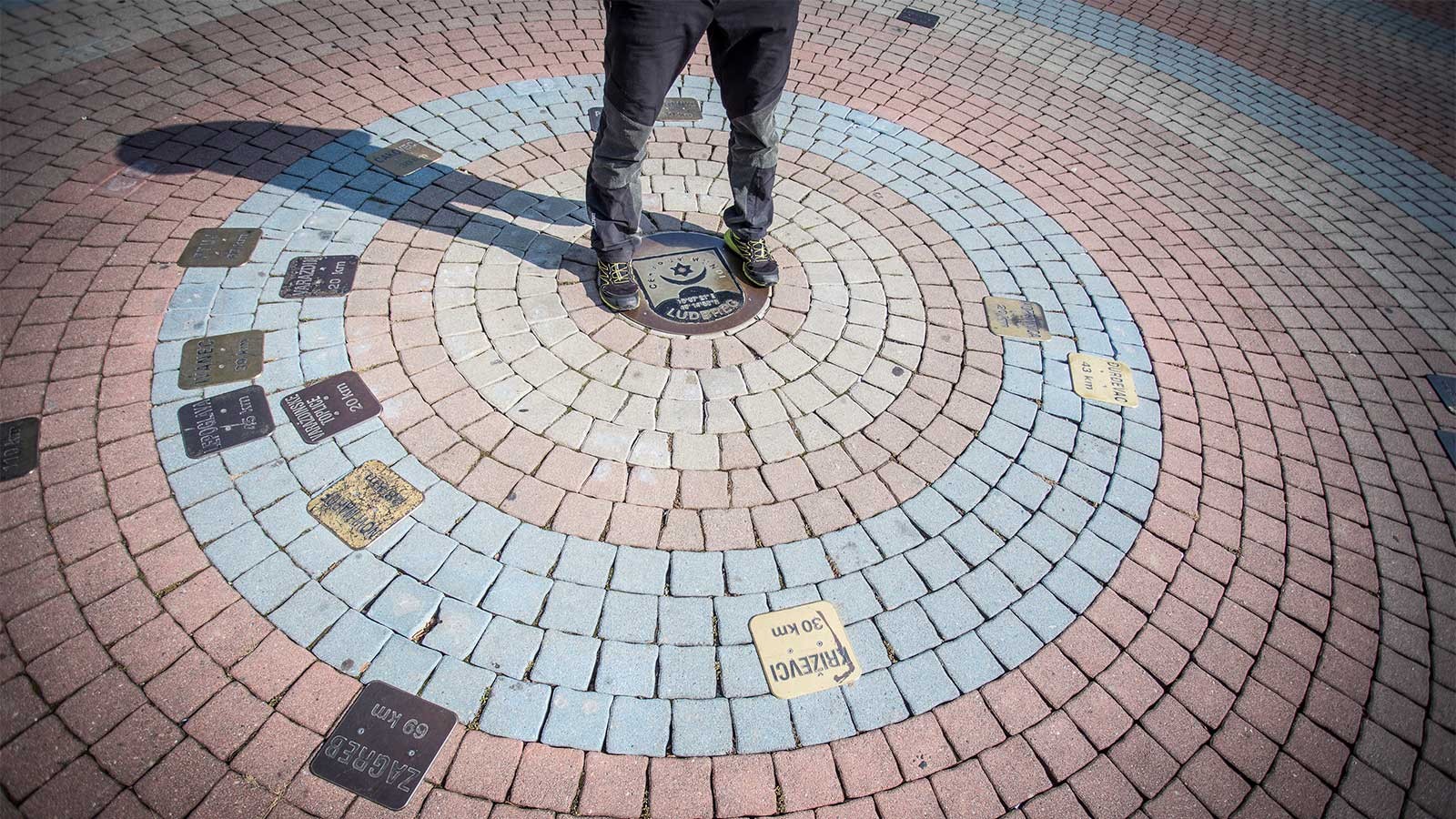
Visit Ludbreg, Centre Of The World © Croatian National Tourist Board / Bojan Markicevic
However, as much as the town might name-check Paris, Athens, Vienna and Budapest on its monument, there's actually no escaping the fact that it is actually a direct product of its local environment. Its close proximity to the river Drava - an important trading route since before Roman times - its major tributary, the river Plitvice, and its placing on the river Bednja, are doubtless the reasons for its position. That it sits on the border of three county lines - Koprivnica-Križevci, Varaždin and Međimurje - might be a modern administrative allocation, but it gives an indication of Ludbreg's mixed identity. 
The best place to chill when you visit Ludbreg is Youth island © Ludbreg Tourist Board
To the town's east lie the vast flatlands of the Pannonian basin, to the south, a luscious green carpet covers the gently rolling hills of Zagorje, along the river Drava is the historic region of Podravina, stemming from the foothills of the Alps, to its north, historic Međimurje, then Austria and Hungary. You can see the land around the town juggle with this mixed identity, just as the town does; flat agricultural fields are interrupted by hills like Kalnički gorje or more gentle rises atop which beautiful holiday homes are placed. Nearer the centre of town, ultra-contemporary businesses lie next to routes of ancient pilgrimage. Neither here nor there, Ludbreg exists within a wonderfully mixed topography, with one foot in the past but a sharp eye on the future. 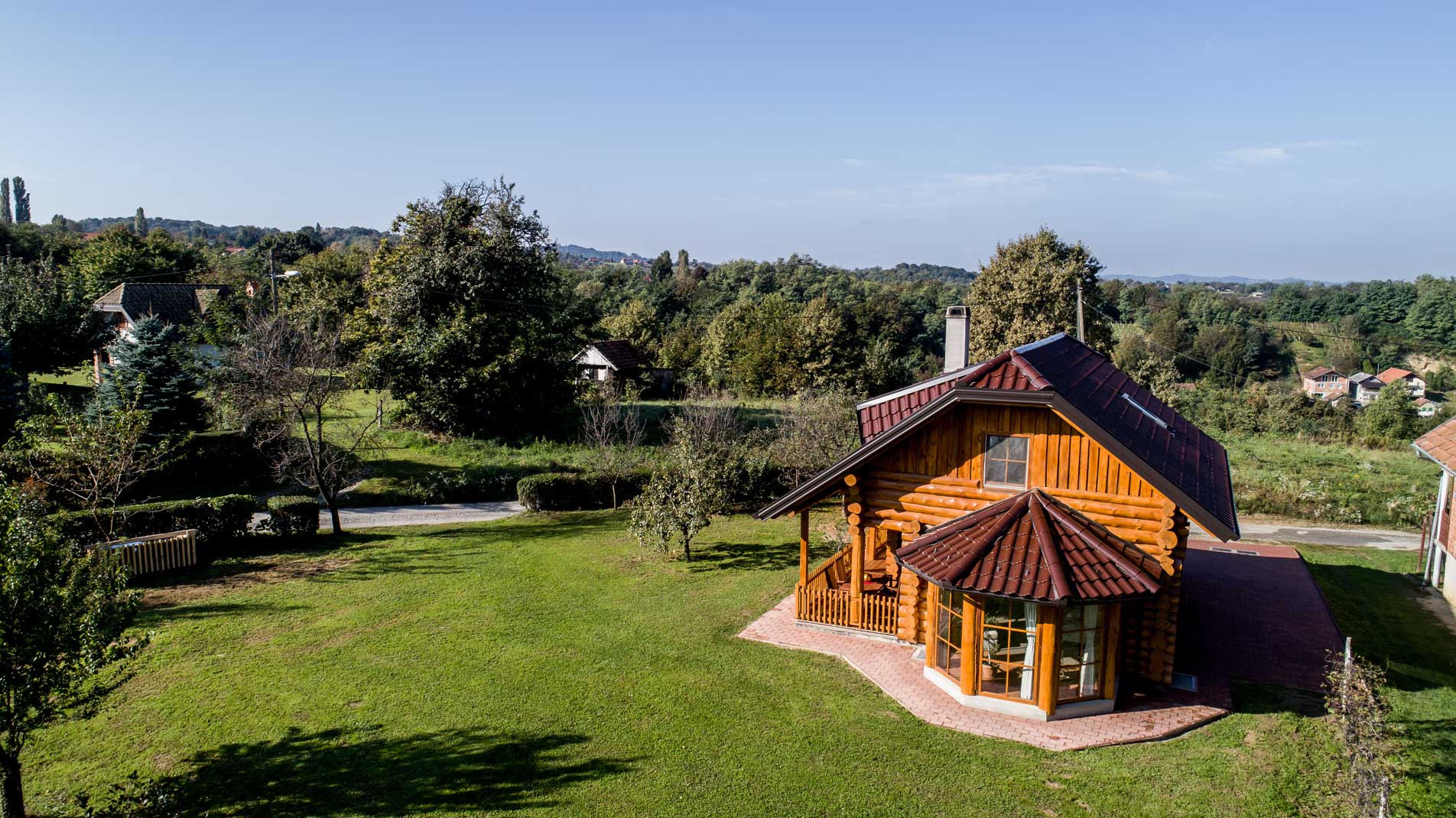
Hazelnut House holiday home, one option of where to stay when you visit Ludbreg © Varaždin Tourist Board
Why visit?
Truth be told, if you visit Ludbreg, you can see all of its sights in a day trip. And the town is perfect for just that. But, by doing so, you probably wouldn't get more than a tourist's glimpse of the place. Ludbreg is actually comprised of thirteen settlements that exist around the centre and it is within these quiet-looking hamlets and villages that most of the town's drive and ambition lie. This is where the people live. And, for a while, you can too. The whole town has a reputation for sustainable living and sustainable growth - pioneering waste management schemes, growing allotments granted to residents without gardens and technically advanced green power solutions. It is in these settlements that you'll find holiday homes designated to agro-tourism and ecotourism. Perfect for relaxing alongside only your nearest and dearest, they hold distinct, unique architecture, some have outdoor swimming pools and all are surrounded by clean, fresh air and nature. 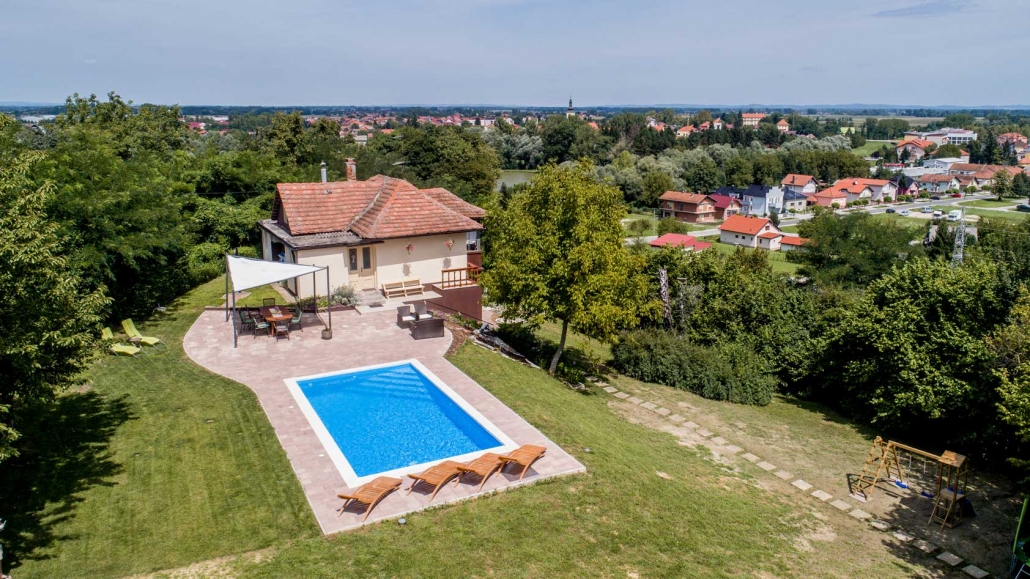
Villa Mila holiday home, another great place to stay when you visit Ludbreg © Varaždin Tourist Board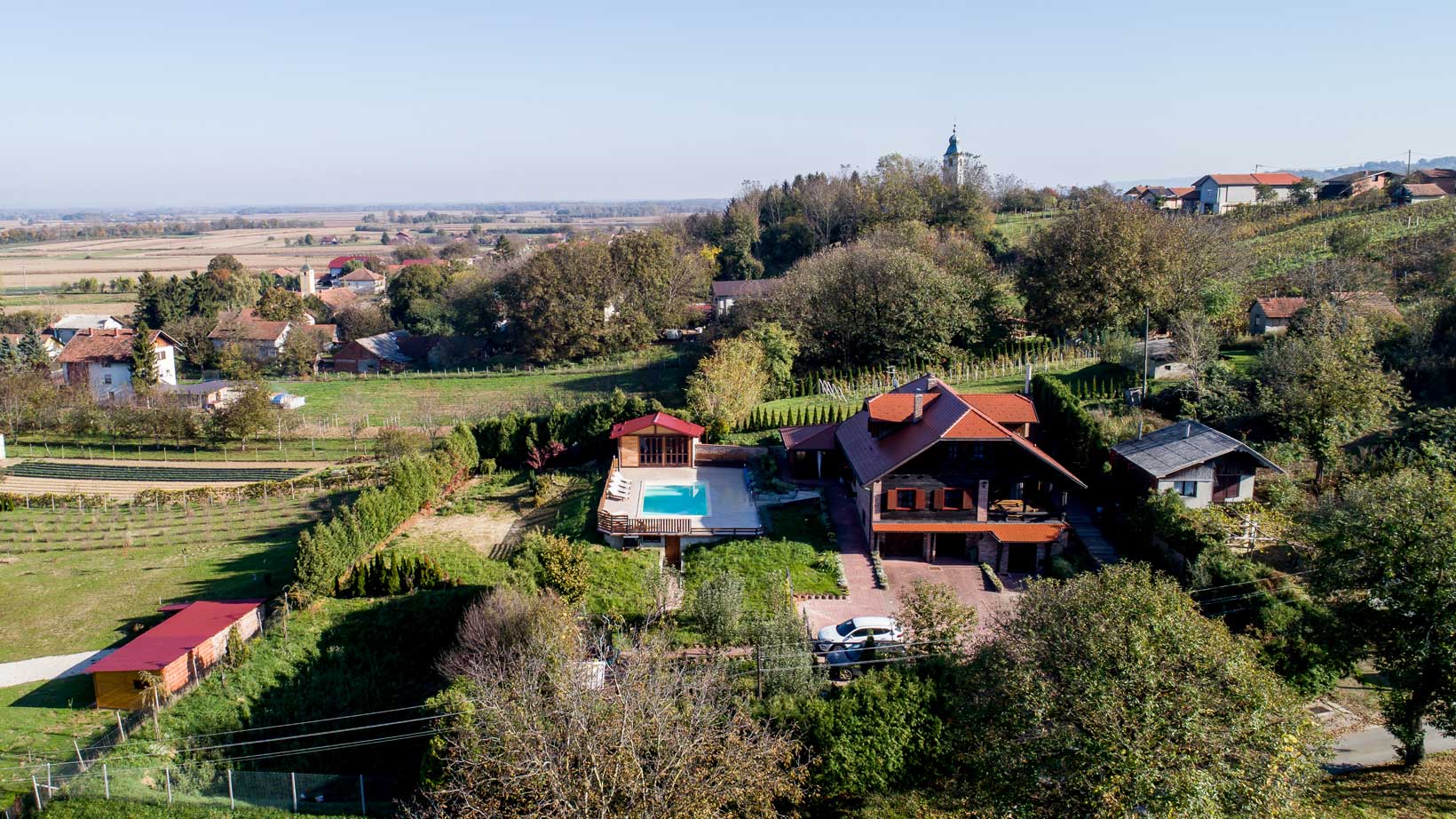
Rural House Gabrijela holiday home - you can get close up to nature and still keep the swimming pool when you visit Ludbreg © Varaždin Tourist Board
The bountiful nature surrounding Ludbreg is one which services the town's ancient industries, traditions and arts & crafts. Some of these you can see or join in with, the most famous being Ludbreg's wine roads. Take a tour of the area's vineyards, cellars and winemakers to sample great examples of continental wine. White wines are their forté and Graševina, Riesling, Pinot Blanc, Pinot Gris, Sauvignon, Chardonnay and Traminac are just some of the major league players available here, alongside rarer names like Moslavac and Manzoni. Muscat, Pinot Noir, Frankovka, Cabernet Sauvignon and Poštenjak can also be sampled.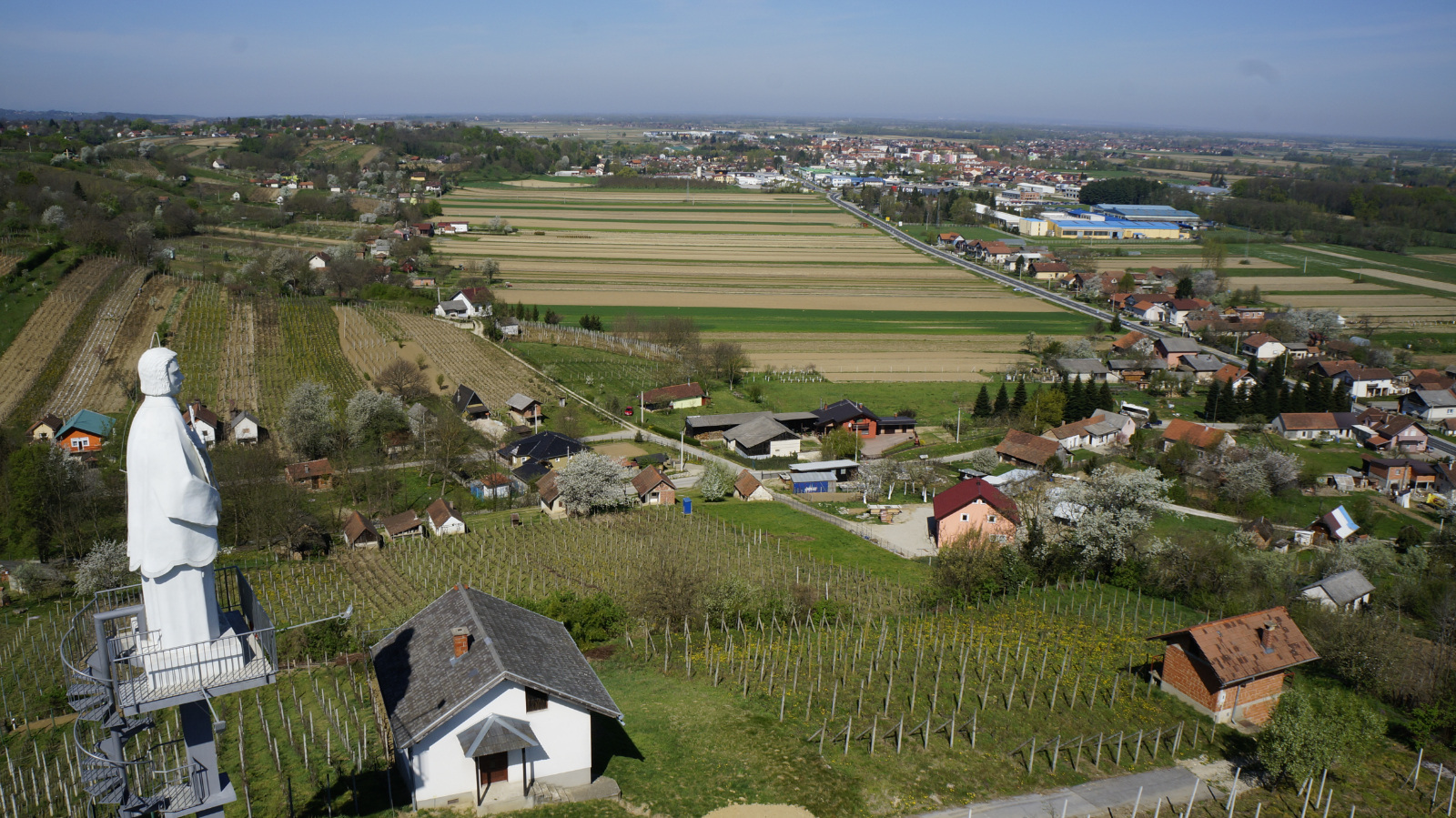
The wine roads surrounding the town are one of the best activities when you visit Ludbreg © Ludbreg Town
Alongside the sights, the other thing to catch when you visit Ludbreg is the events. In these regards, Ludbreg punches well above its welterweight. The town's event calendar is brimming with exciting or entertaining things to see and do. It wasn't so long ago that hundreds of participants and spectators from 33 countries descended on the town for the annual World Model Aircraft Championships. Ludbreg is used to happily hosting such hordes, its institutions beckoning thousands of visitors every year.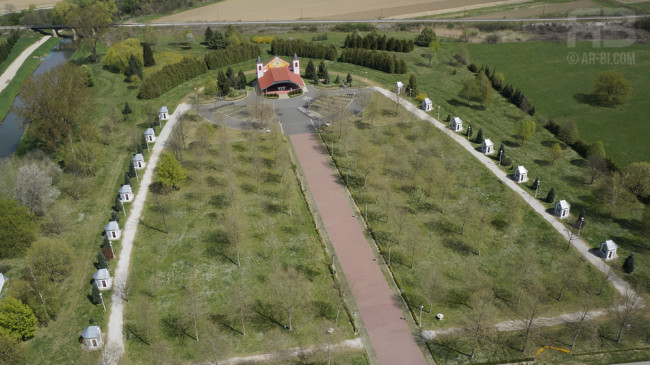
The peaceful approach to the pilgrimage site - one of the more famous reasons to visit Ludbreg © Ludbreg Tourist Board
The most famous of these institutions is the Catholic faith. Whether you believe the town to be named after a returning Crusader or an entranced winemaker, one history of Ludbreg holds a greater clarity due to its acknowledgement by the Vatican. Many people visit Ludbreg on devout pilgrimage because the Blood of Christ is said to exist here. When doubt entered into the mind of a local priest performing the Eucharist, it is said the vessel he held became filled with the actual Blood of Jesus Christ. Pope Julius II began investigating the claim thoroughly, so much so, that the miracle wasn't confirmed until the reign of his successor, Pope Leon X, in 1513. Pilgrims have visited Ludbreg ever since. The relic of the Precious Blood of Jesus is kept in Ludbreg's parish church of the Holy Trinity, although a special site for pilgrims was built on the edge of the town centre in 1992.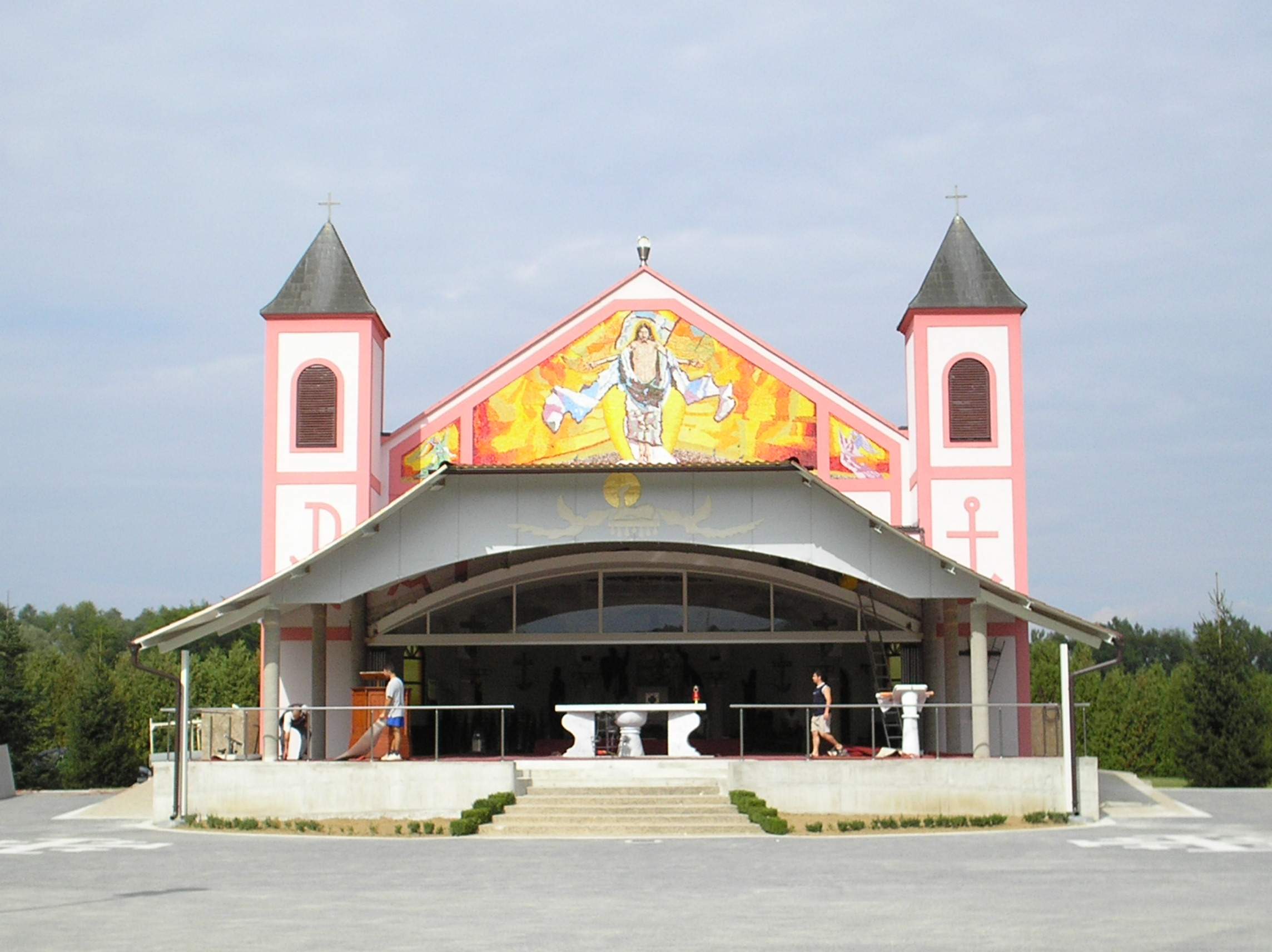
The pilgrimage site which the faithful flock to when they visit Ludbreg © Fraxinus
The most-famous architectural building in Ludbreg (and the prettiest) is the Baroque castle Batthyany. The castle dates from the reconstruction of the older medieval castle on the same site by Count Louis of Batthyany in the mid-18th century and today houses the workshop of the Croatian Restoration Institute. There, painstaking repair work is undertaken on historical items from all over Croatia which have been damaged by the years or in the war of the 1990s. Walking around the ultra-modern town centre of Ludbreg offers no clue that behind this castle's walls such careful preservation of the past is taking place.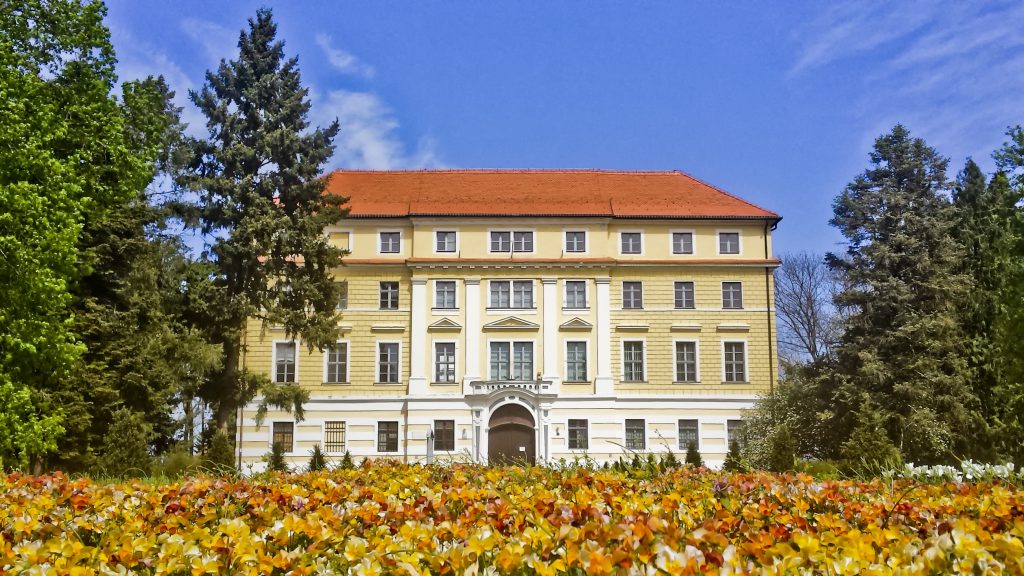
Batthyany castle in Ludbreg © Ludbreg Town
The other great institution of Ludbreg is also one which dedicates its life to preserving the past, but the history it protects belongs to the people, not the church. The cultural and artistic society KUD Anka Ošpuh, named after a female Partizan hero, has been operating in Ludbreg since 1976, although its roots are older. Many female-led charitable organisations operate in and around Ludbreg. That much of this work has existed in such hands for up to 150 years is simply remarkable, particularly within a broader Croatian society still viewed as patriarchal. Traditionally, while the young men of Ludbreg were drawn to more manly pursuits such as sports, bombastic brass instrument-playing and all-male choirs rooted in those of the church, the town's women were instead occupied with chores, charity work and the songs, dances and costumes of folklore. Folklore societies and their preservation of local, peasant traditions became incredibly popular all over Croatia after the Second World War. Early examples in the area of Ludbreg include Braća Kavurić from Martijanec (founded 1945) and that of Kutnjak (1947) with similar established in Sveti Đurđ, Sesvete Ludbreški, Dubovica and Vrbanovac. 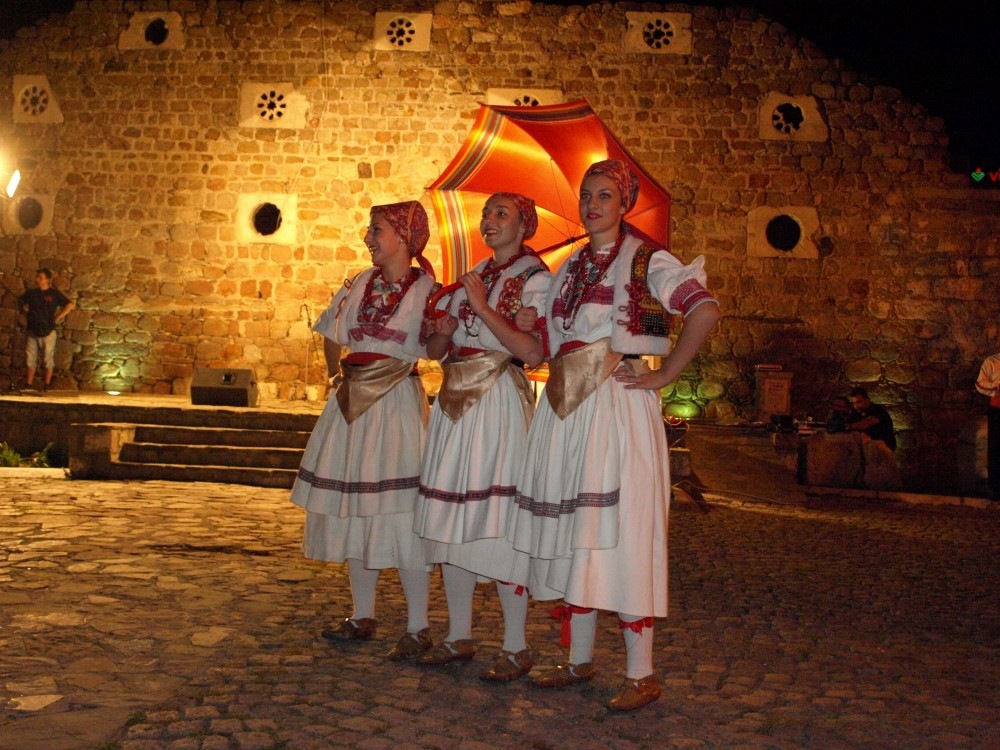
Contemporary members of folklore society Anka Ošpuh © Ludbreg Town
These village societies were mixed, but with the absence of any such society in central Ludbreg, it took 22 women to form the town's own. They made a great success of doing so. Although initially so poor with resources they had to practise in the basement of factories and local houses, by 1977 the society had grown to contain 79 members and was able to establish its own group of attached tamburica musicians and an all-female choir. As their reputation grew, the society absorbed many key contributors from similar groups in surrounding villages and their assets. To the 12 valuable Moslavina folk costumes with which they began, KUD Anka Ošpuh were able to add examples from Podravina, Slavonia, Dalmatia, Lika and even some worn by Croats in Vojvodina (present-day Serbia). Many of these costumes are still preserved or worn by society members to this day, kept alive, like the songs and dances of the region, by the society. These days, KUD Anka Ošpuh is one of the most highly regarded in Croatia and has performed all over the country, plus internationally at folk song and dance festivals. Its essential work is passed down to children and young people of the area in order that these traditions survive. Highly skilled and beautifully presented, they offer a glimpse of authentic and historic local culture. If you get the chance to see them, you simply must.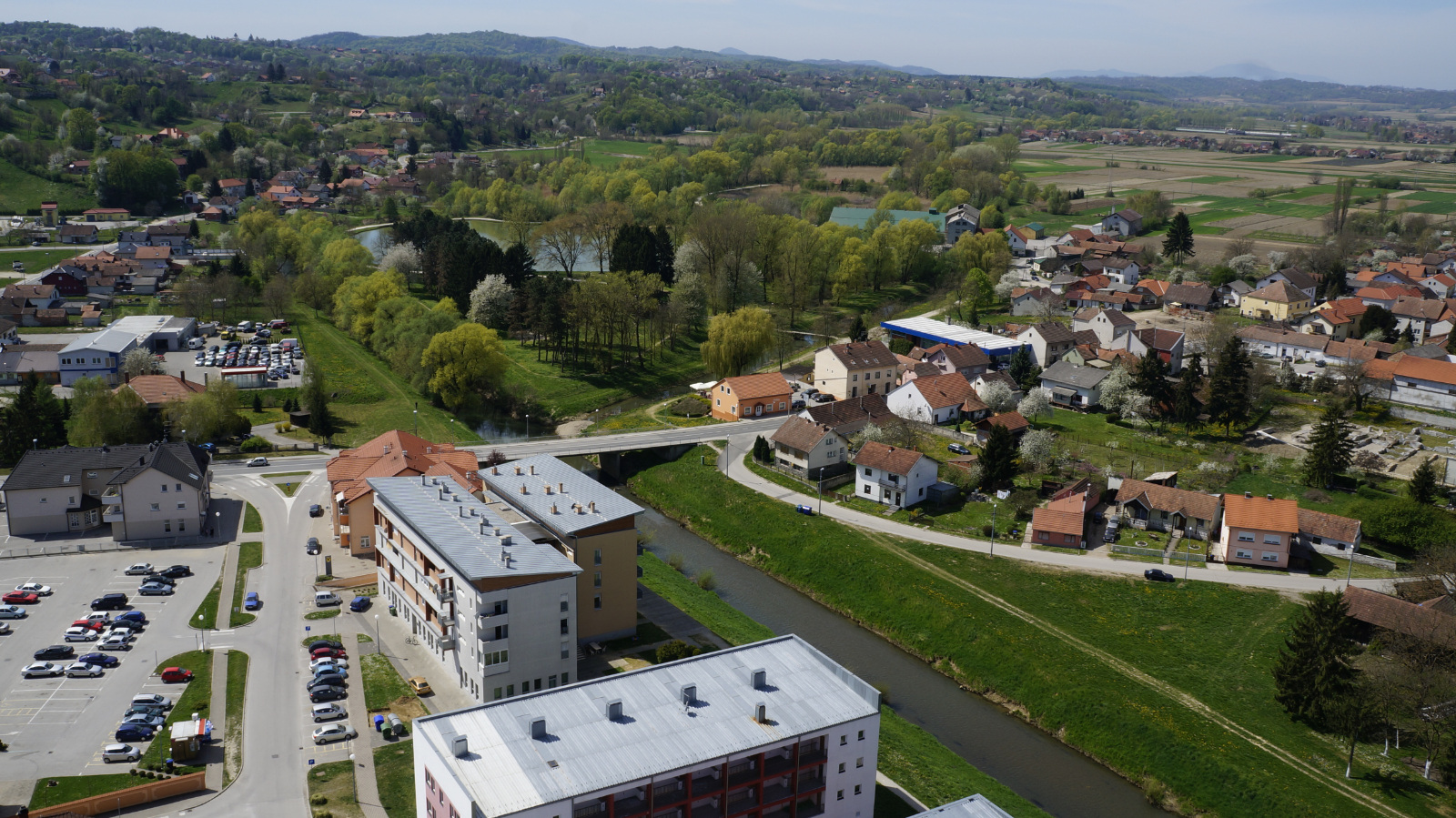
Ludbreg © Ludbreg Town
How to get to Ludbreg: The town lies approximately 100 kilometres by road from Zagreb, with bus or car being your options. Ludbreg has its own train station with trains running direct to Zagreb, Osijek and Varaždin.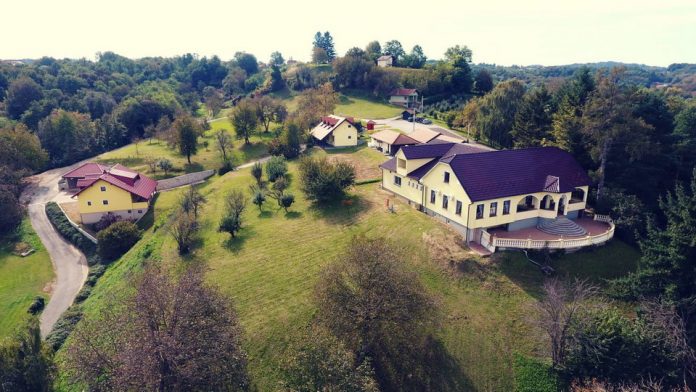
Črn-Bel restaurant © Črn-Bel restaurant / Luka Krušec (LuMedia)
Where to eat: Surrounded by vineyards and beautiful nature, the Črn-Bel restaurant is a brilliant spot for lunch or dinner. They do great grilled meats, superior pizzas from a wood-fired oven and sharing platters, with most ingredients sourced locally. Restoran Raj in the town centre is much more of an informal, family place, with pizzas for the kids and shared grills or deep-fried seafood for the parents.
Where to drink: Pivnica Mejaši is a great pub in the centre of town where you can refresh yourself. They have a lovely, covered outdoor terrace and a good pub-grub menu, including pizzas, which will satisfy for lunch or an informal evening meal.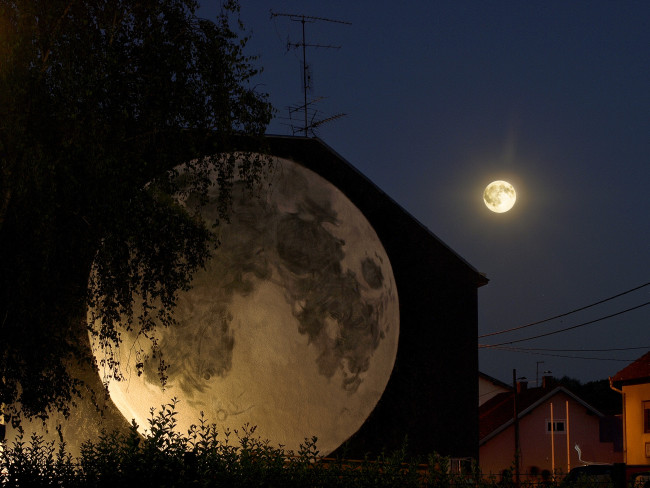
Ludbreg's first piece of street art is a mural of the moon © Ludbreg Tourist Board
What's new: Although the 'Centre of the World' is the star of the town's main square, you'll not miss several new additions to their menu of monuments. The latest is an artwork dedicated to young, local athlete Sara Kolak, a javelin player who earned a Gold medal for Croatia at the 2016 Olympics. She shares the square with a fountain, a photo opportunity spot and a remarkable solar-powered tree where you can charge your phones and other devices for free. For the cool cats, the town has a brilliant mural of the moon on one building facade – it's Ludbreg's first street art piece. The town will host a conference on cycling tourism from 16 – 18 September 2020.
Ludbreg's town centre © Ludbreg Town
What not to miss: For a small place, the list is huge. Don't miss the parish church of the Holy Trinity, its interior is delightful. You must visit the castle too and take the pilgrim's walk up to the modern ecclesiastical point of worship. LUMEN, a Ludbreg youth organisation, hold great music and theatre events. Centre of the World Day is April 1 and everyone joins in during the town's big day. The fountain on the central square flows with wine for the occasion. The town's carnival sees joyful residents march the chilly streets in costume. It's 164 years old and takes place on Shrove Tuesday. Ludbreg's Advent festivities grow year upon year. Also in winter, at the end of January, the town's winemakers present their fresh batches at the Young Wine Days.
Ludbreg's central square. During its three-day International Flower Festival, the town explodes with even more natural colour © Ludbreg Tourist Board
The town's three-day International Flower Festival is the second biggest in Croatia and is an explosion of natural colour. You can visit it at the end of April / beginning of May. The Ludbreg Bike Tour is a 15 kilometre run around the town, with a great afterparty at the picturesque Youth Island (main picture). Two more great parties are Idemo Otok in June and Crazy Island in August. Strange to imagine such a small place hosting two electronic music festivals of such far-reaching repute, but it does. Young dance music enthusiasts from all over Croatia travel here to attend them. Again, they take place on Youth Island. Although pilgrims visit throughout the year, many reserve the journey for the seven days surrounding Holy Sunday. KUD Anka Ošpuh holds folklore events throughout the year including a memorial performance for former president Mirjana Bošnjak, a springtime celebration, Ludance (which focusses specifically on local folklore), a wintertime celebration, Christmas show and, pick of the bunch, Folklore Meetings in the Centre of the World, during which they're joined by outside folklore societies. KUD Anka Ošpuh's great tamburica orchestra also play many dates independently, as do the once-attached but now independent, all-female Podravina choir.
What to buy: Ludbreg has had a beekeeping society for over 70 years and local beekeepers know their stuff. Ludbreg honey is a great gift to take home, as are any of the bottles of fine wine produced around the town.
Ludbreg's town centre © Ludbreg Town
On these links you can read about the other destinations in our The Croatian Road Less Travelled series:
Osijek - the capital of Slavonia, on the banks of the Drava
Donji Miholjac - a hidden gem in the heart of the Pannonian basin
For the latest news from Ludbreg, check out the dedicated TCN section.
For the latest travel info, bookmark our main travel info article, which is updated daily.
Read the Croatian Travel Update in your language - now available in 24 languages
EU Funds Turning Old Croatian Castles into Hotels and Museums
EU funds have opened up a wide variety of doors for Croatia, quite literally. As more and more EU funding is accessed, more former Croatian ''glory'' buildings, including old castles and palaces, are having new life breathed into them.
As Poslovni Dnevnik/Marija Crnjak writes on the 28th of May, 2019, in July in Suhopolje near Virovitica, a visitor's centre will be opened up at Janković castle, marking the creation of a brand new attraction for Virovitica-Podravina County, in which a total of 39.7 million kuna will be invested, of which 33.4 million kuna is being funded from European Union fund for Regional Development, permitted under the Preparation and implementation of Integrated Development Programs based on the Reconstruction of Cultural Heritage.
This is just one of the projects which directly involves the revitalisation of a series of castles, noble and ex-military buildings in the aforementioned county, and putting them into the function of tourism within the so-called. Plemićka ruta. At the moment, there are projects in their various phases of implementation or completion of a total value of up to 276 million kuna, as was revealed yesterday at the project's presentation in Zagreb by Josip Mikolčić, assistant director of the VPŽ (Virovitica-Podravina) Tourist Board. Last year, 16,033 tourists visited this continental Croatian county, achieving an impressive 40,276 overnight stays.
"Participating in EU projects is a great opportunity to rebuild many of the neglected facilities that we'll then put into the function of tourism. The county still has a bit of hotel accommodation, which we need to modify so that we can make a significant income from tourism," Mikolčić explained.
Namely, as EU funds can't provide non-refundable money for the construction of hotels, a solution has been found by the Croatian county in question to create presentation centre projects that later be turned into hotels. In addition to the multimedia exhibition hall, 5D cinema and creative lab, Janković will also have fifteen guest rooms, which will initially be registered as rooms for rent, and after five years have passed, another fifteen rooms will be added and the facility will be registered as a heritage hotel, at least that's what the current plan is.
Then, Virovitica-Podravina County will be able to sell that hotel to a private investor, as well as all of its other facilities.
As it is already known, an informative-educational centre and a hostel in a restored summer residence from the nineteenth century have been on the market for about two years now. The Heritage Hotel Kurija Janković is on the Plemićka ruta, and the opening of a museum in the renovated Pejačević Castle is expected this October.
The renovated Ružica grad from the fifteenth century will be receive its first guests within the next 1.5 years, while on the island of Križnica on the border with Hungary, former military facilities will be turned into a camp and a visitor's centre.
Make sure to follow our dedicated lifestyle page for much more.
Click here for the original article by Marija Crnjak for Poslovni Dnevnik


